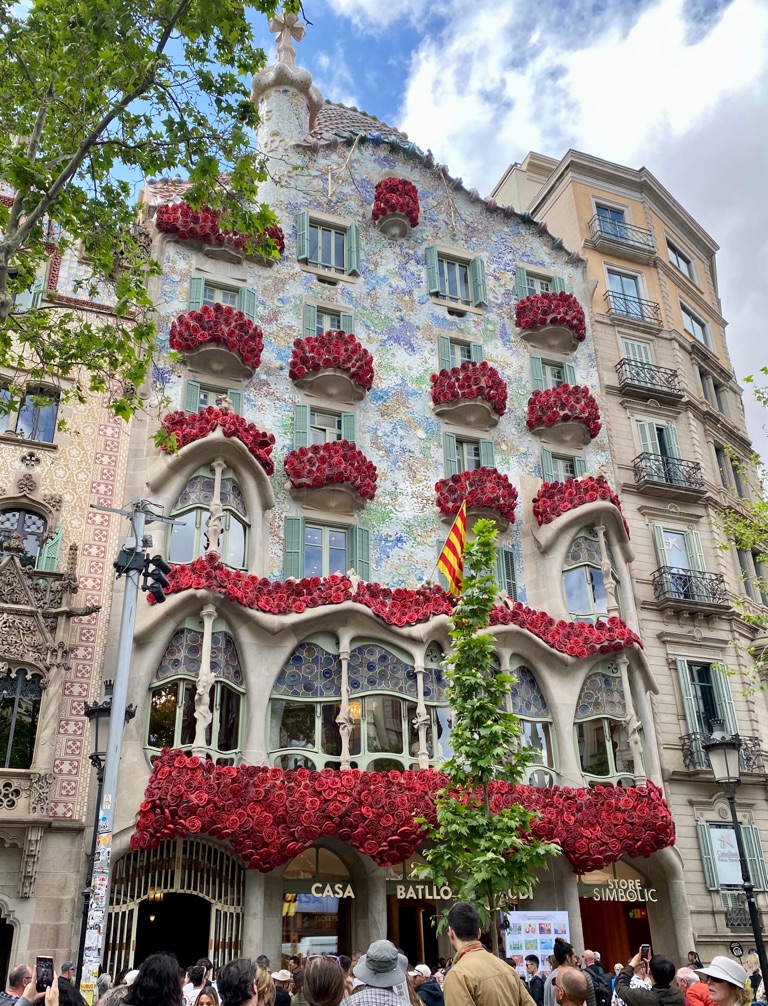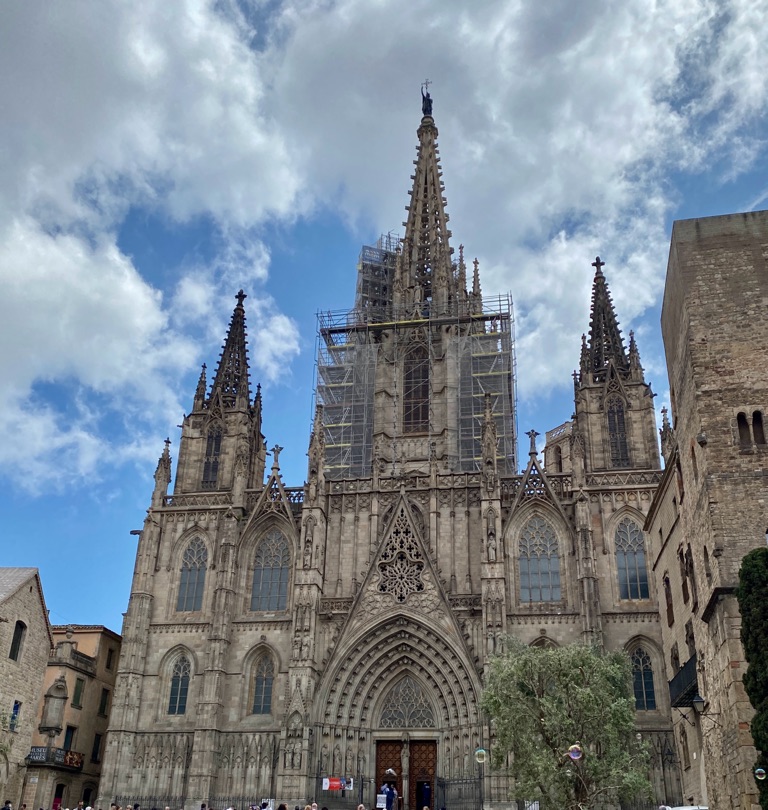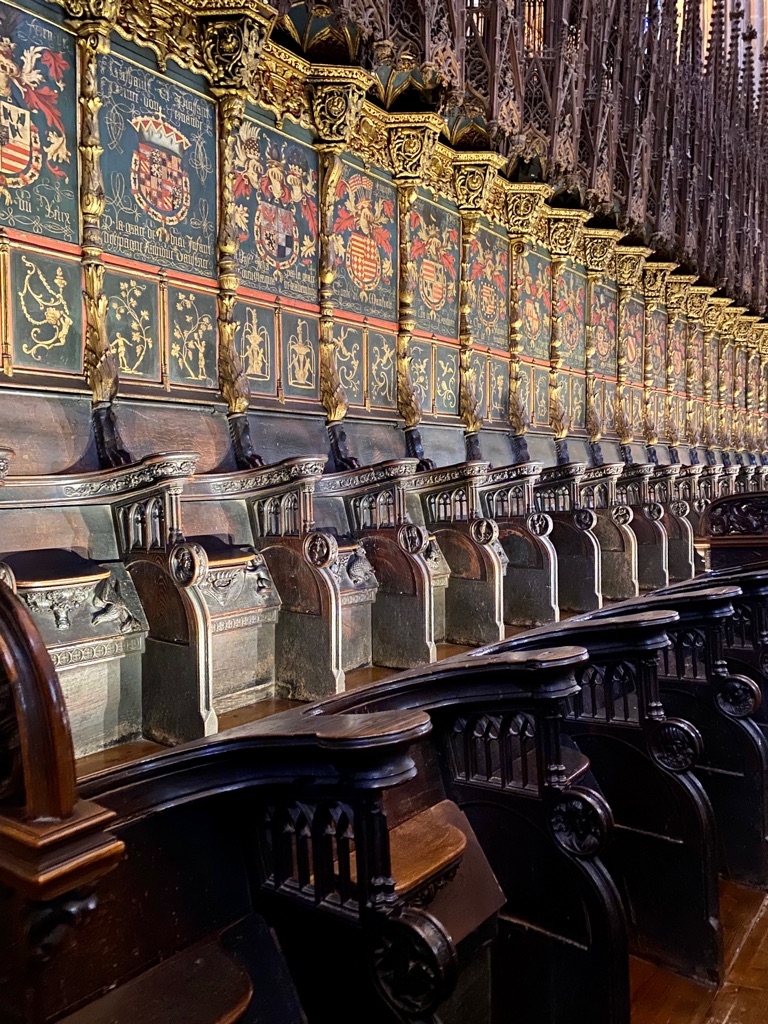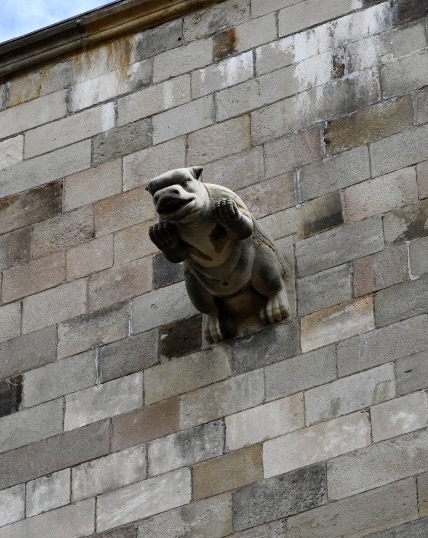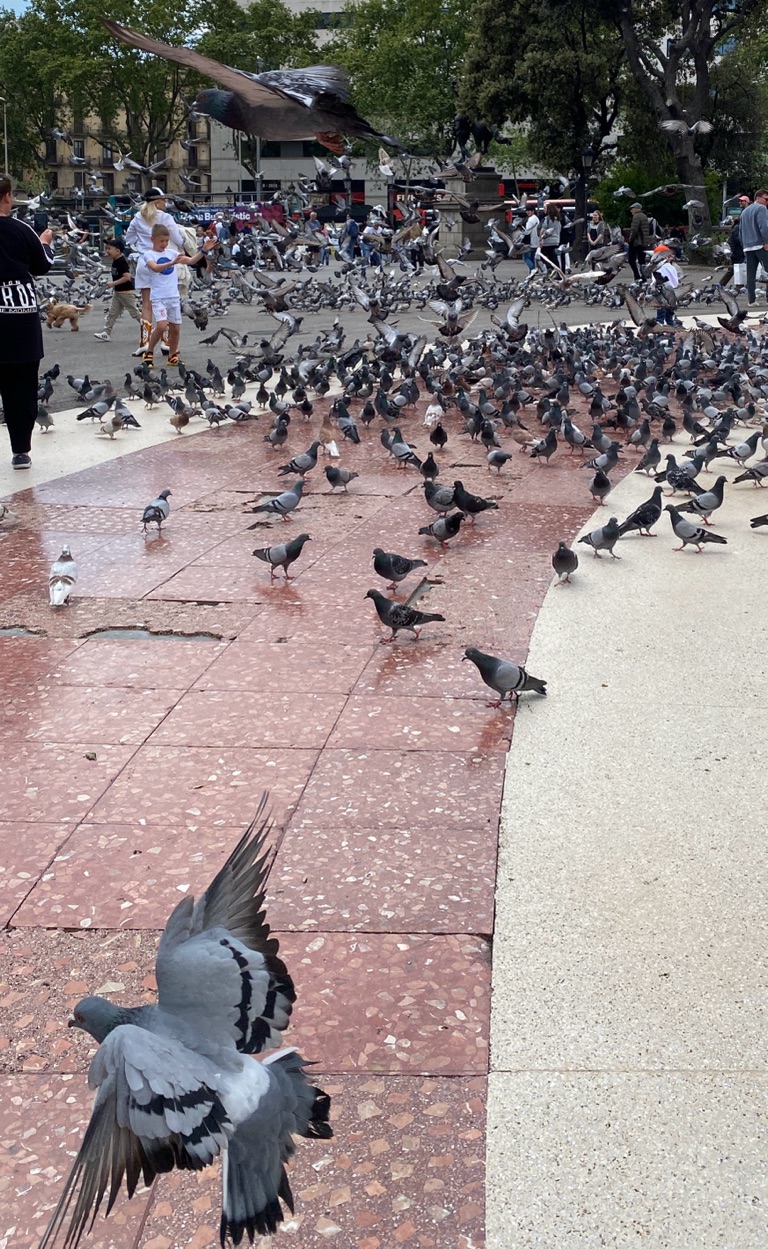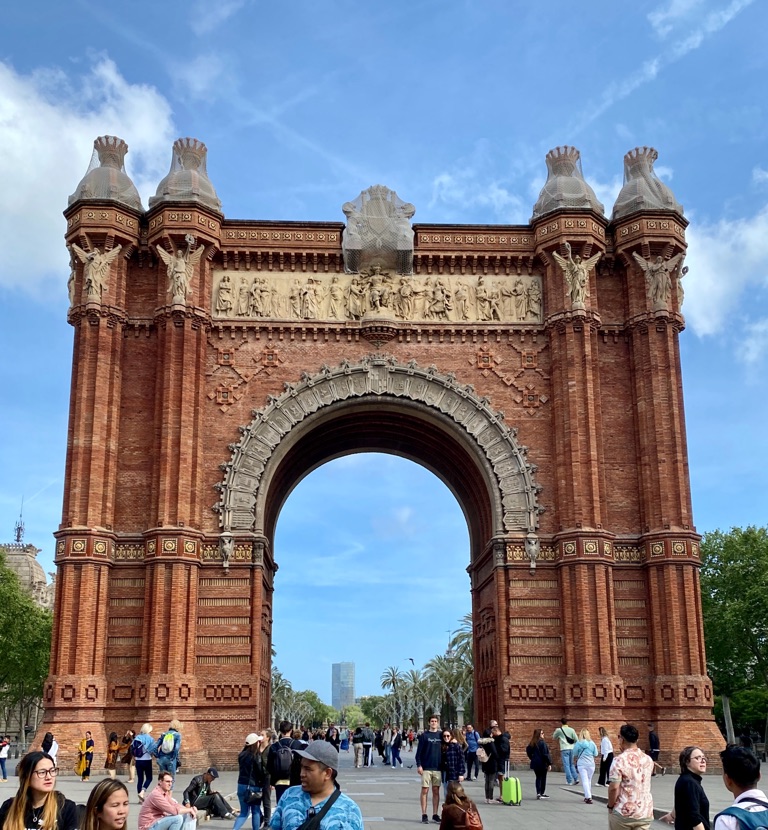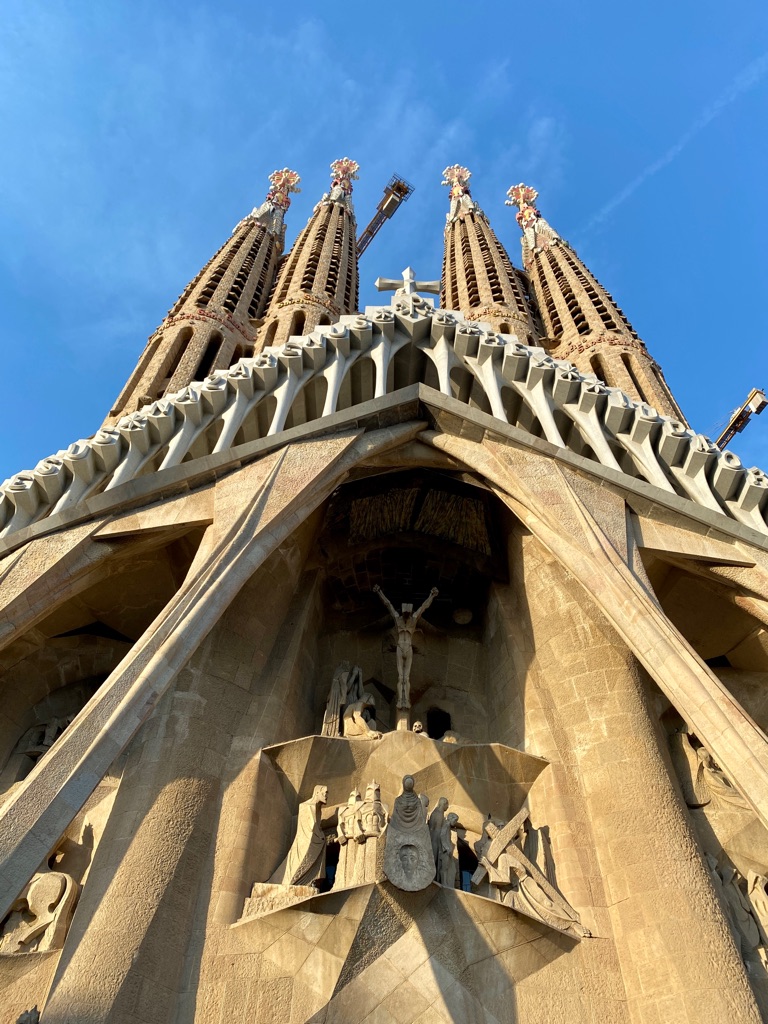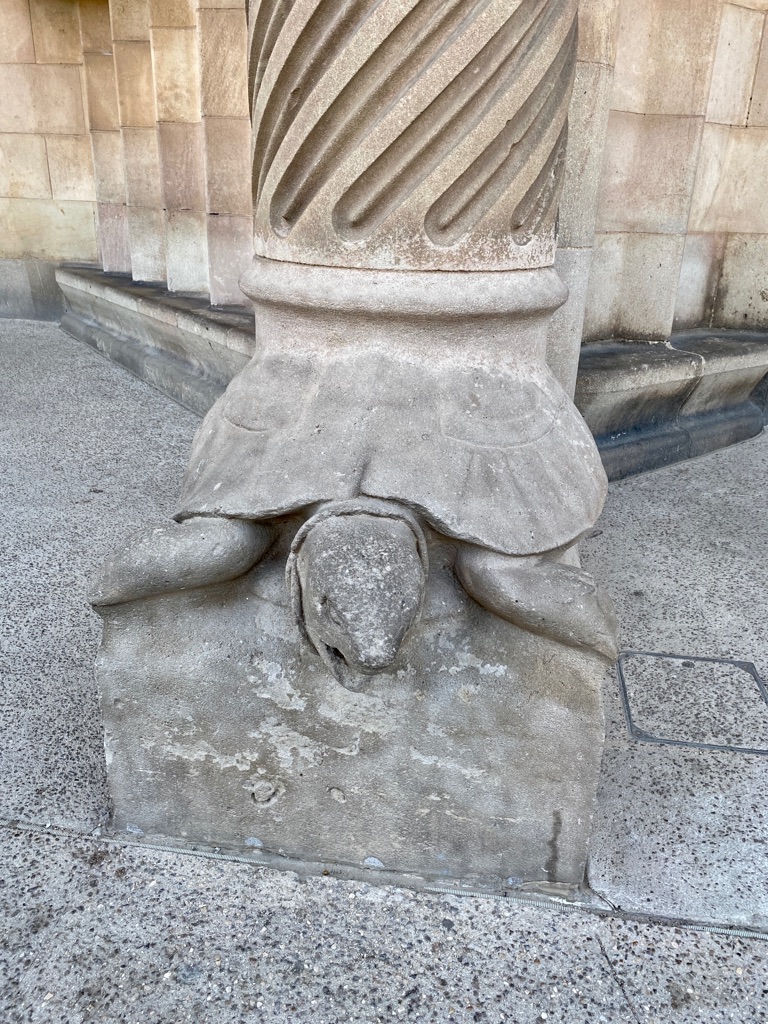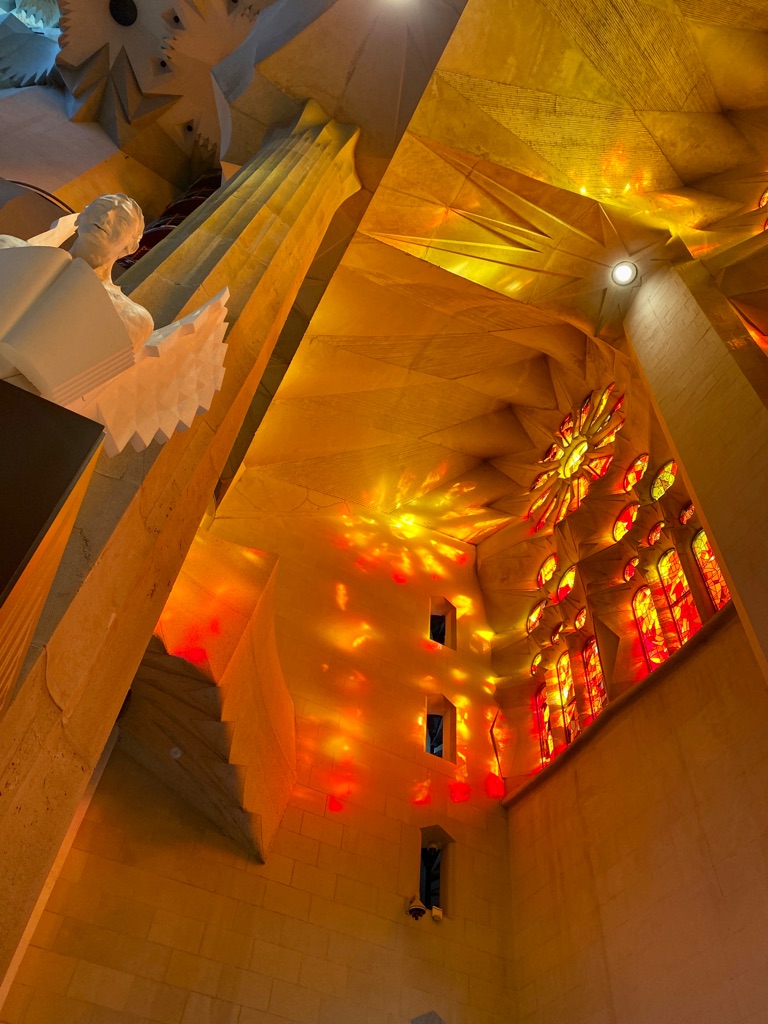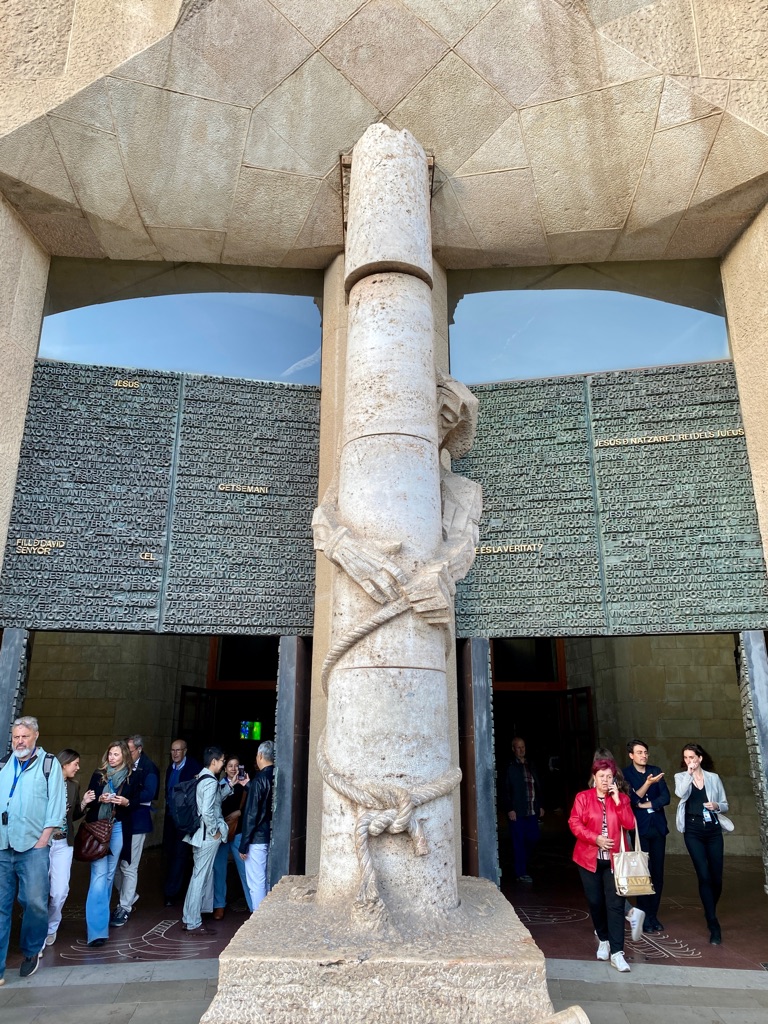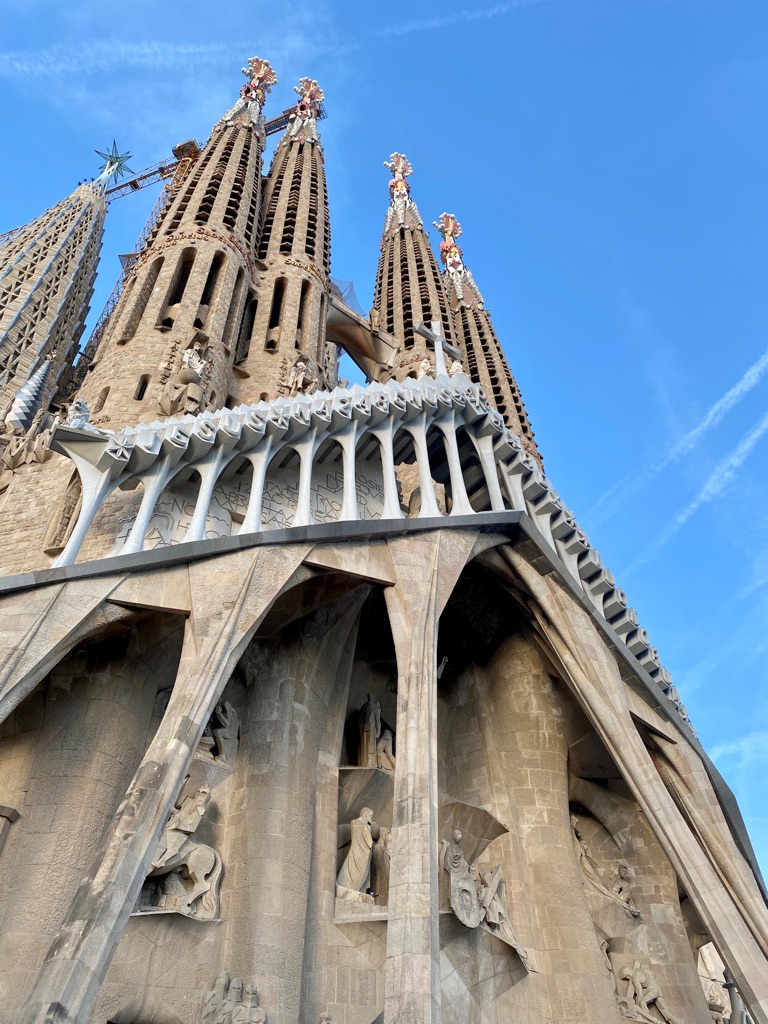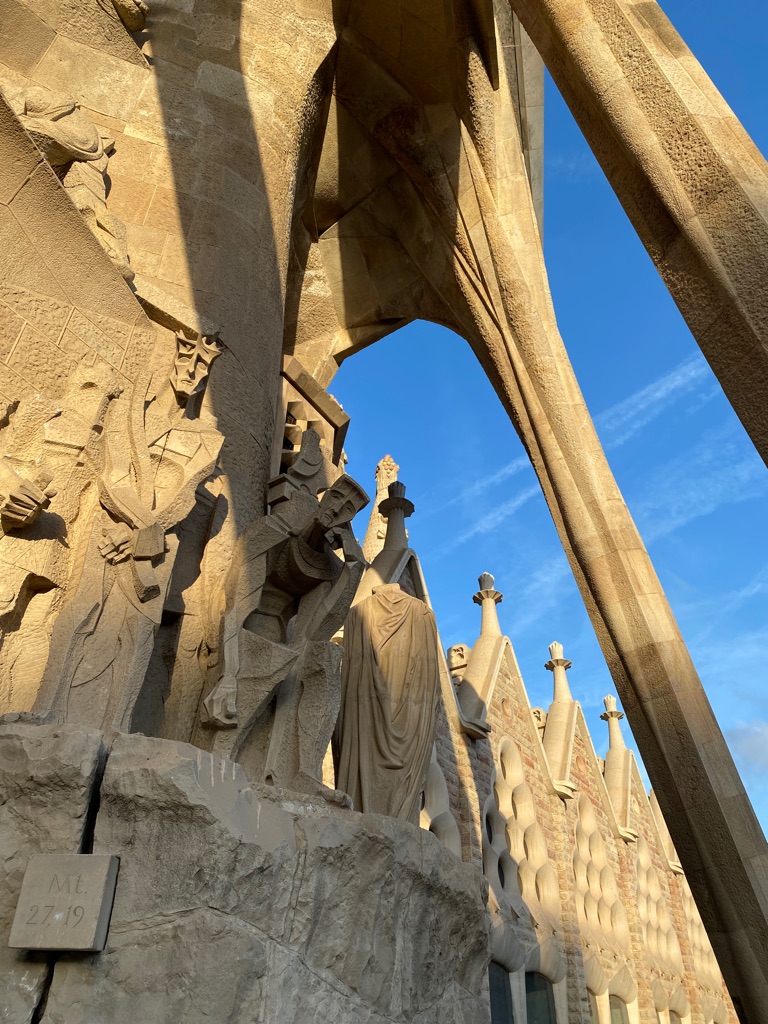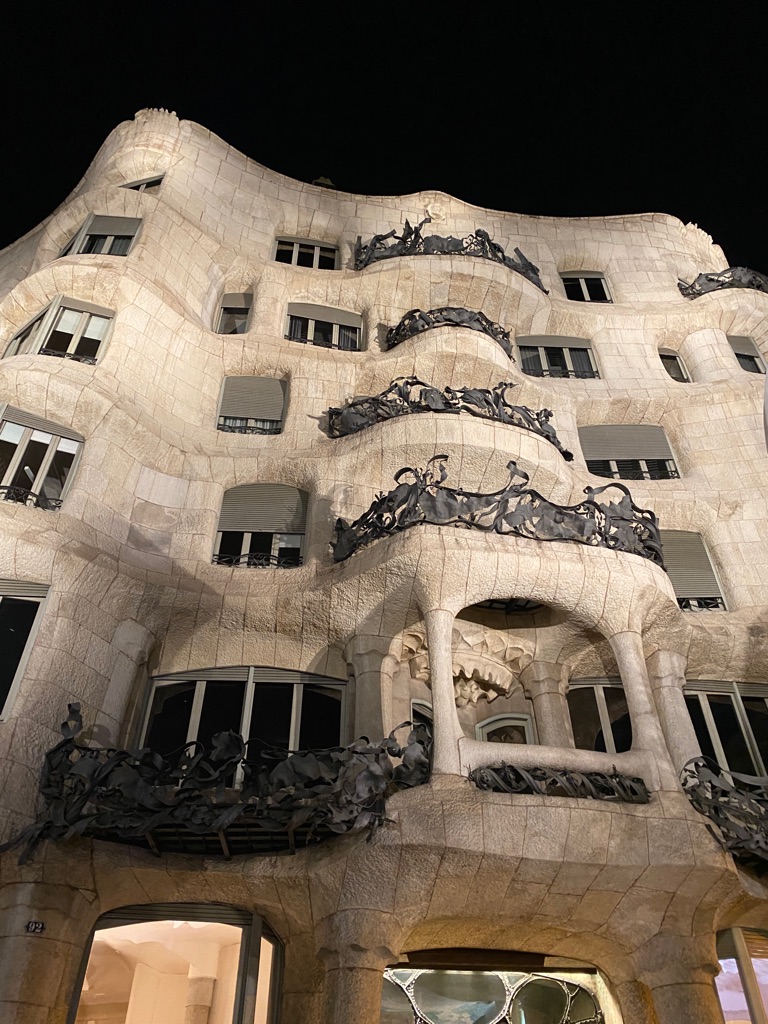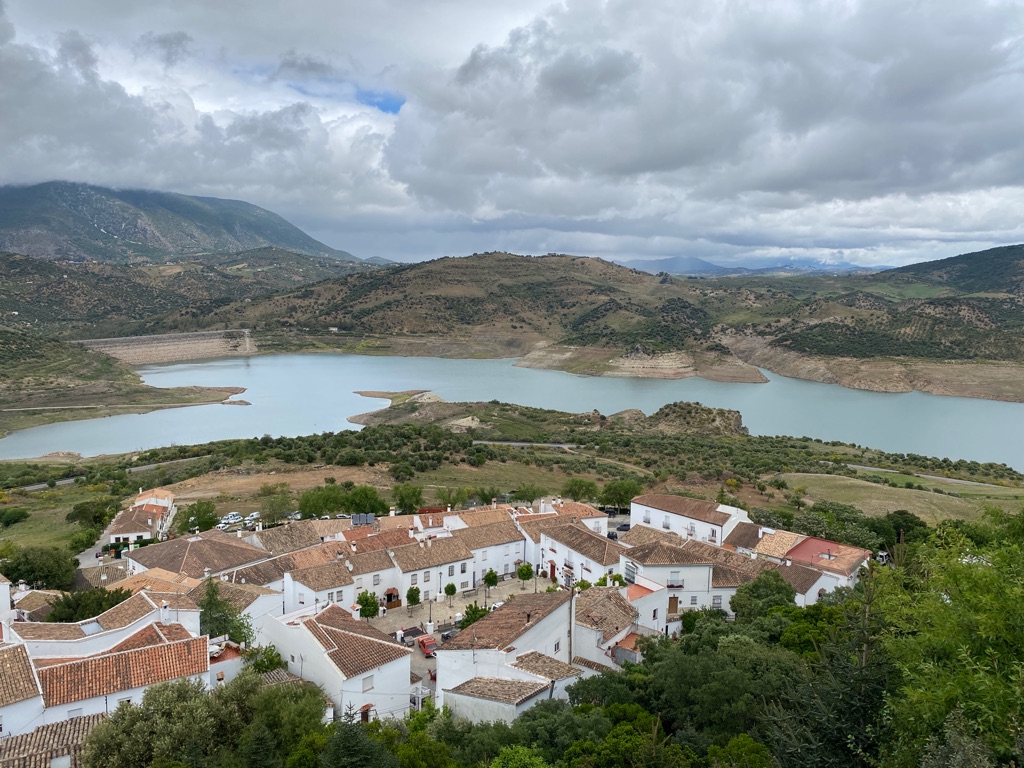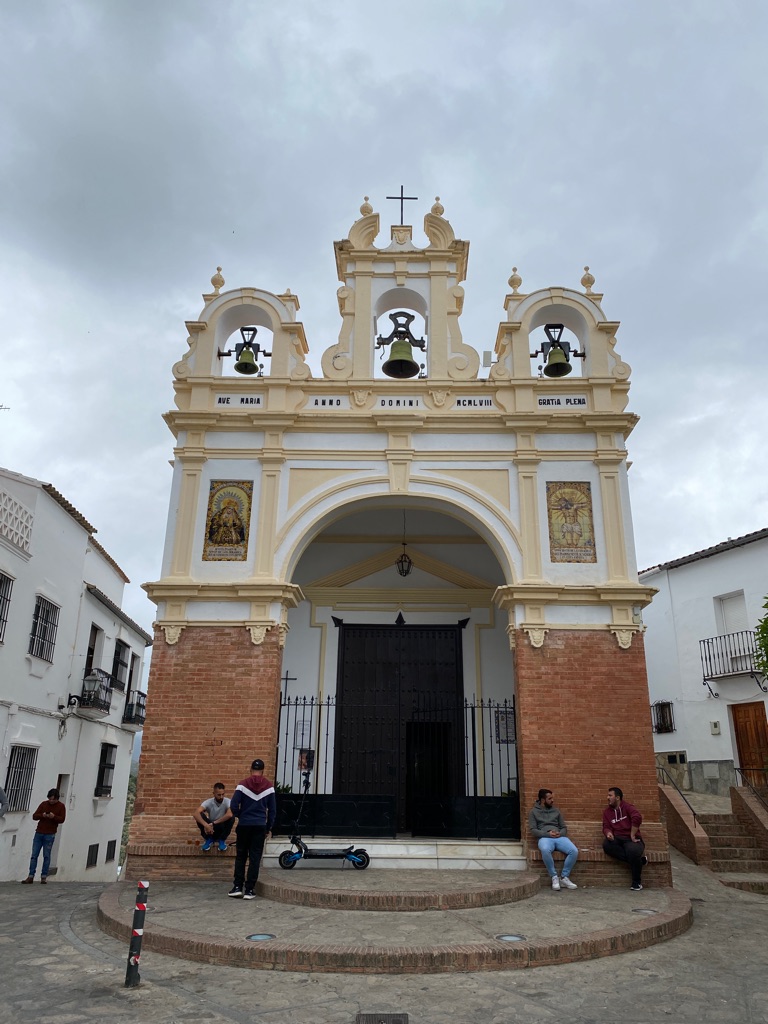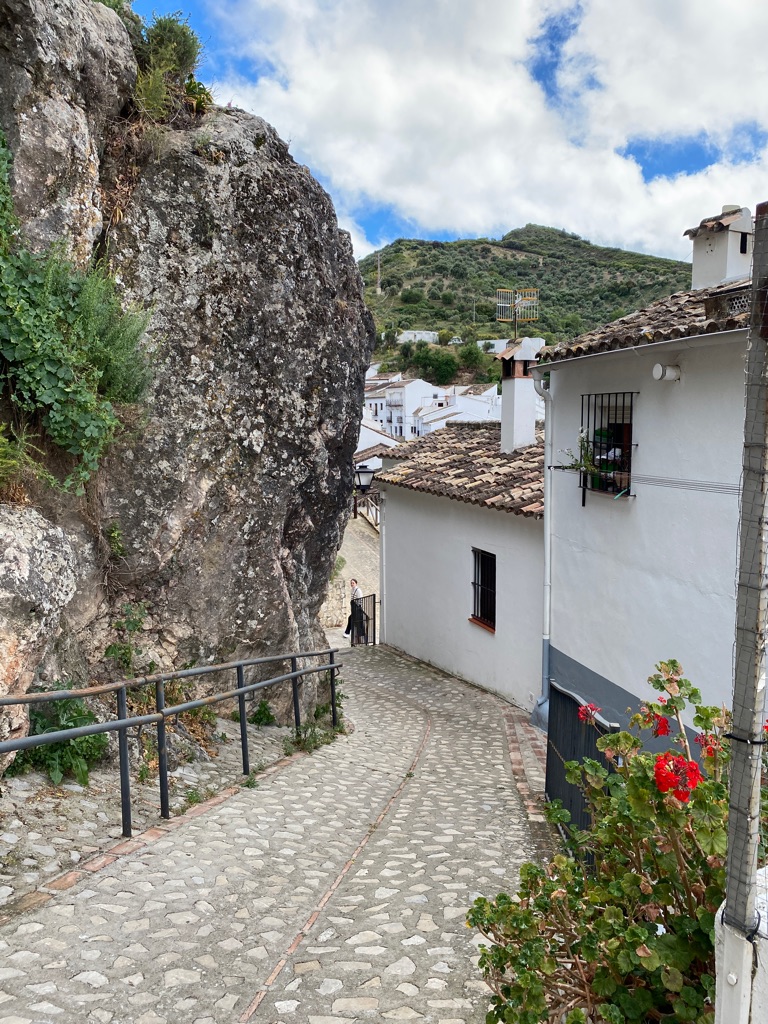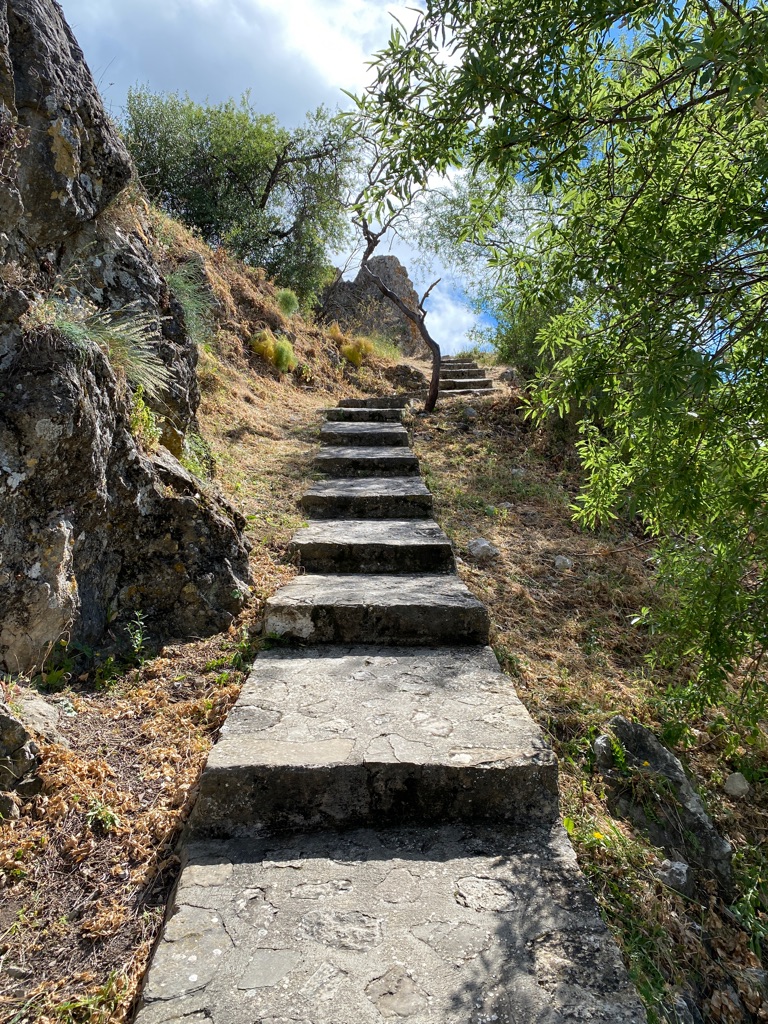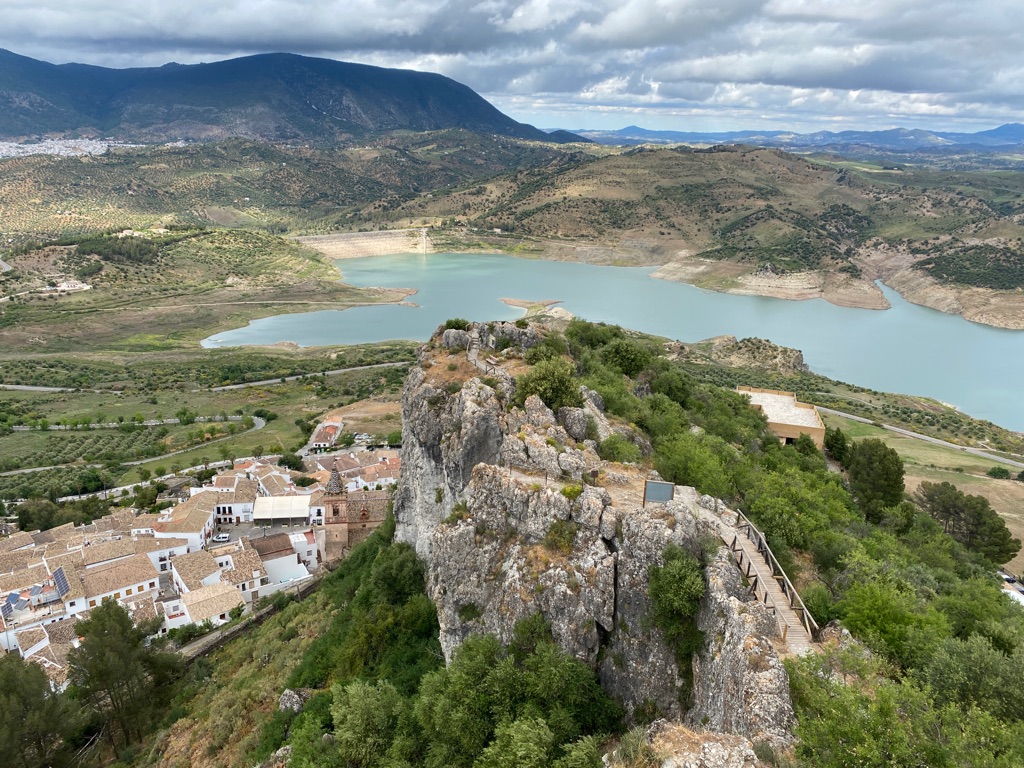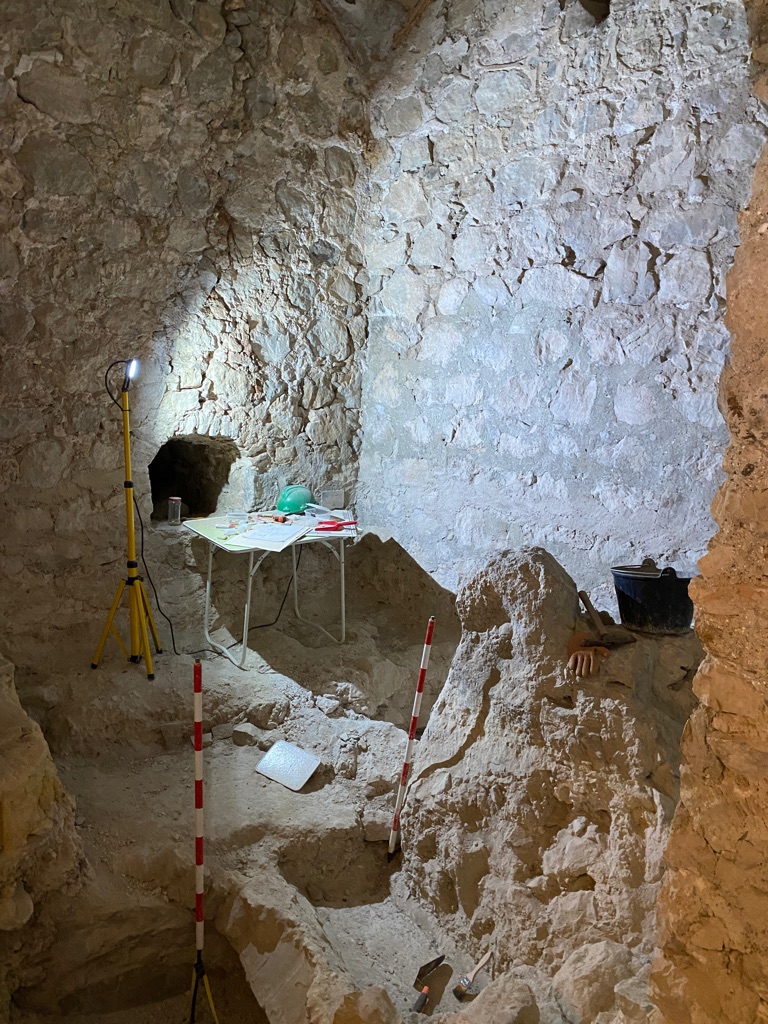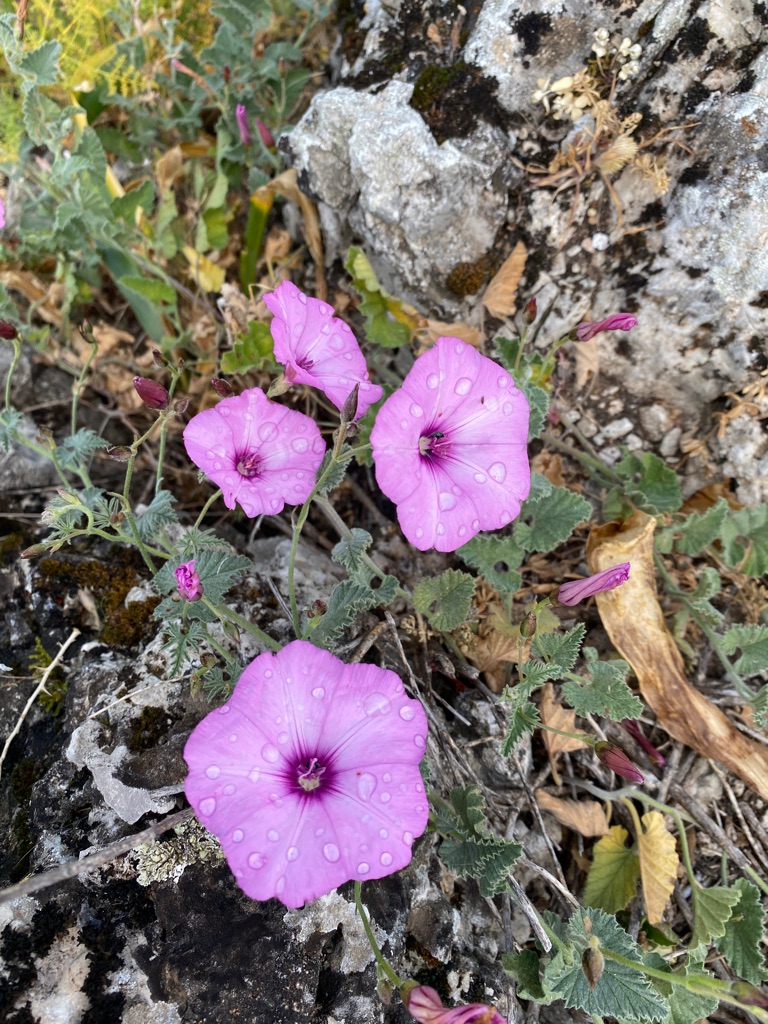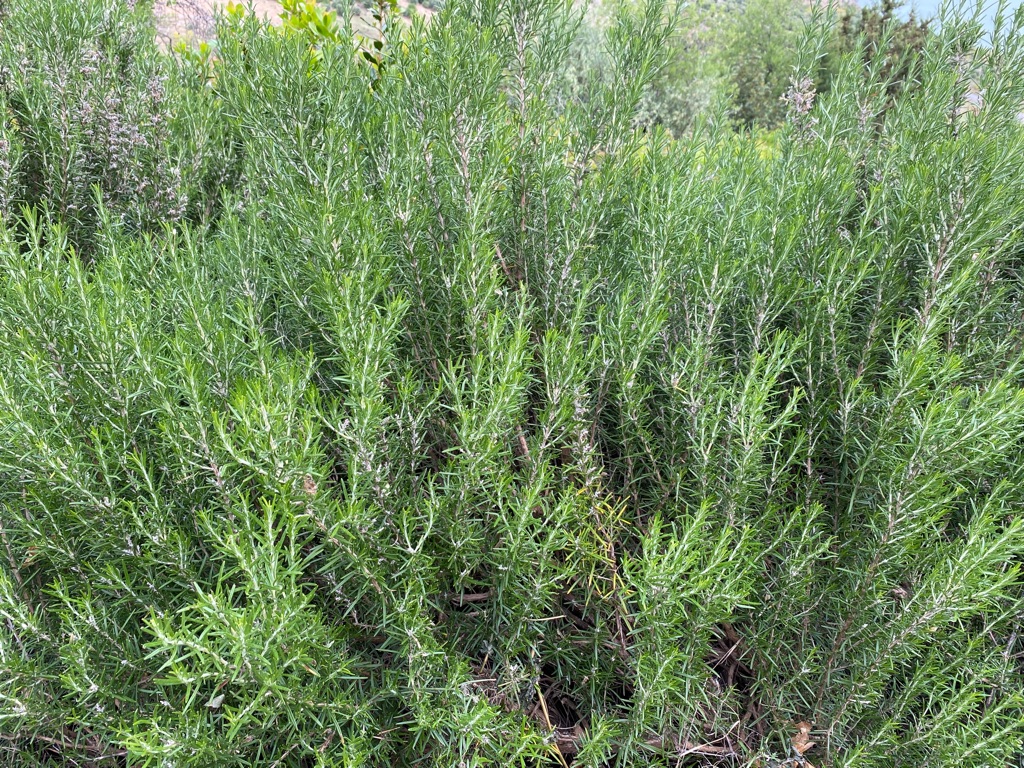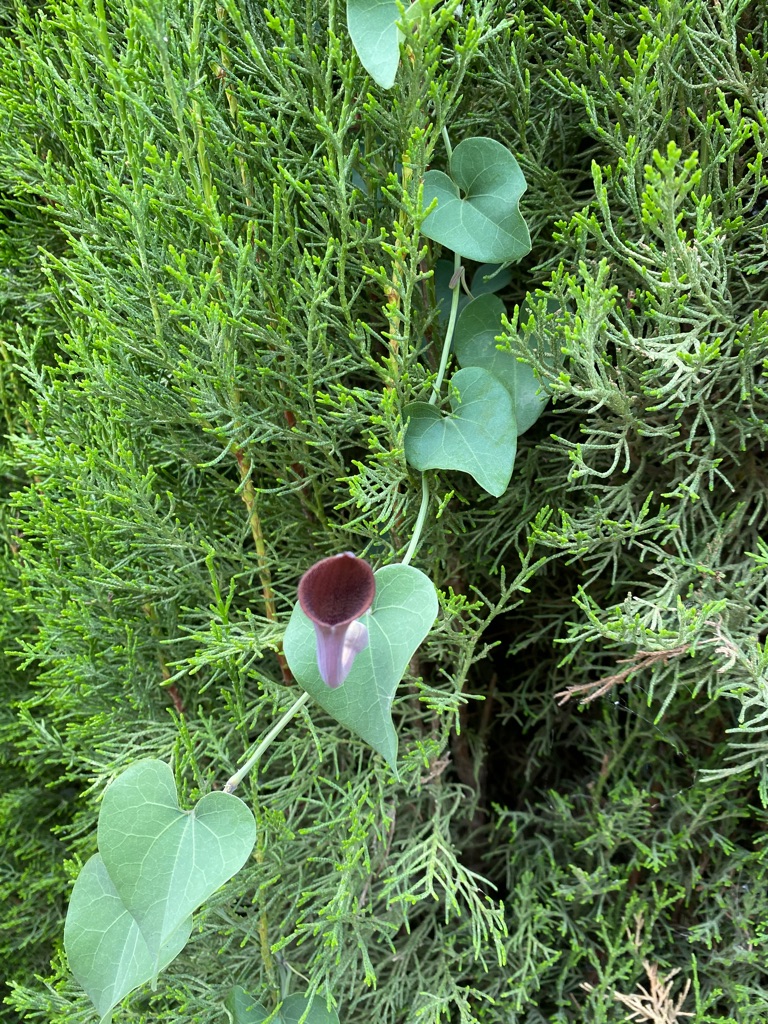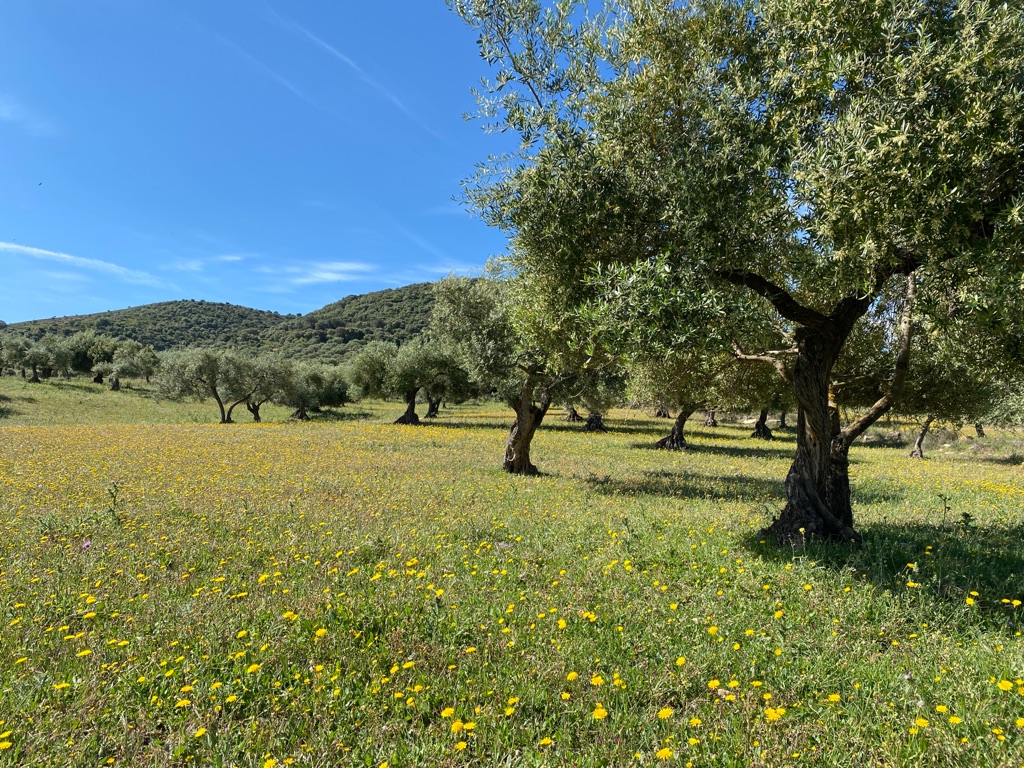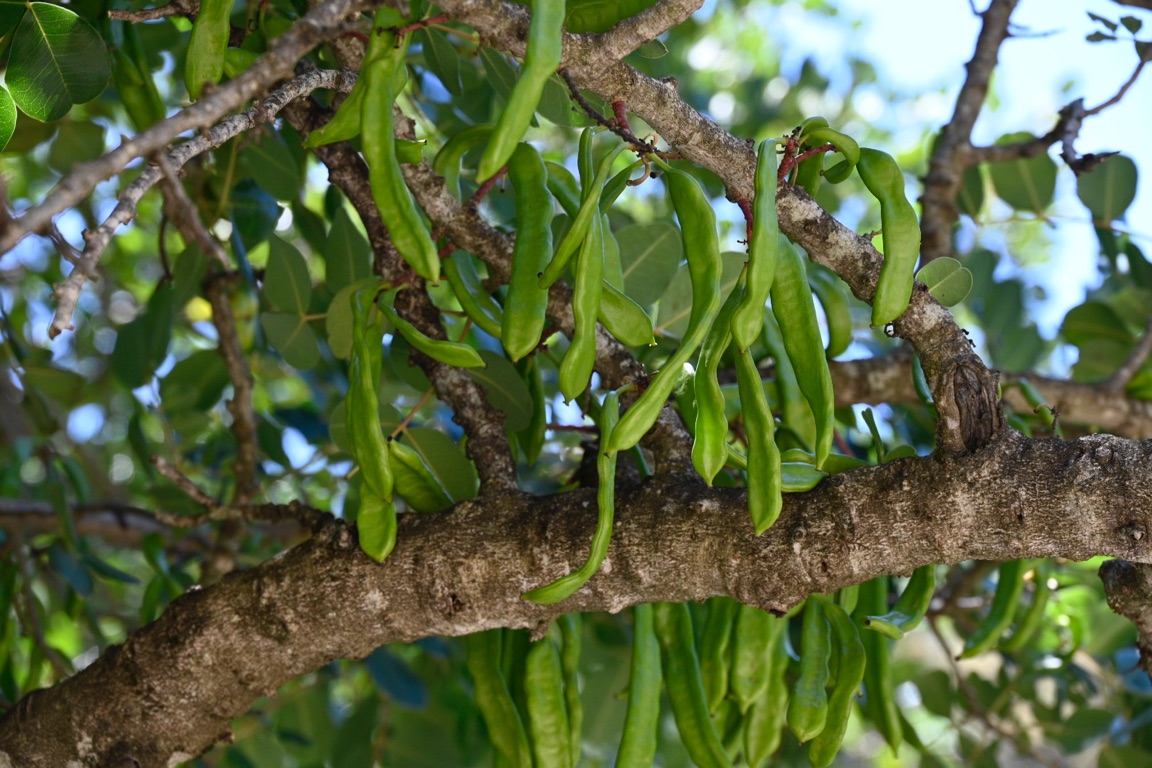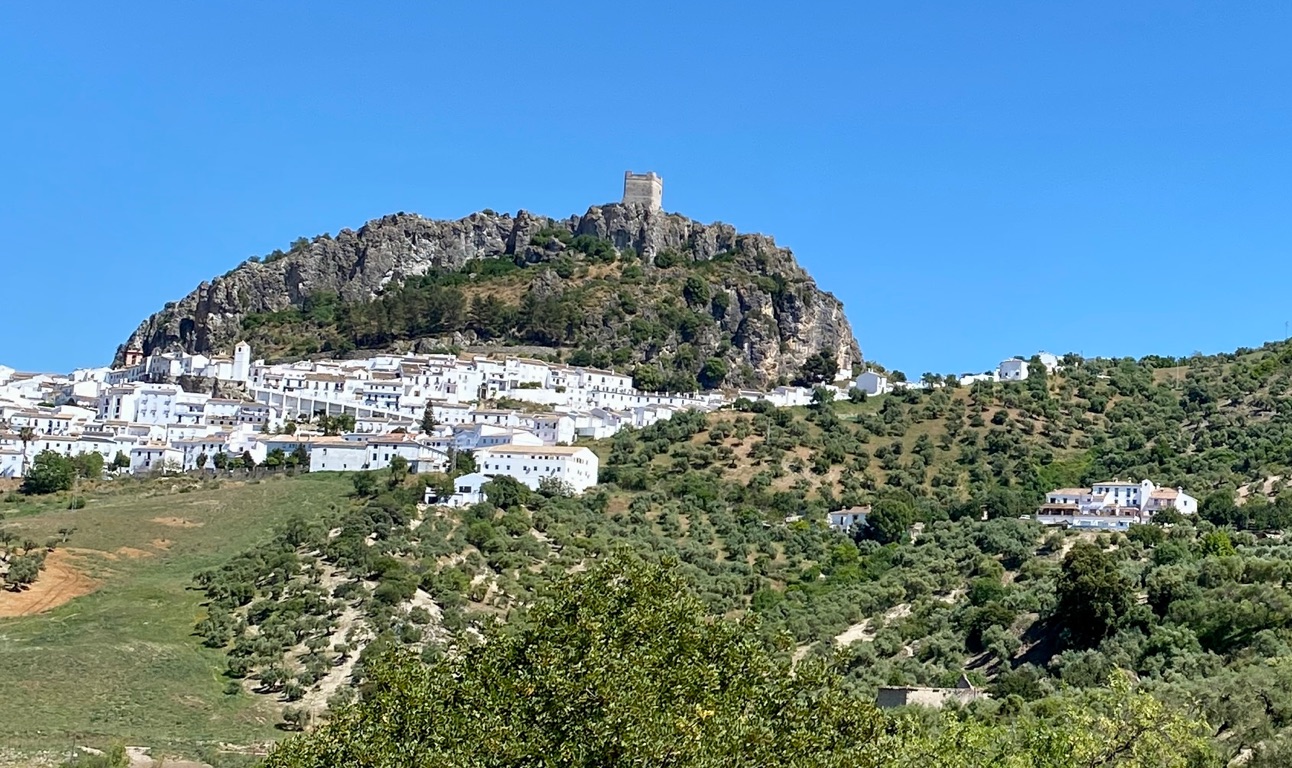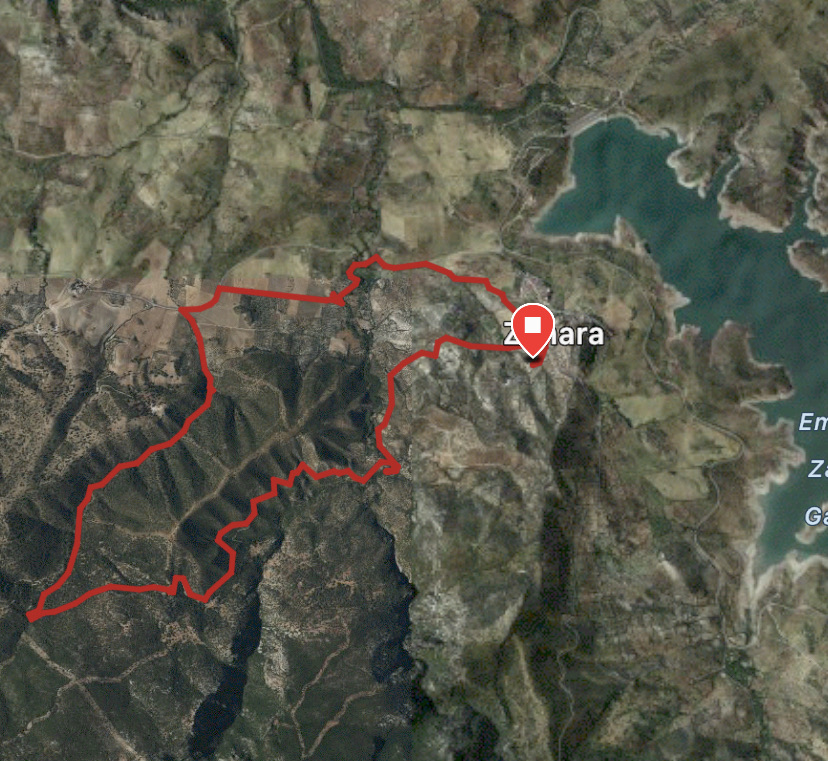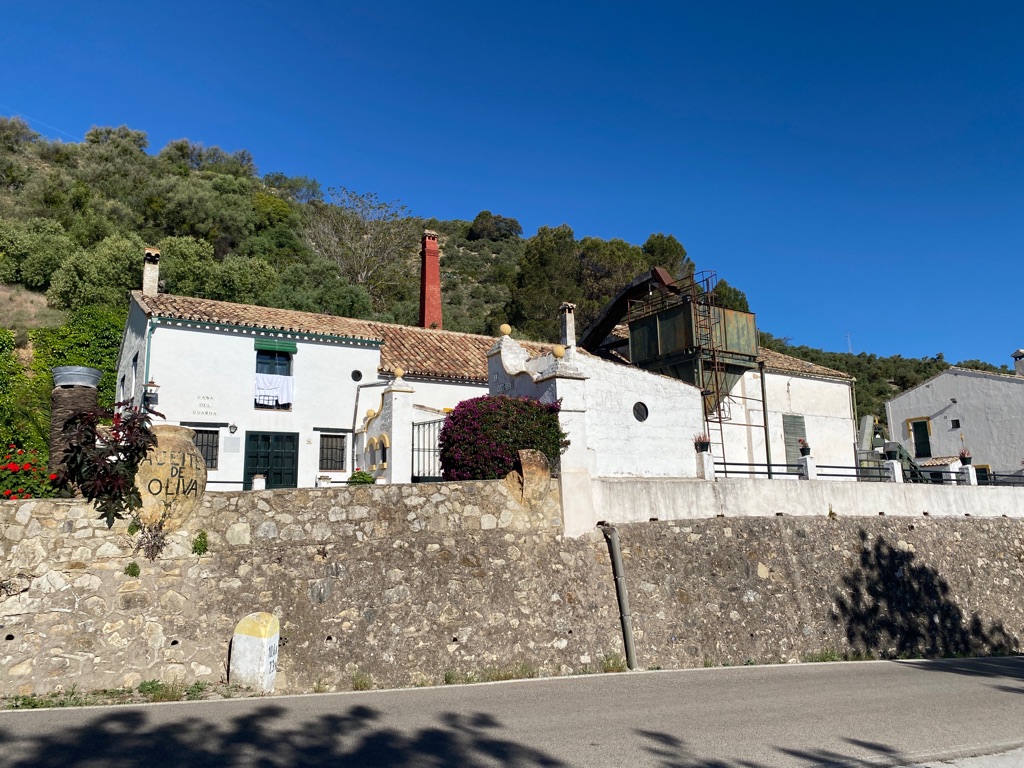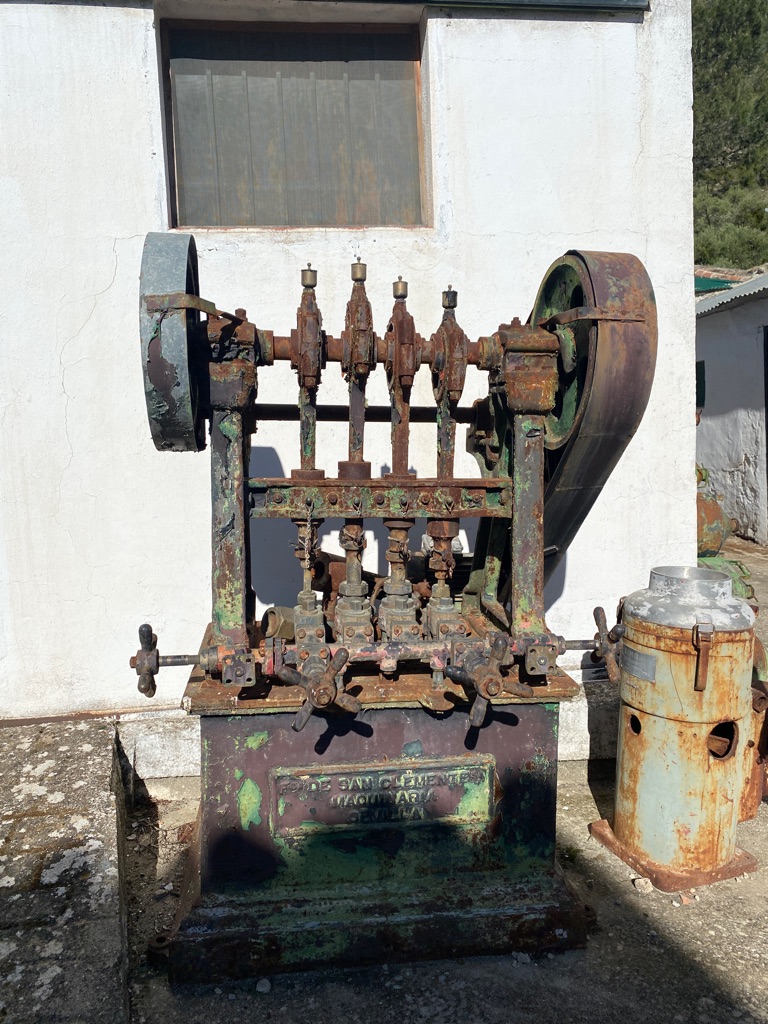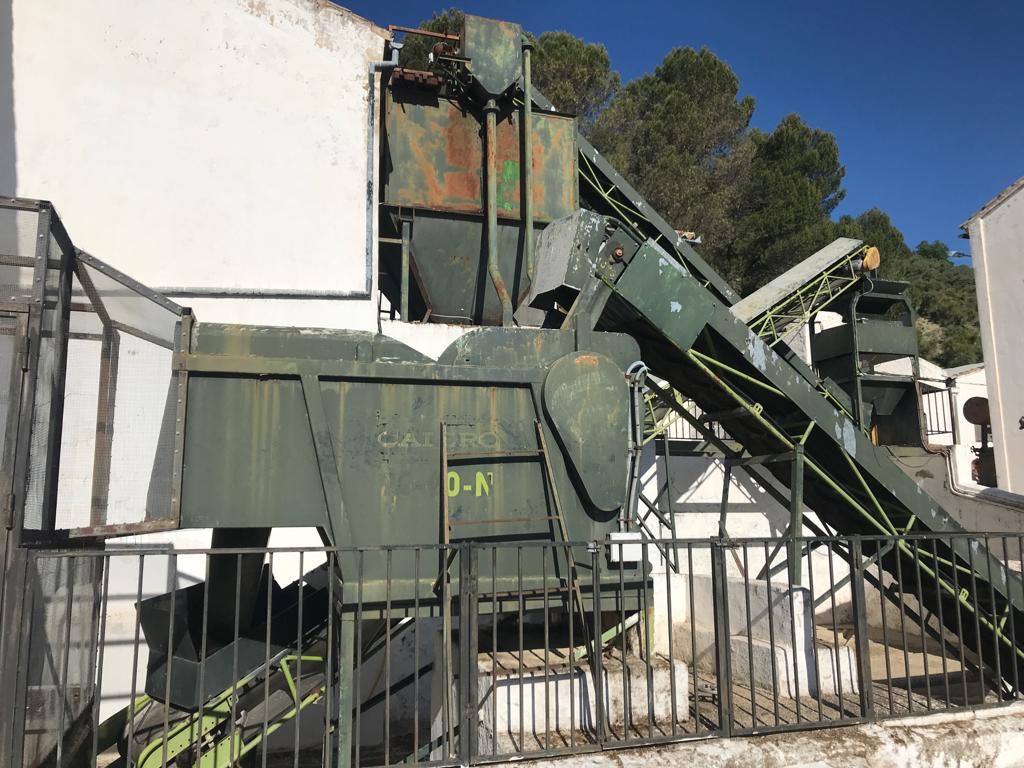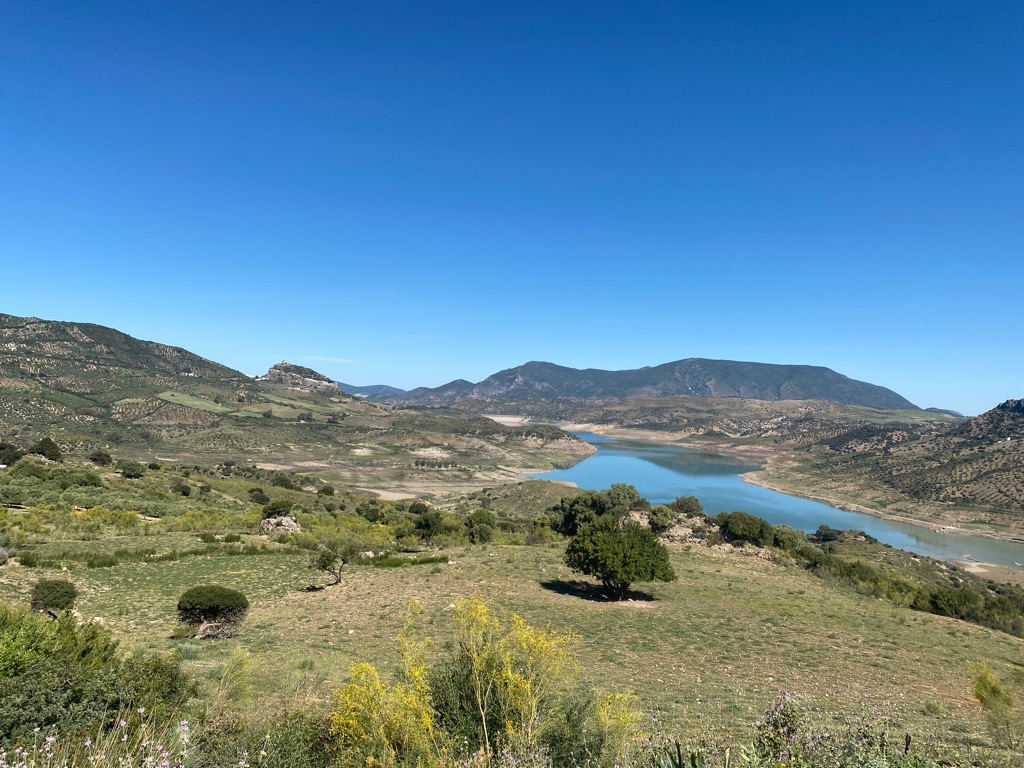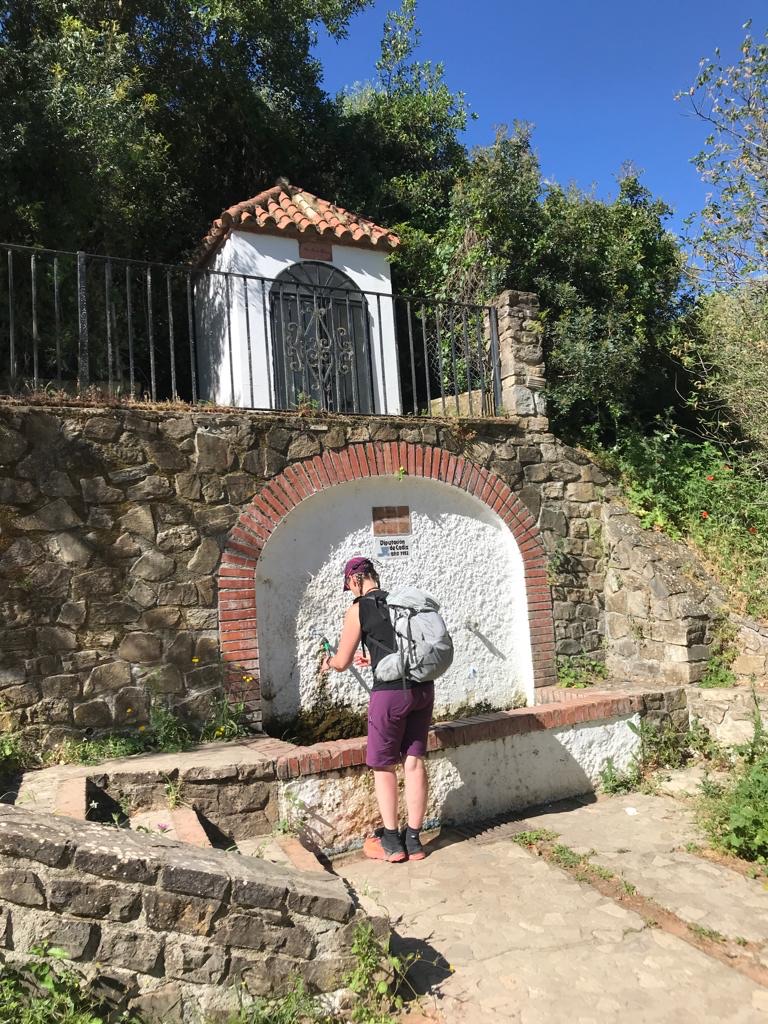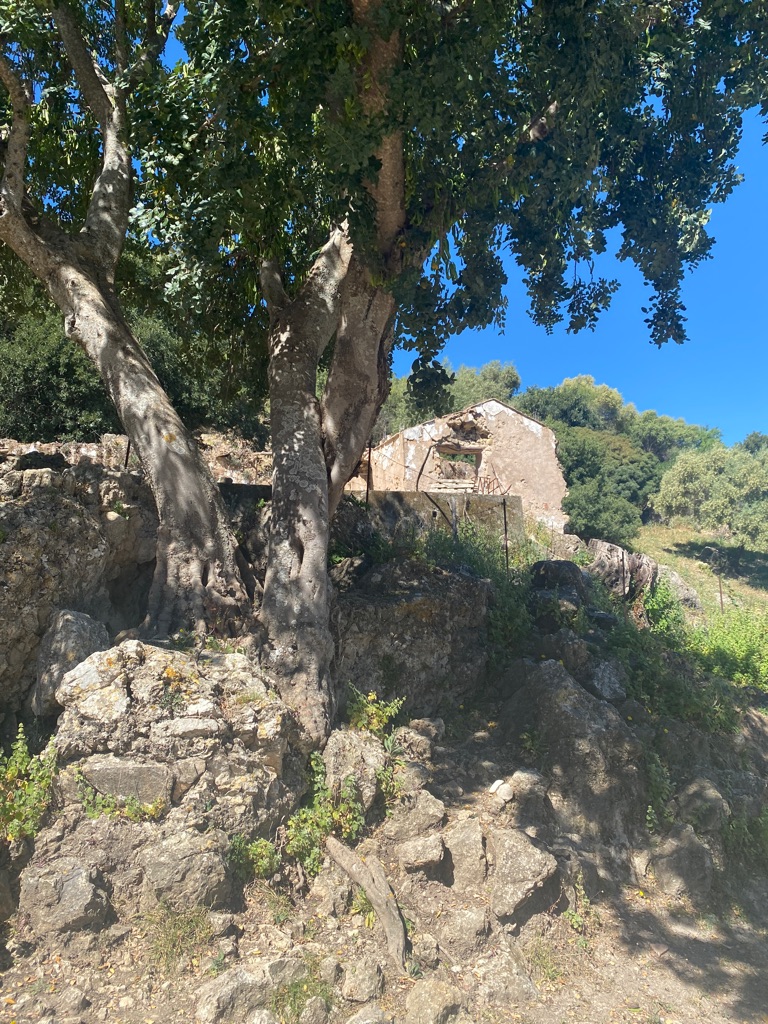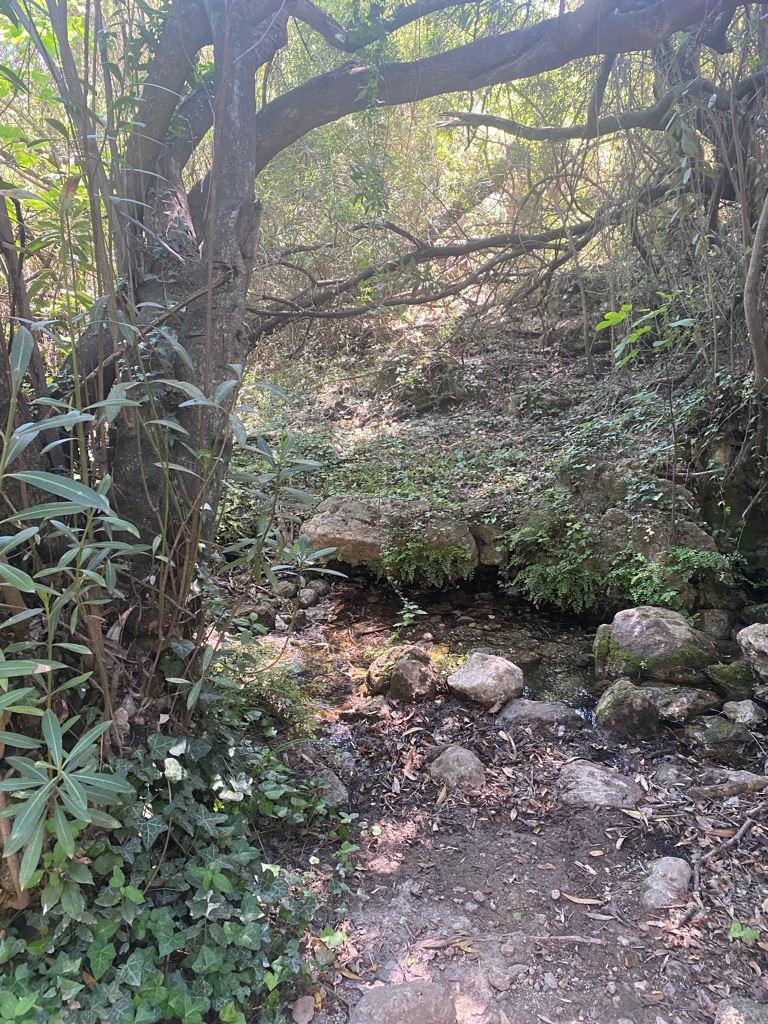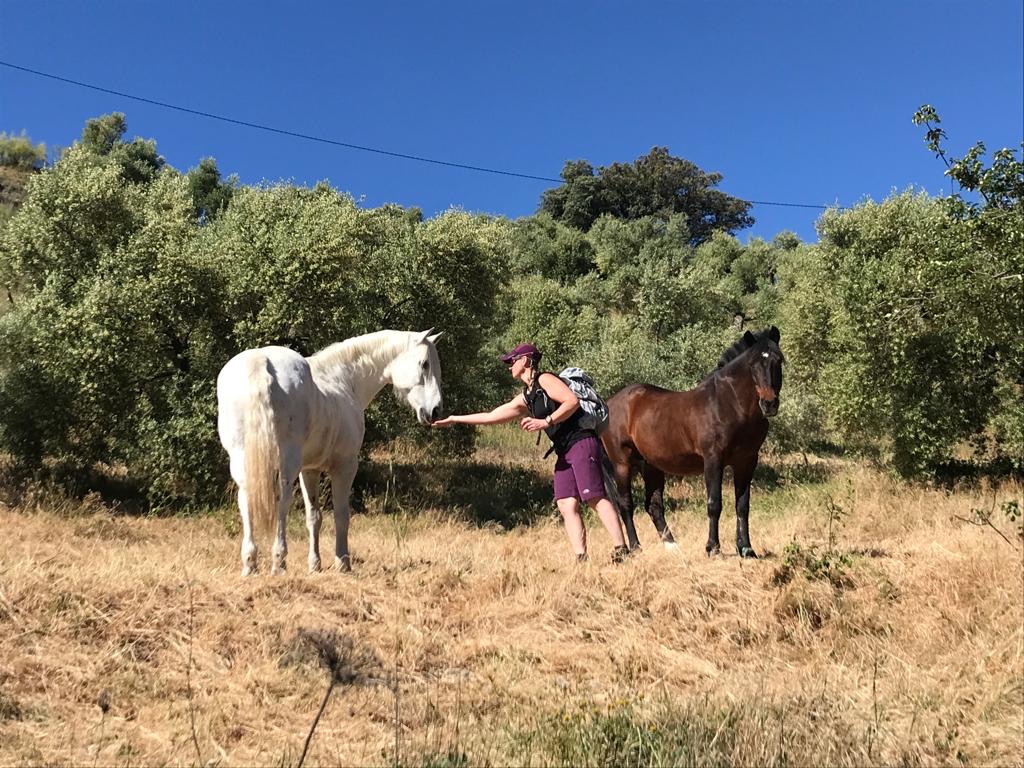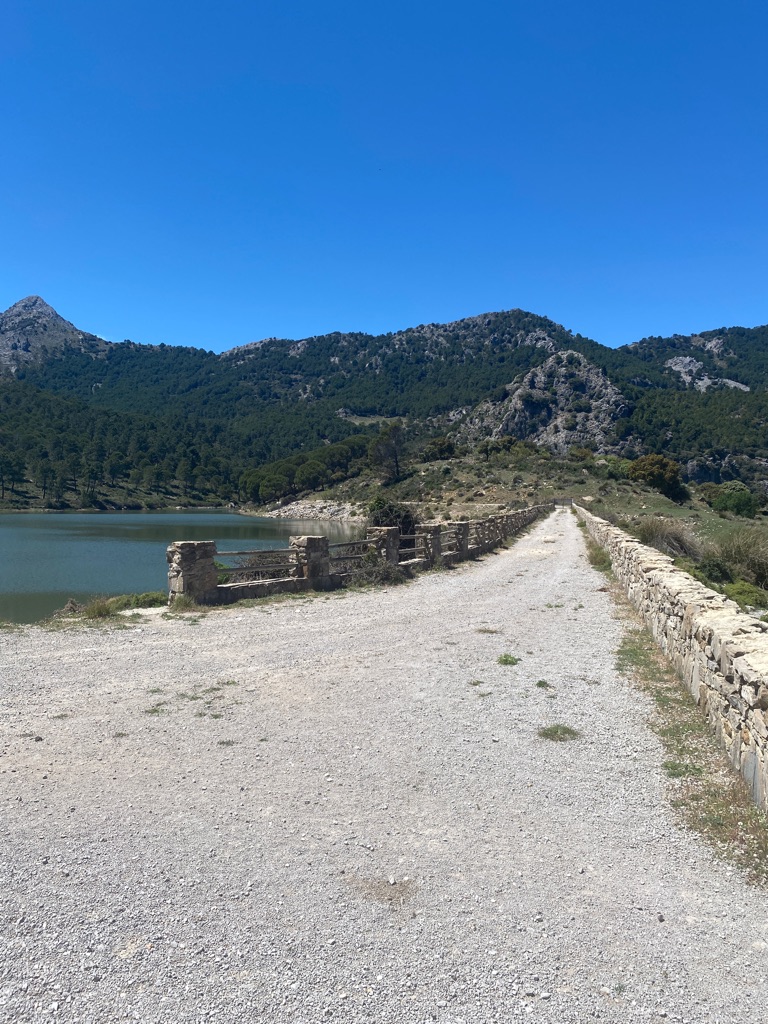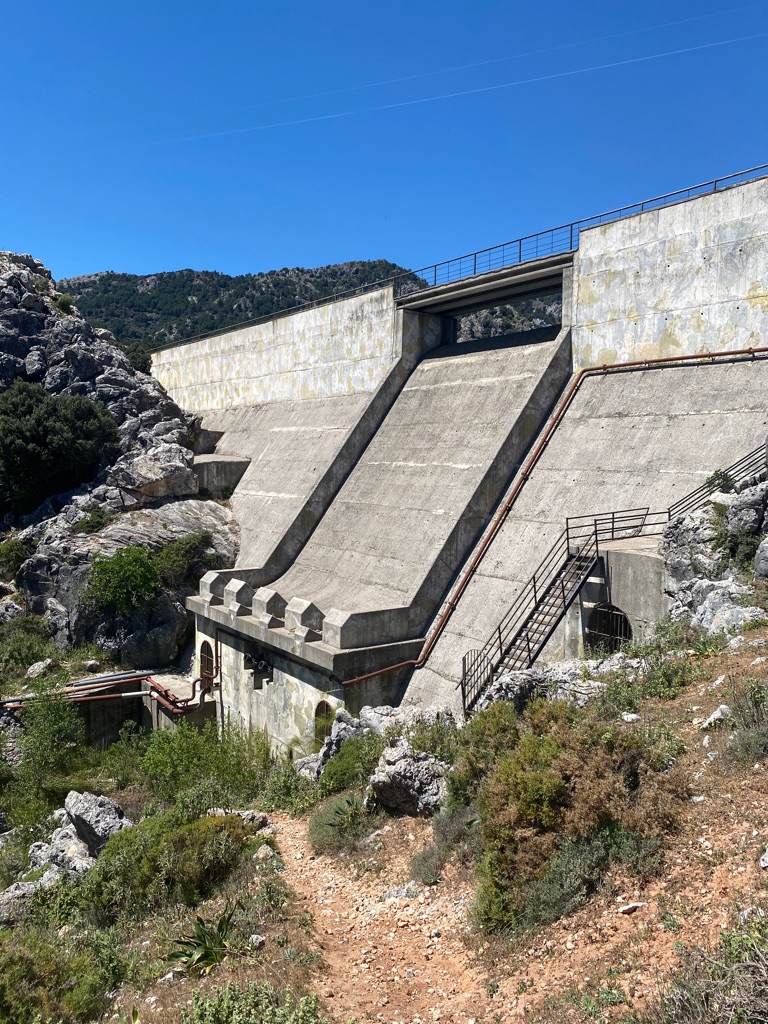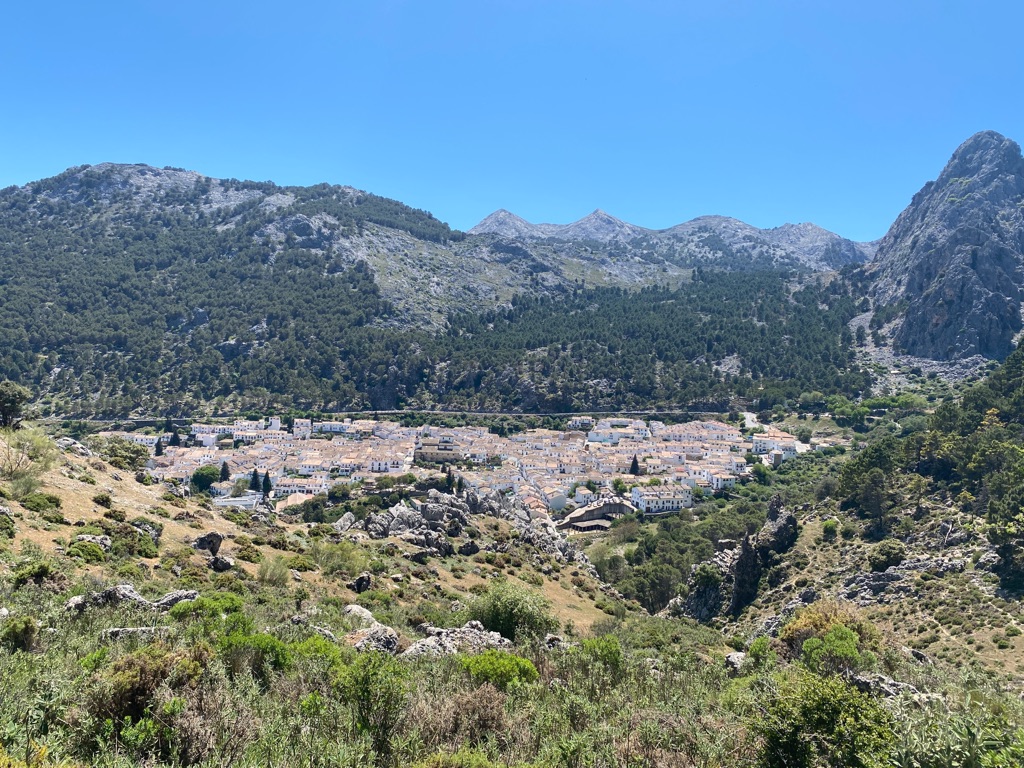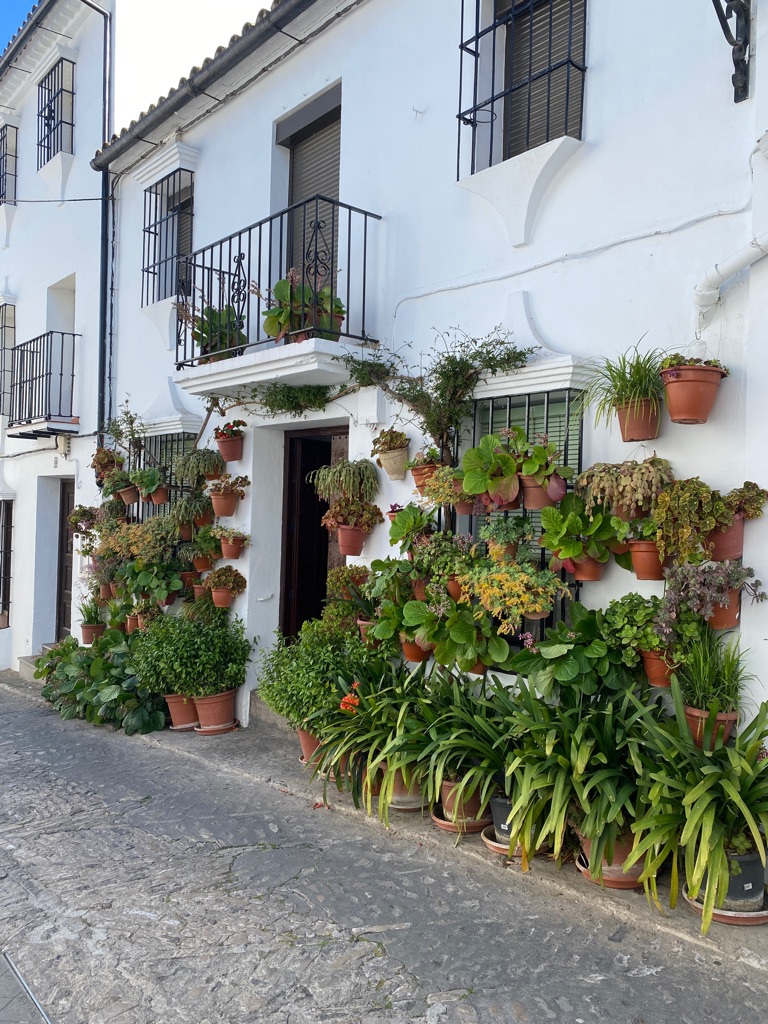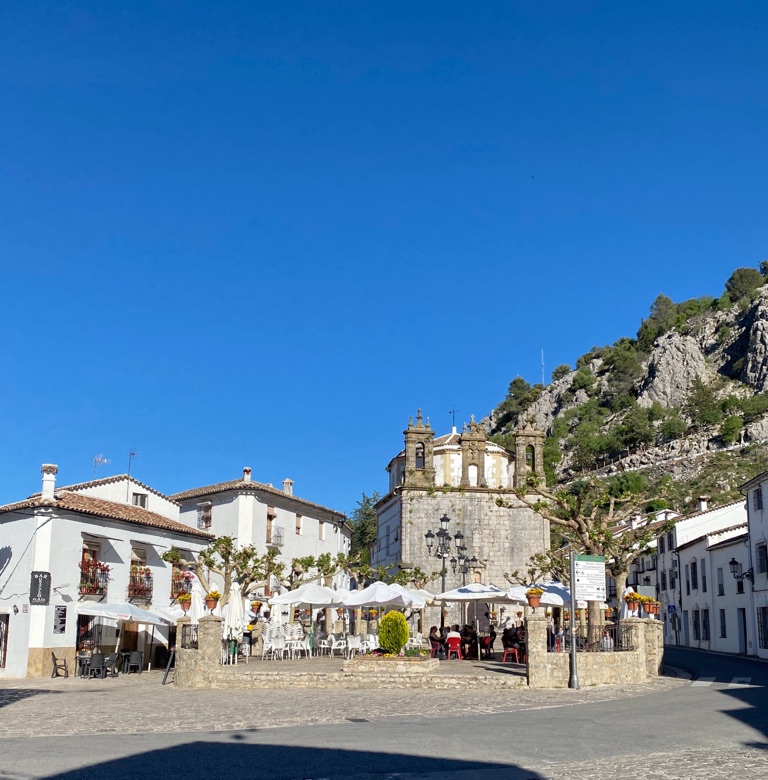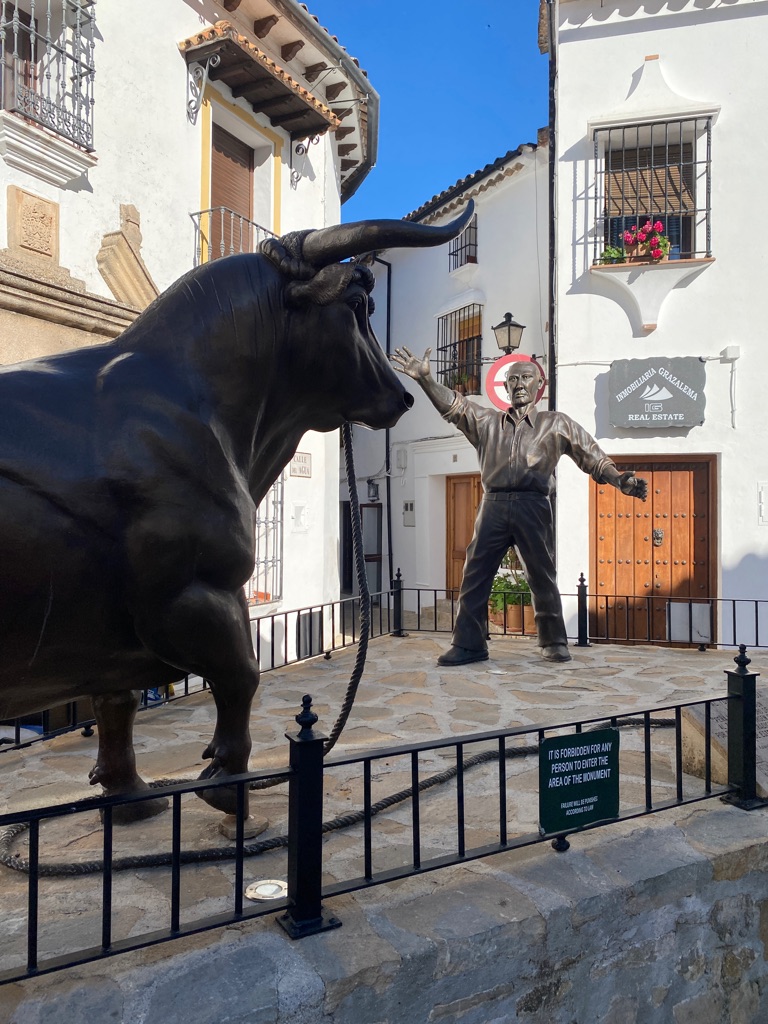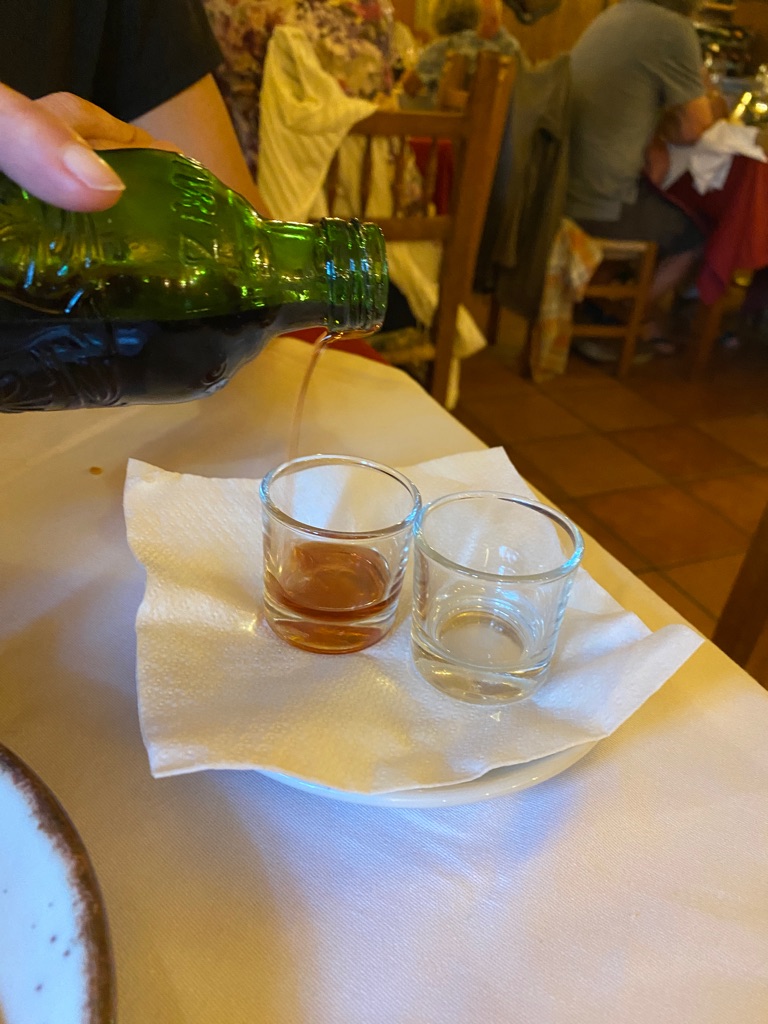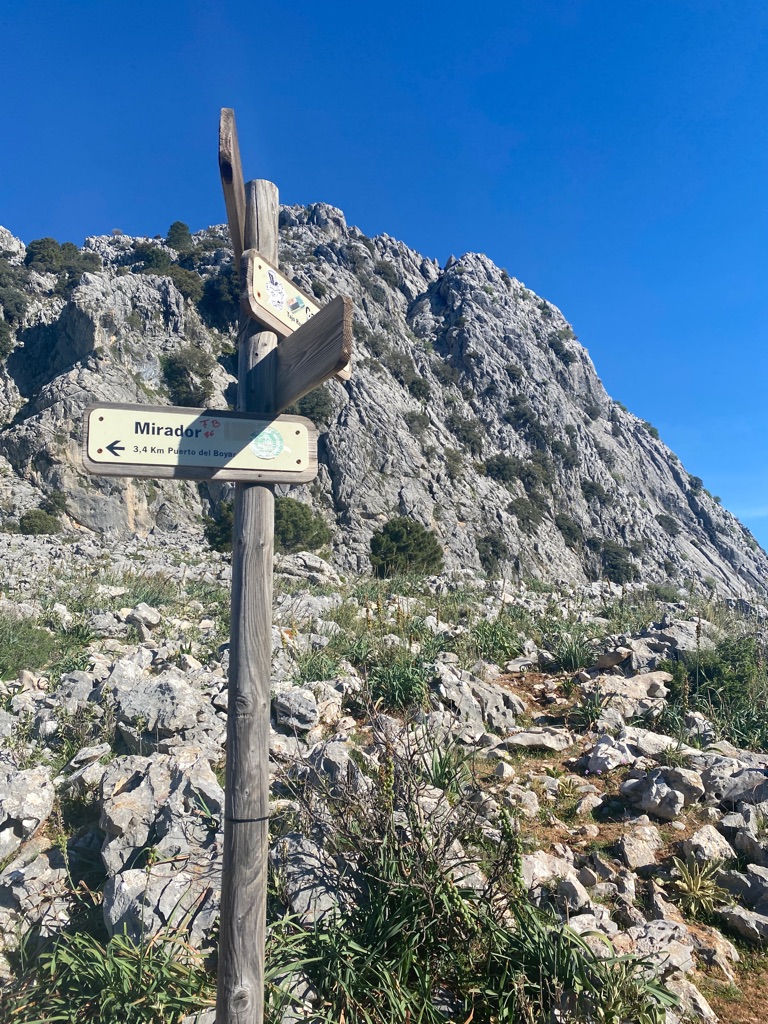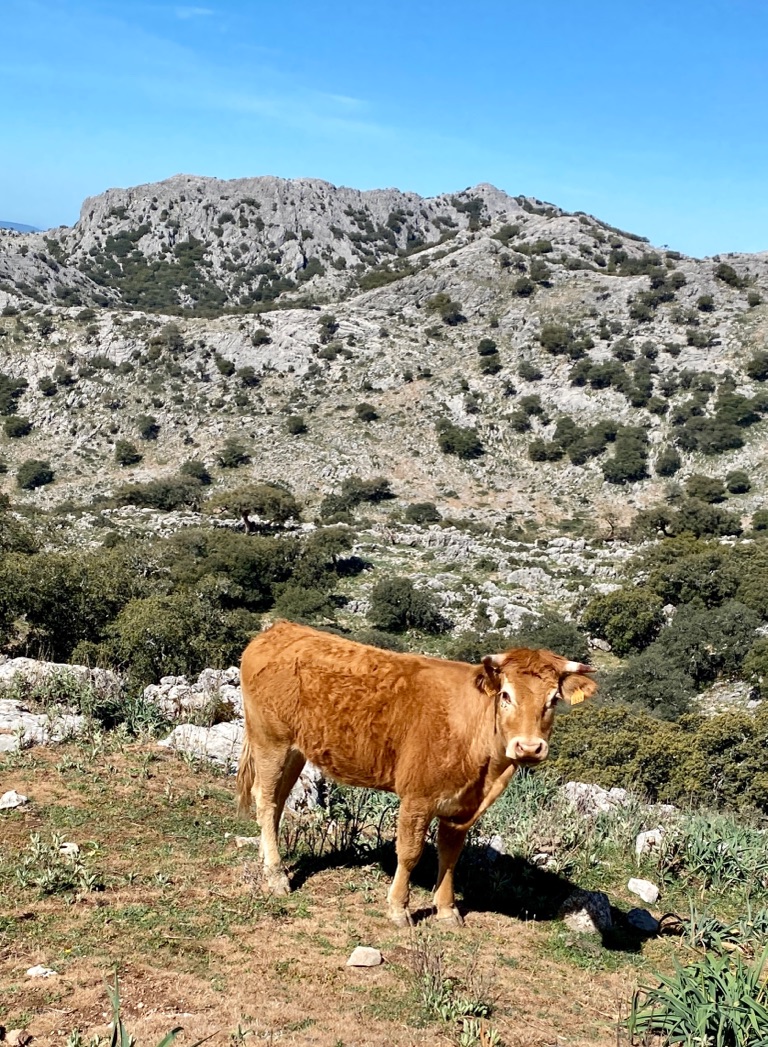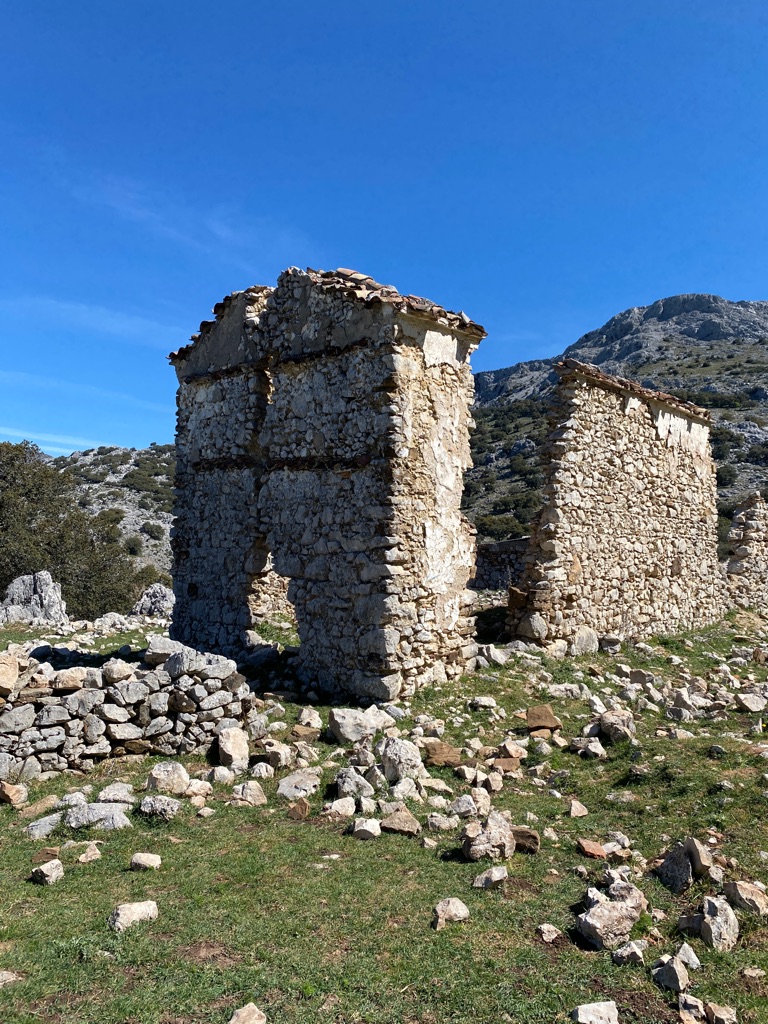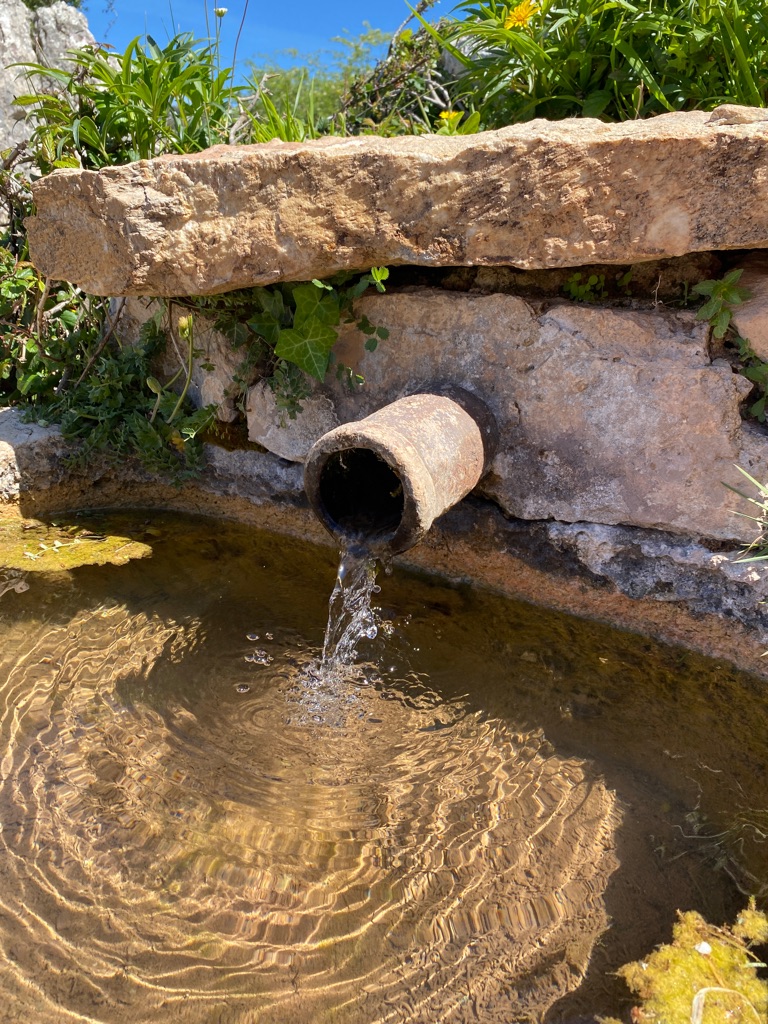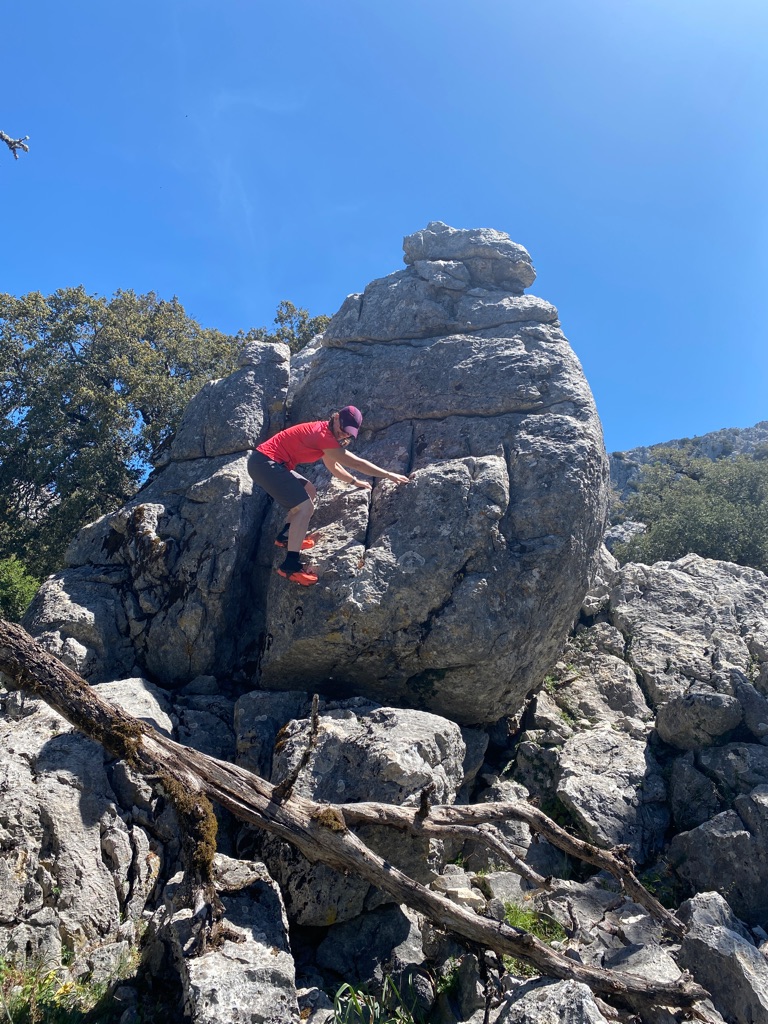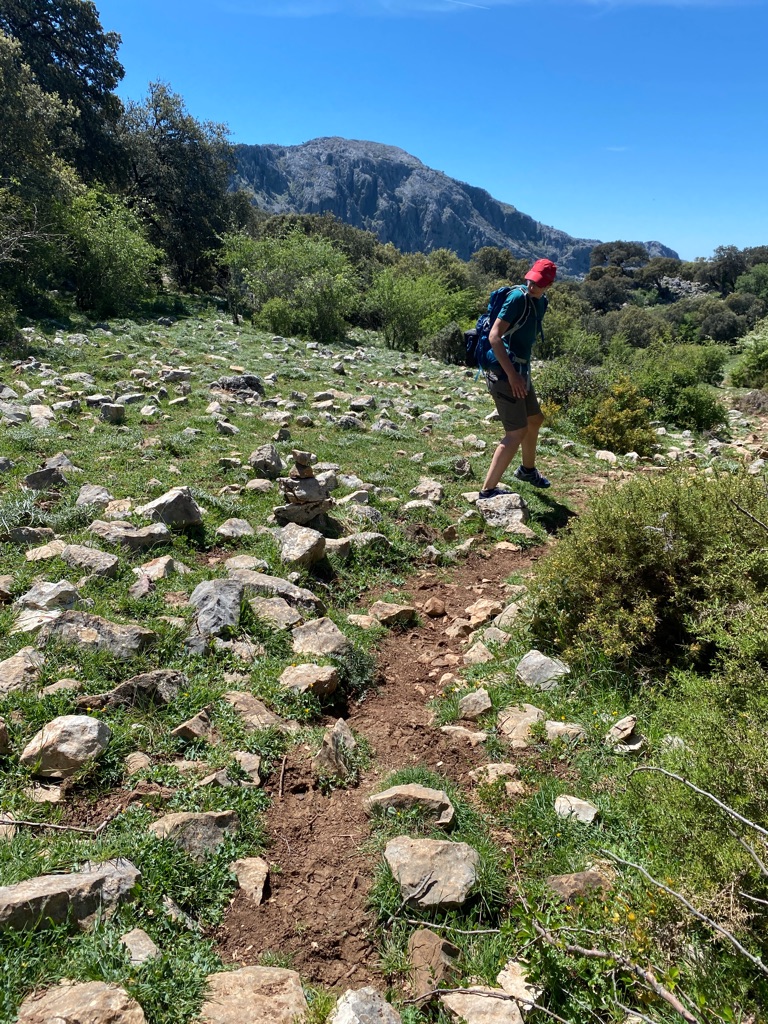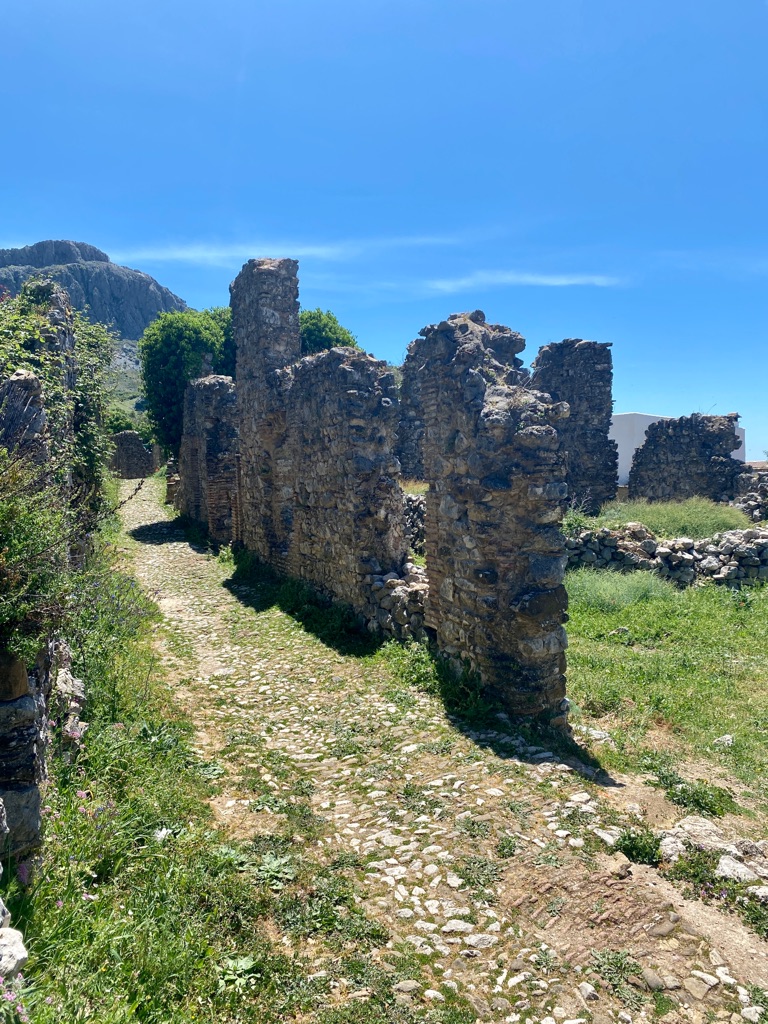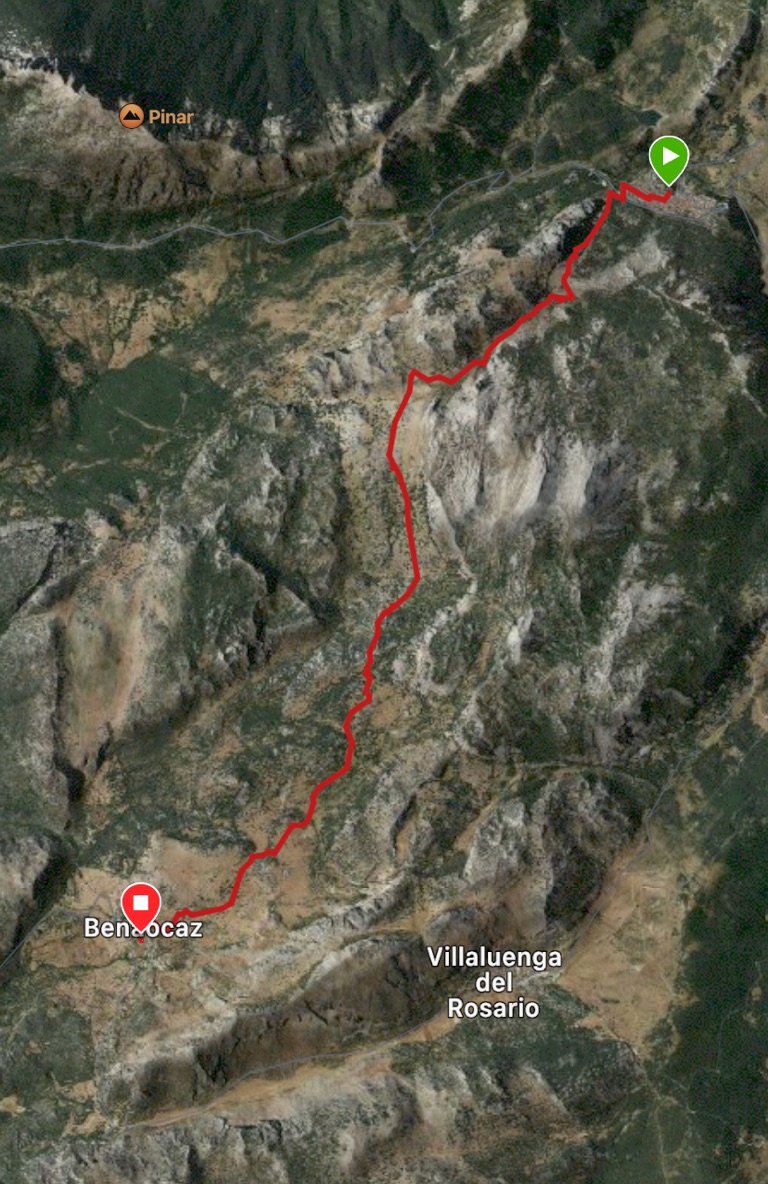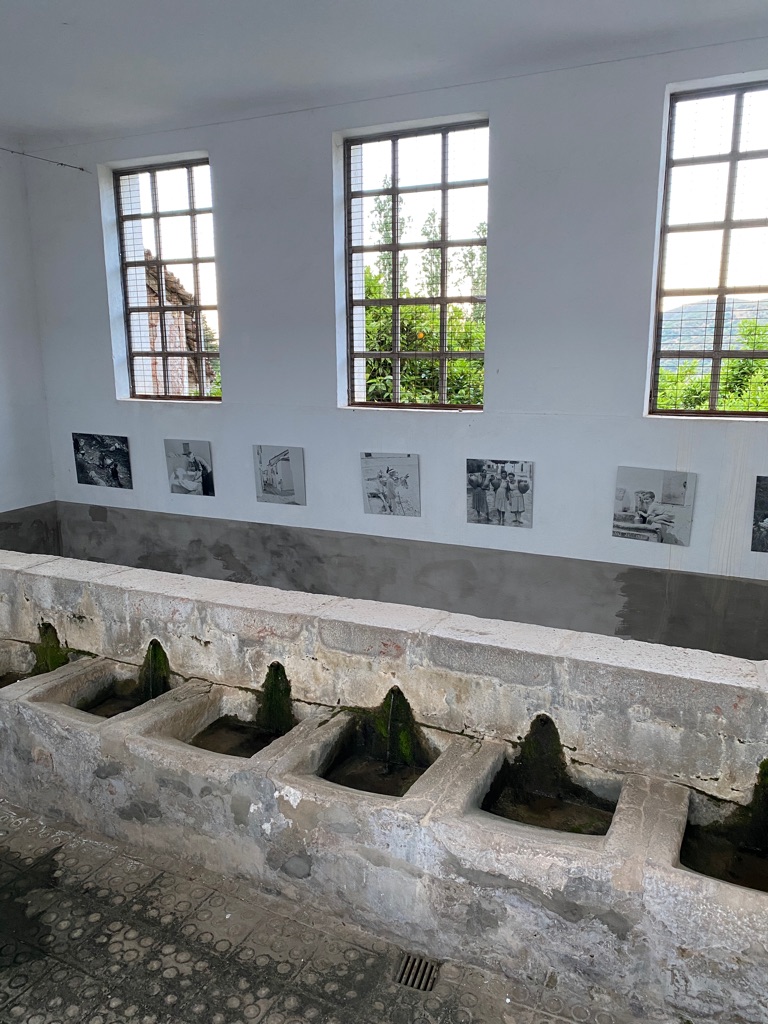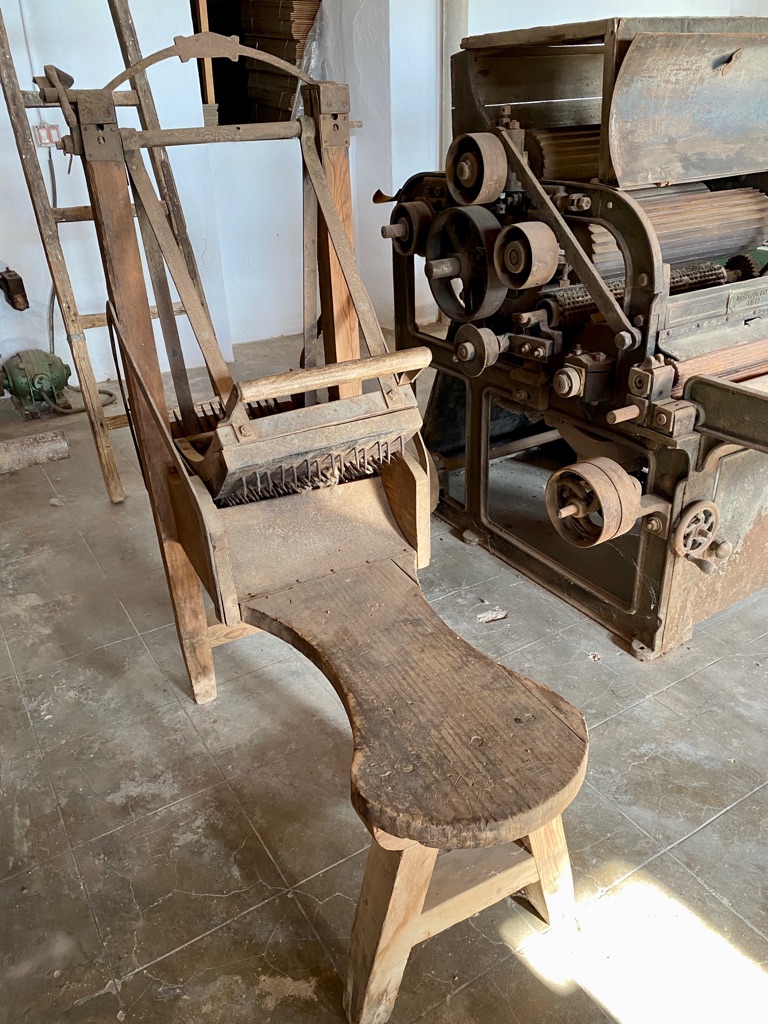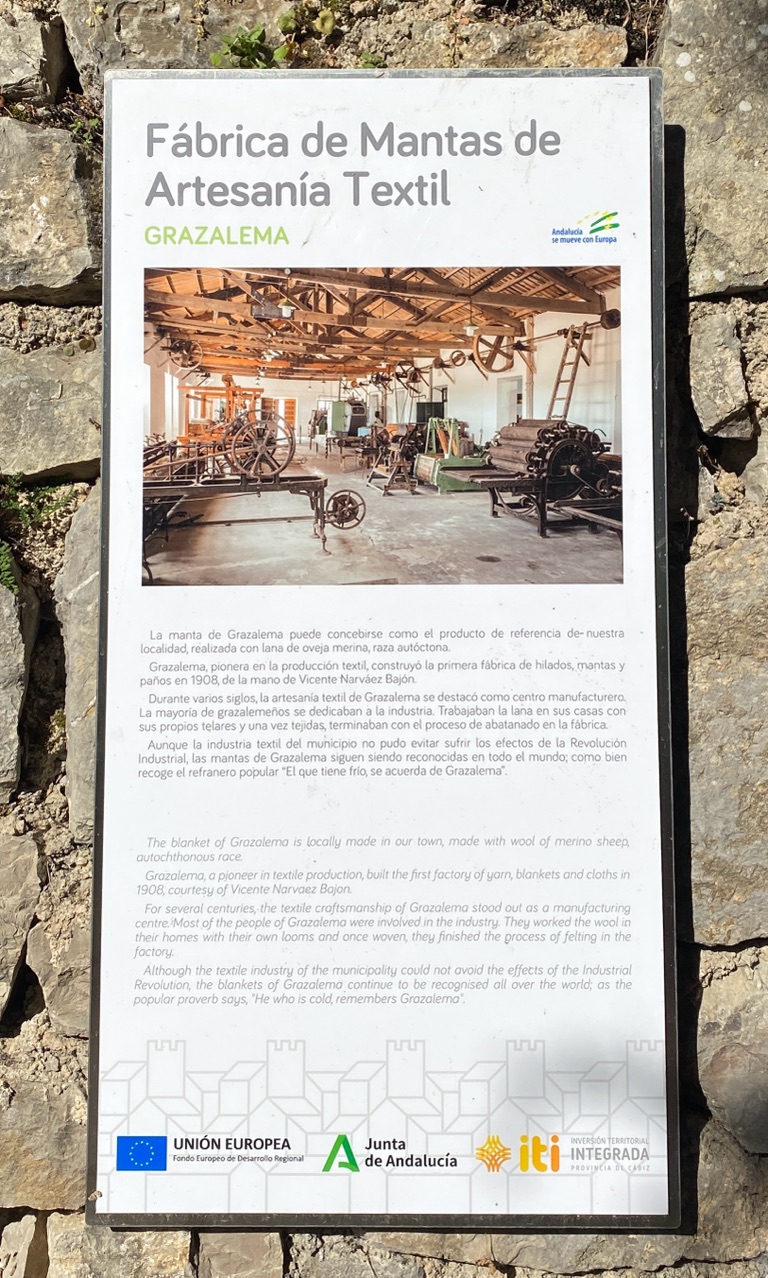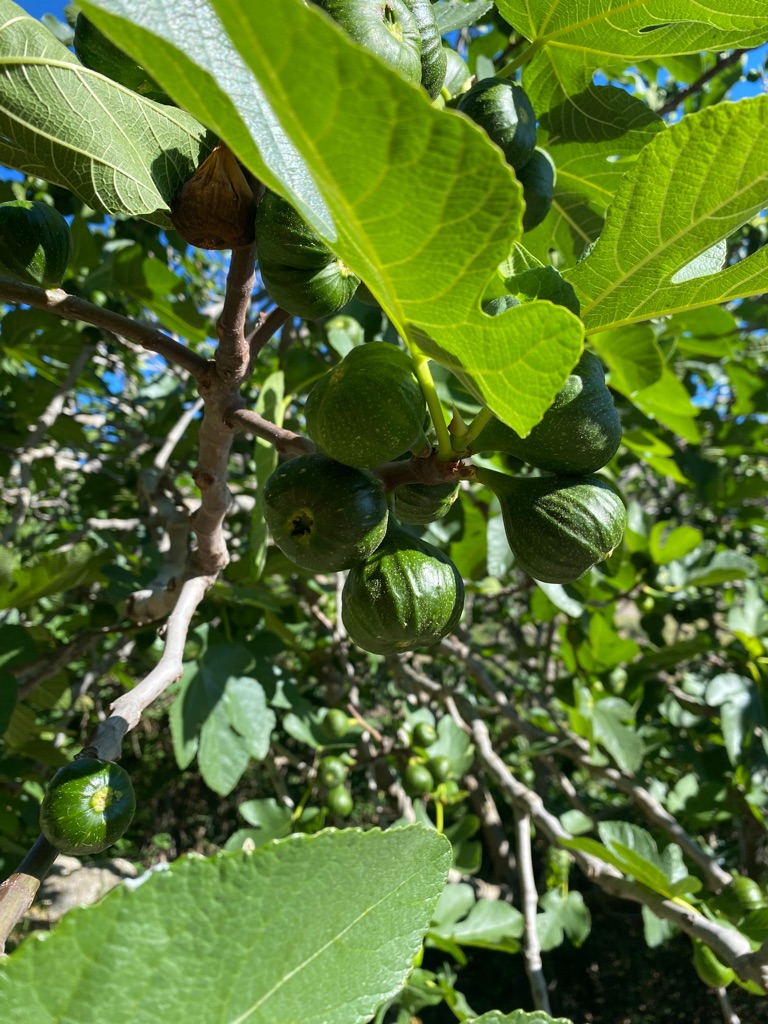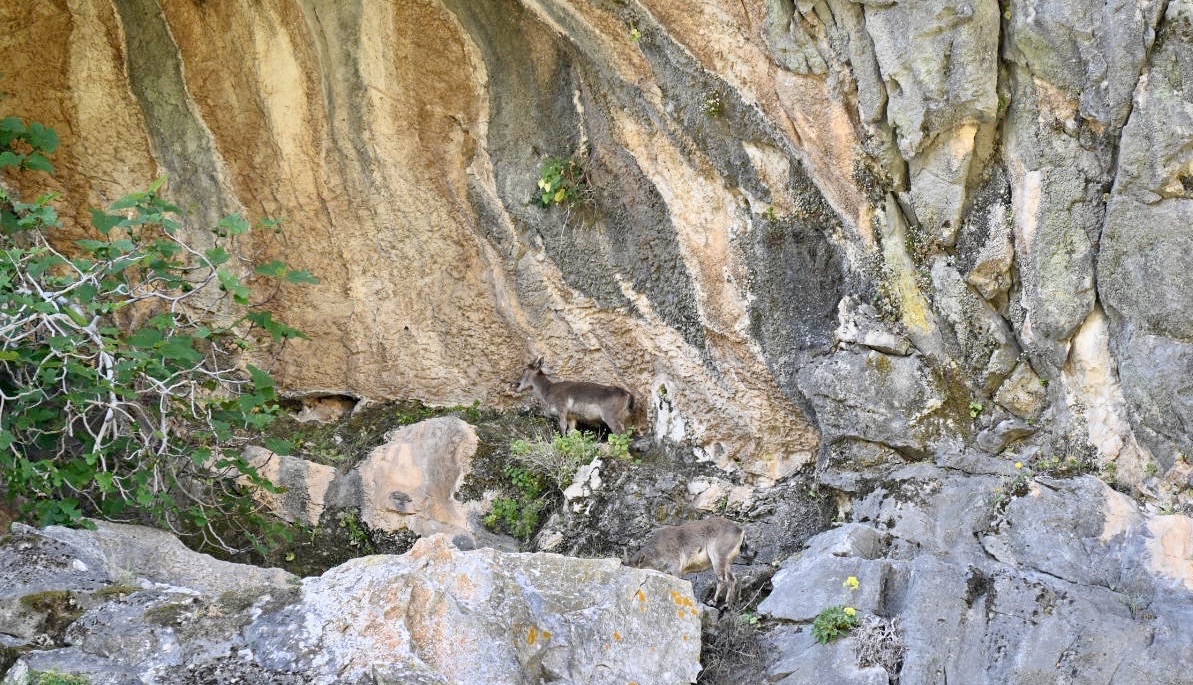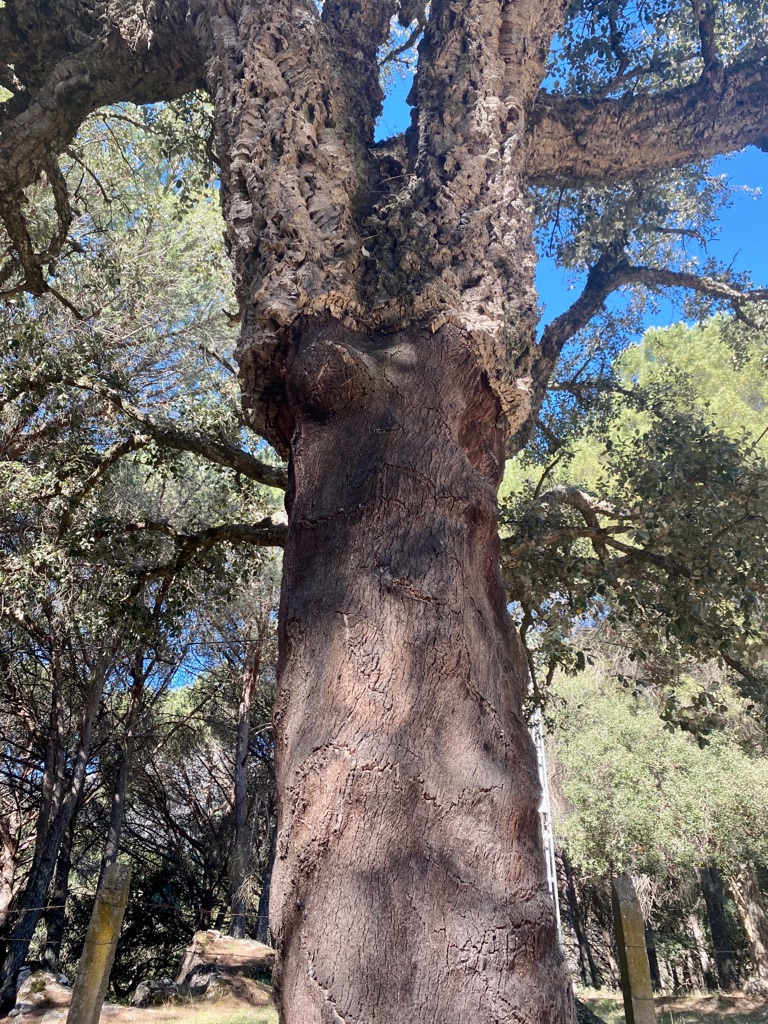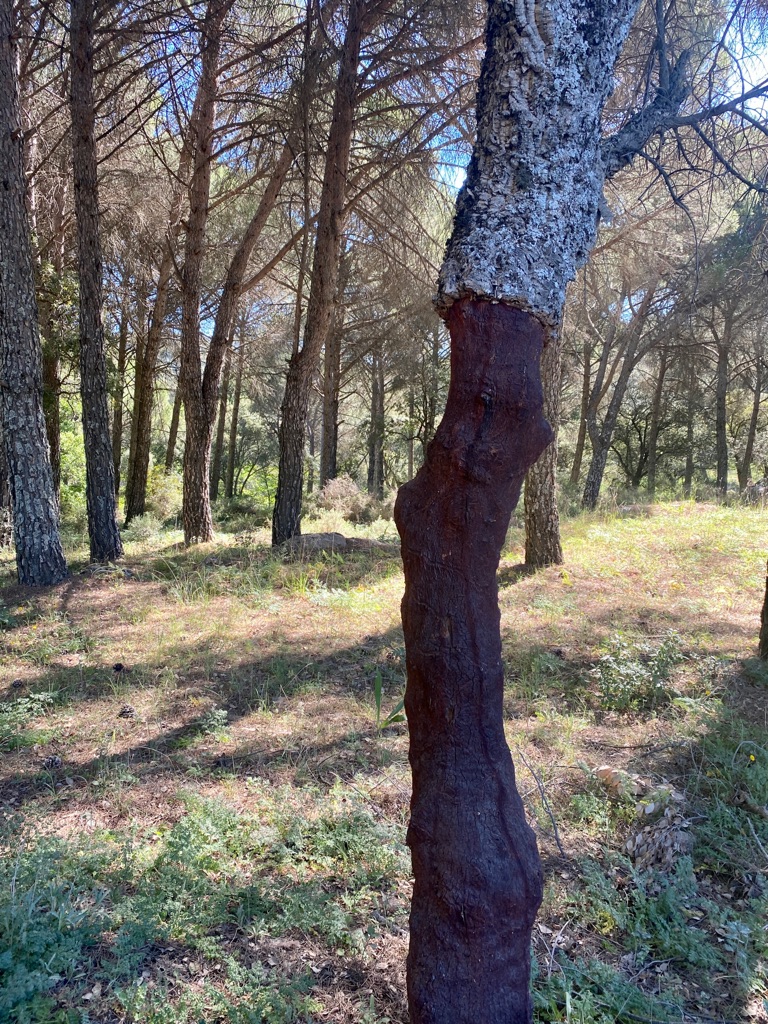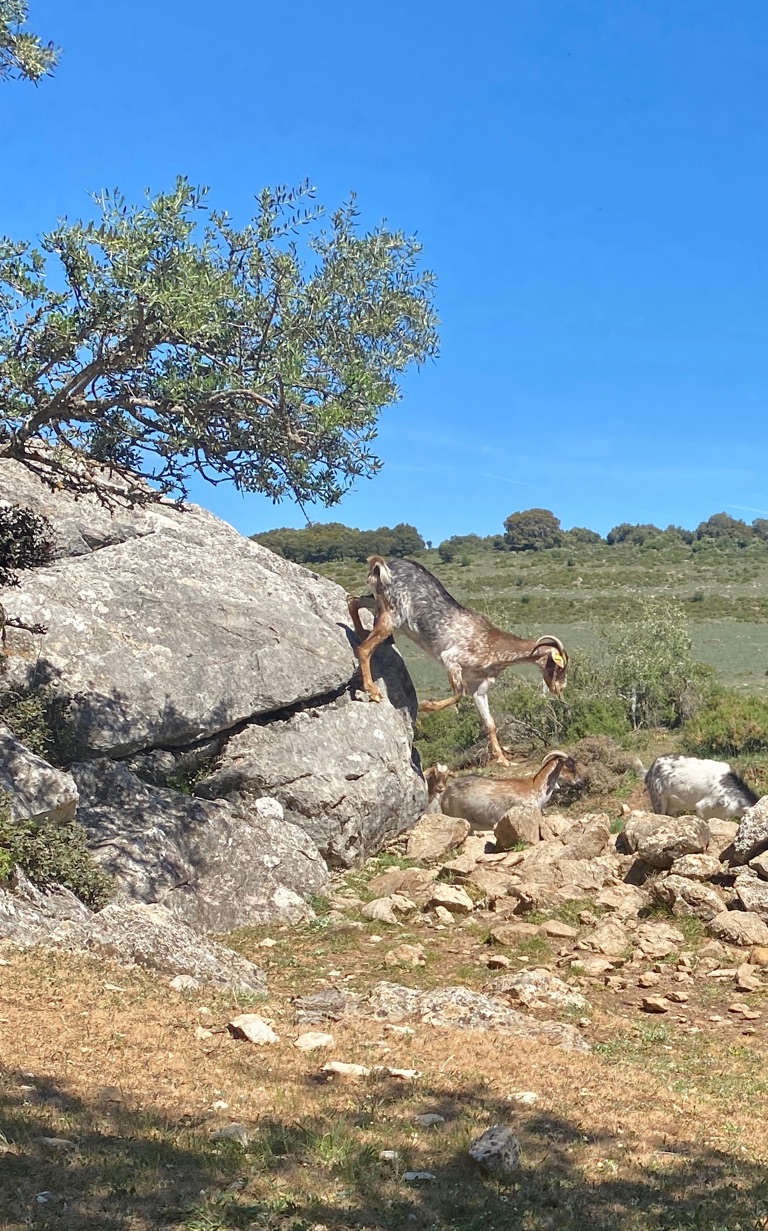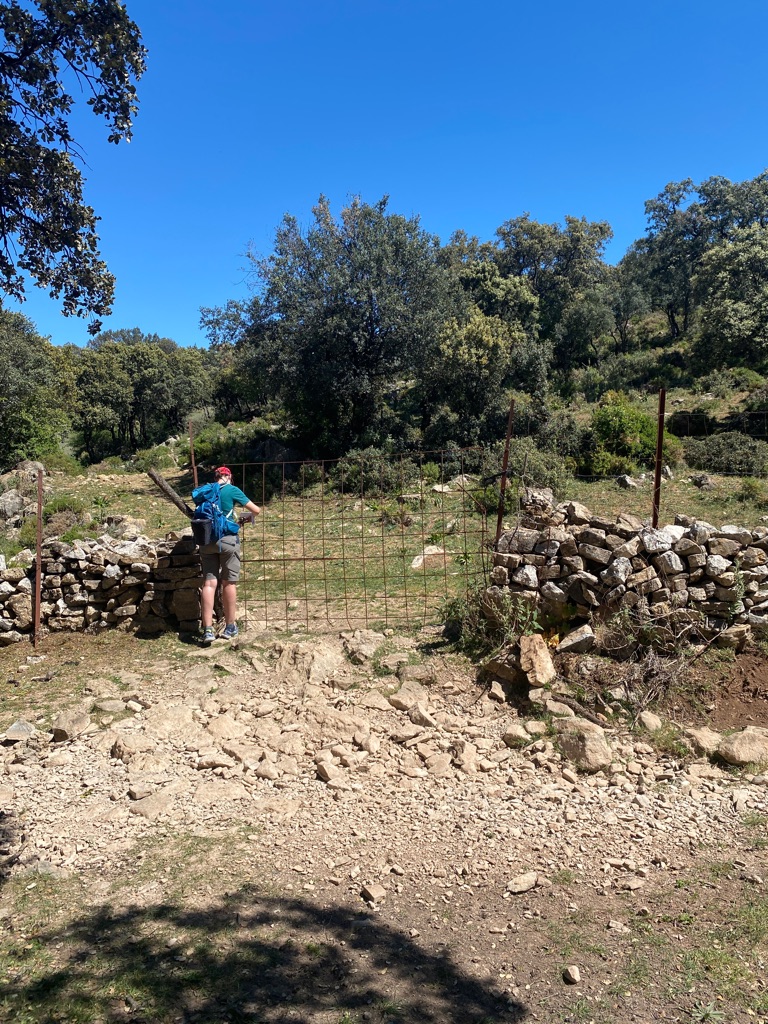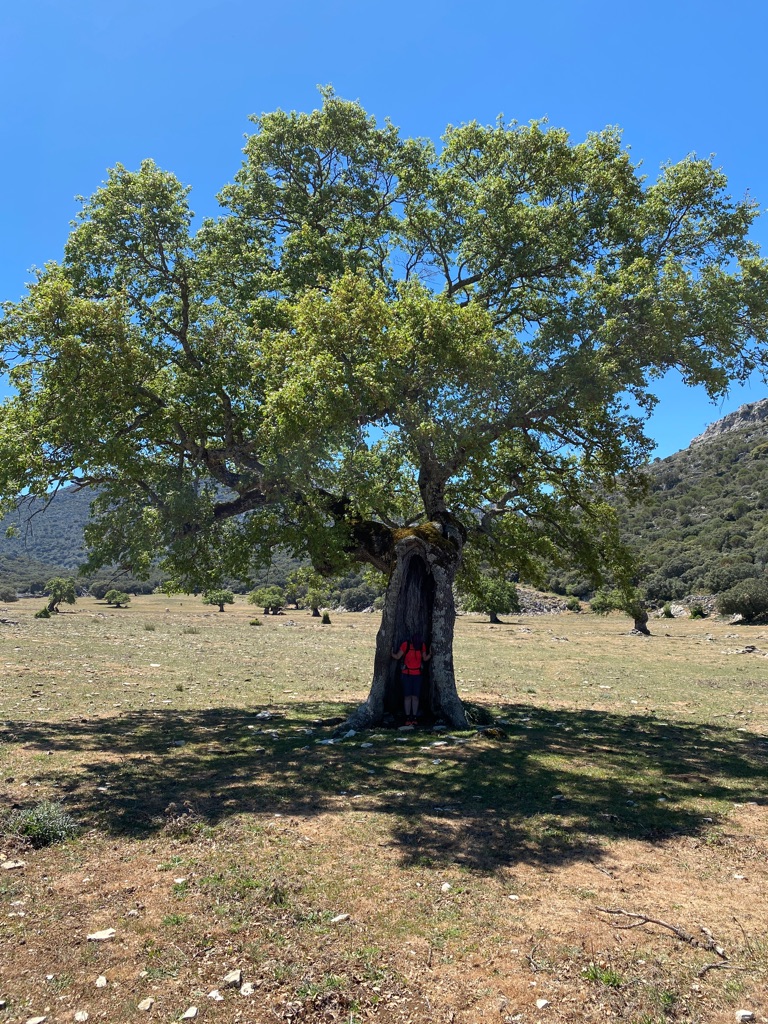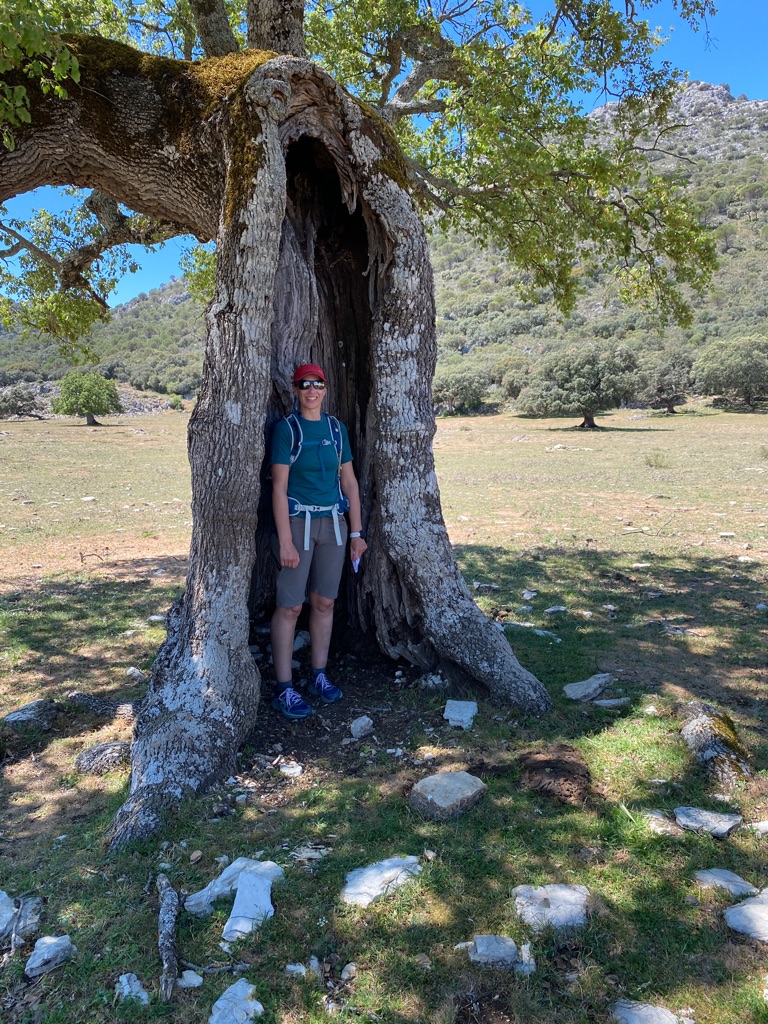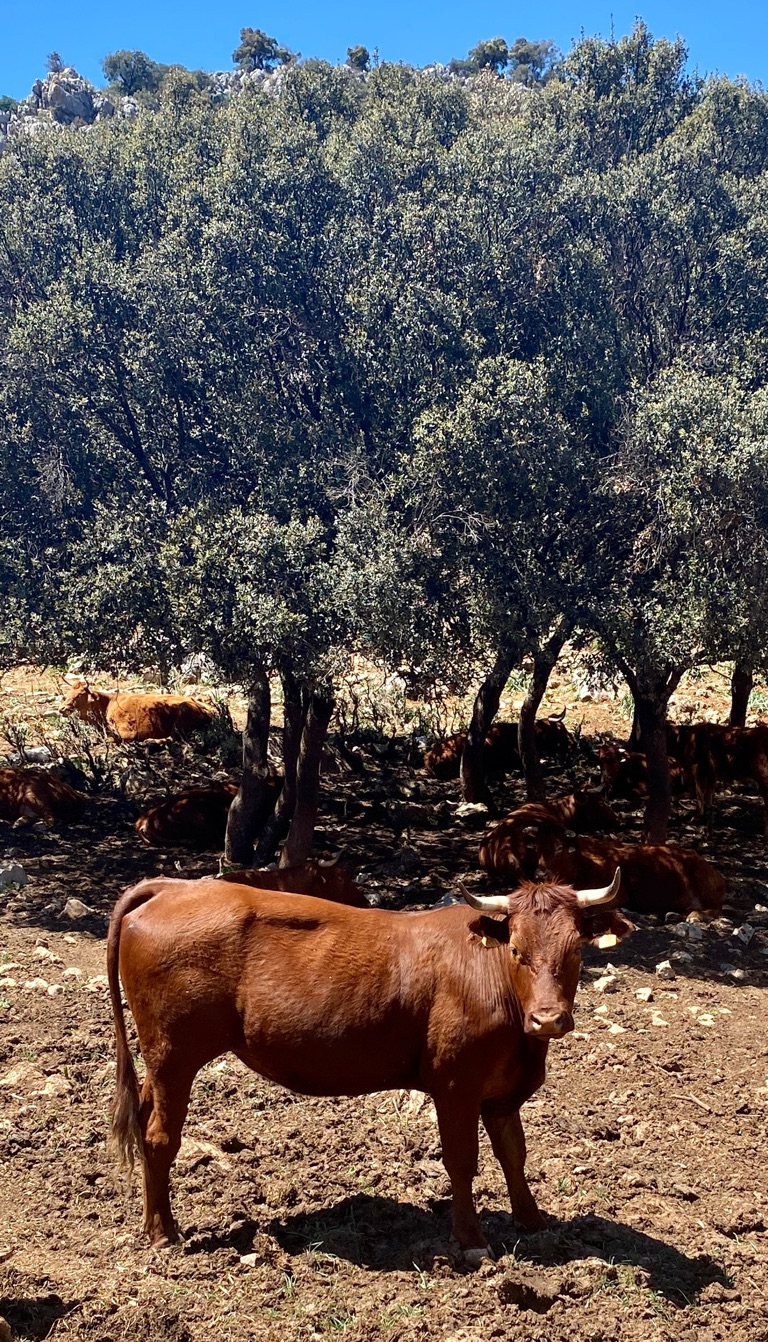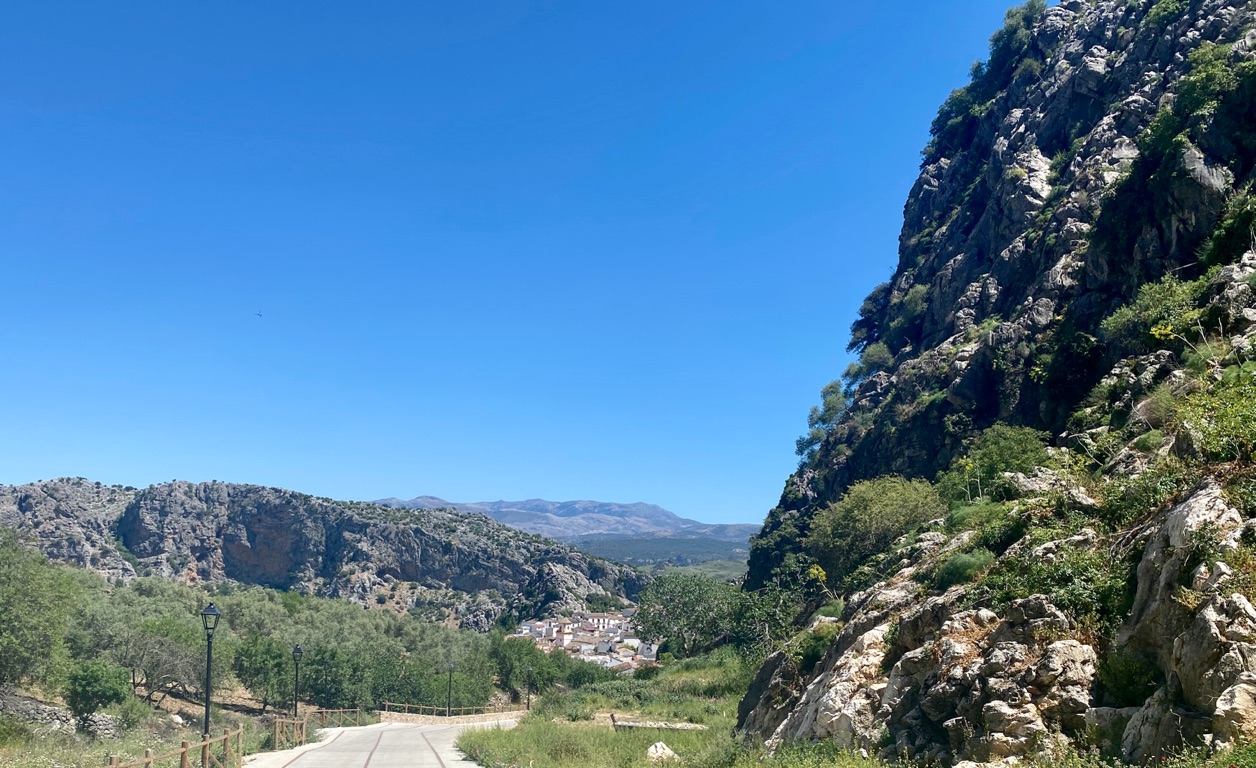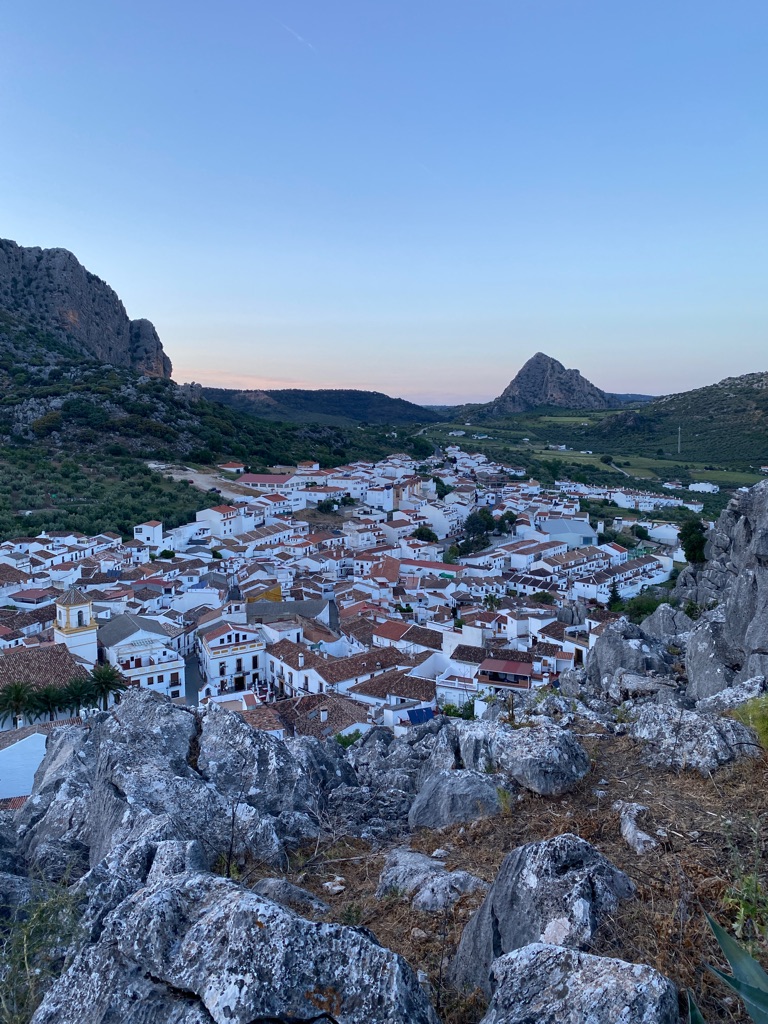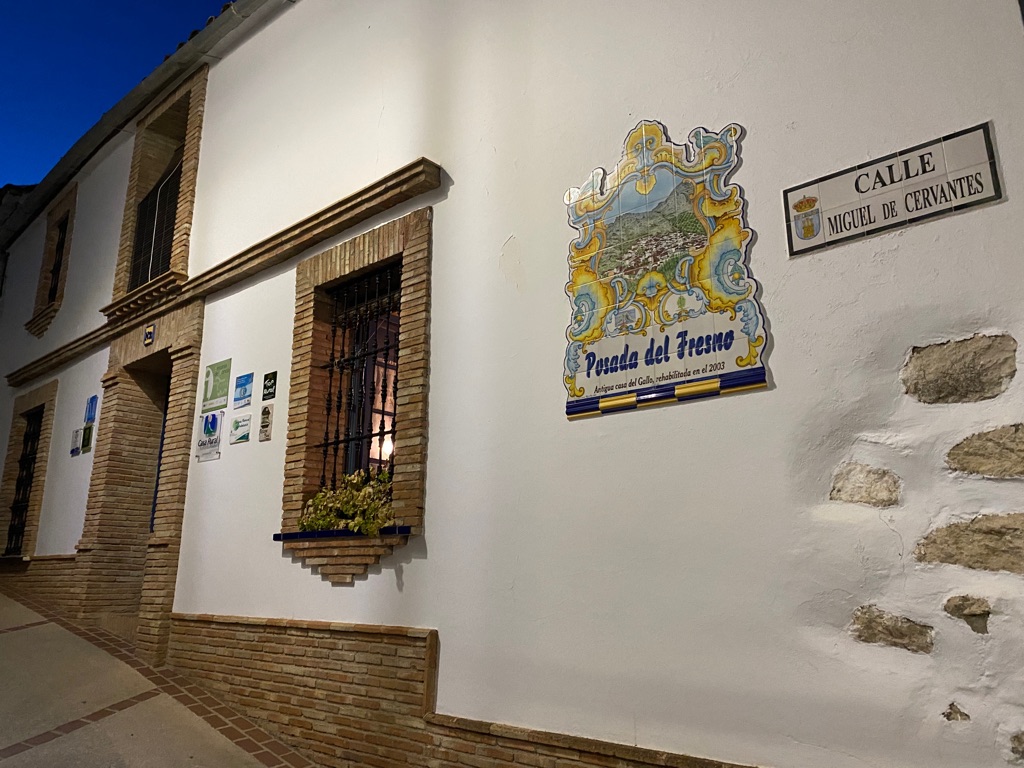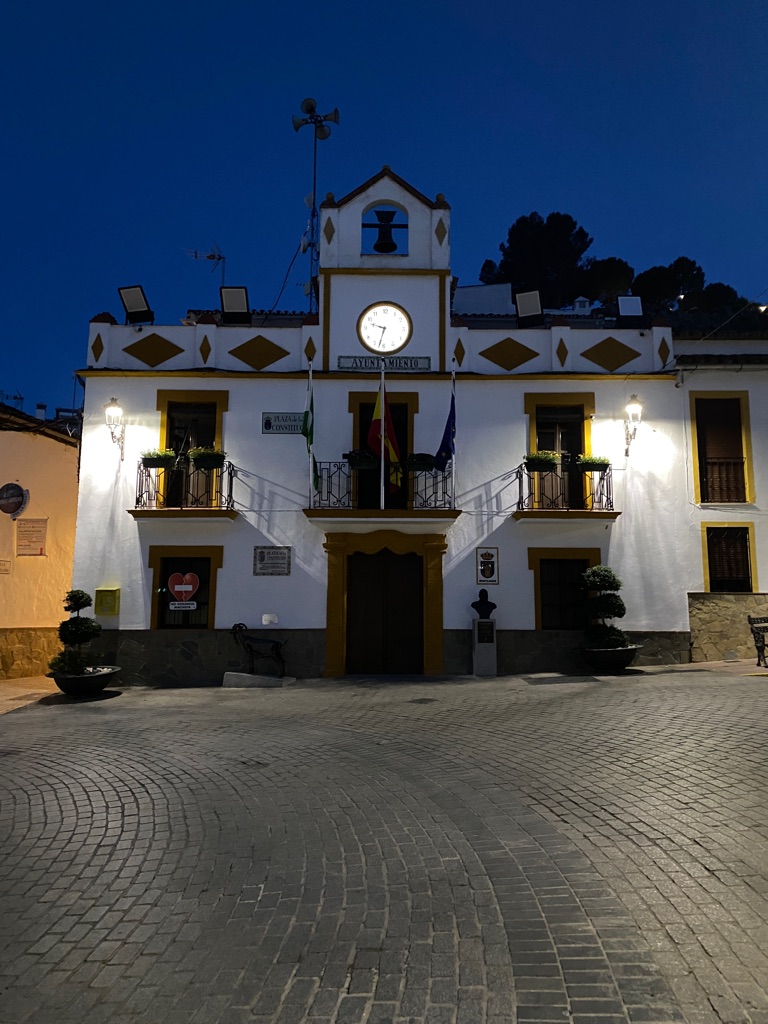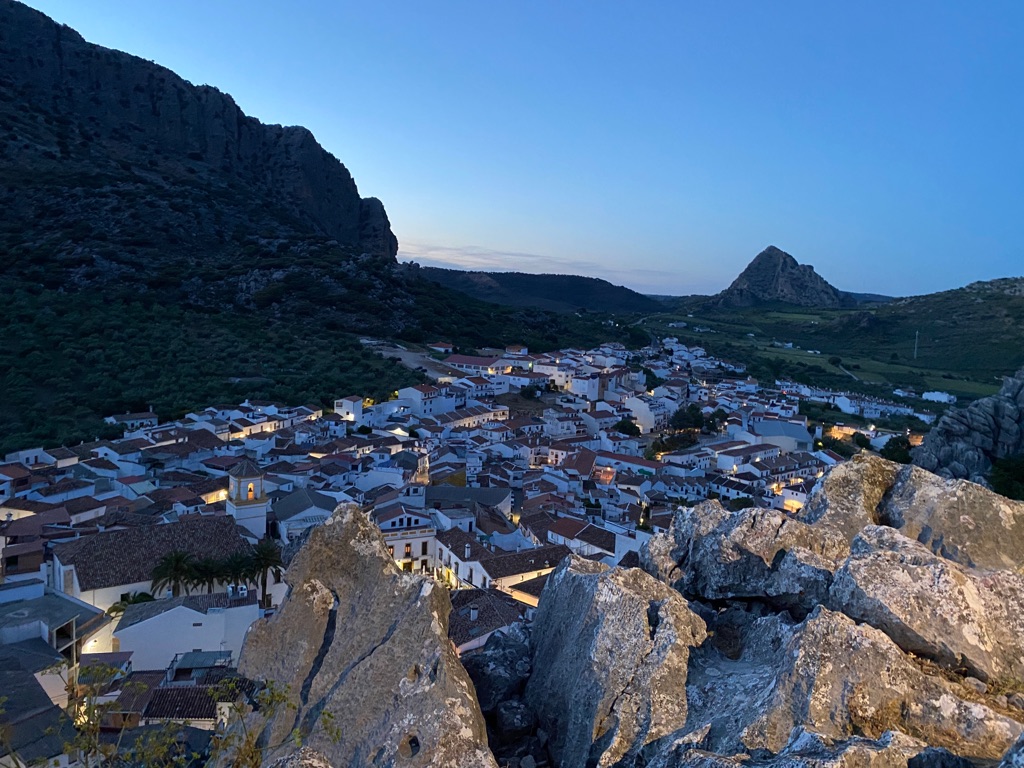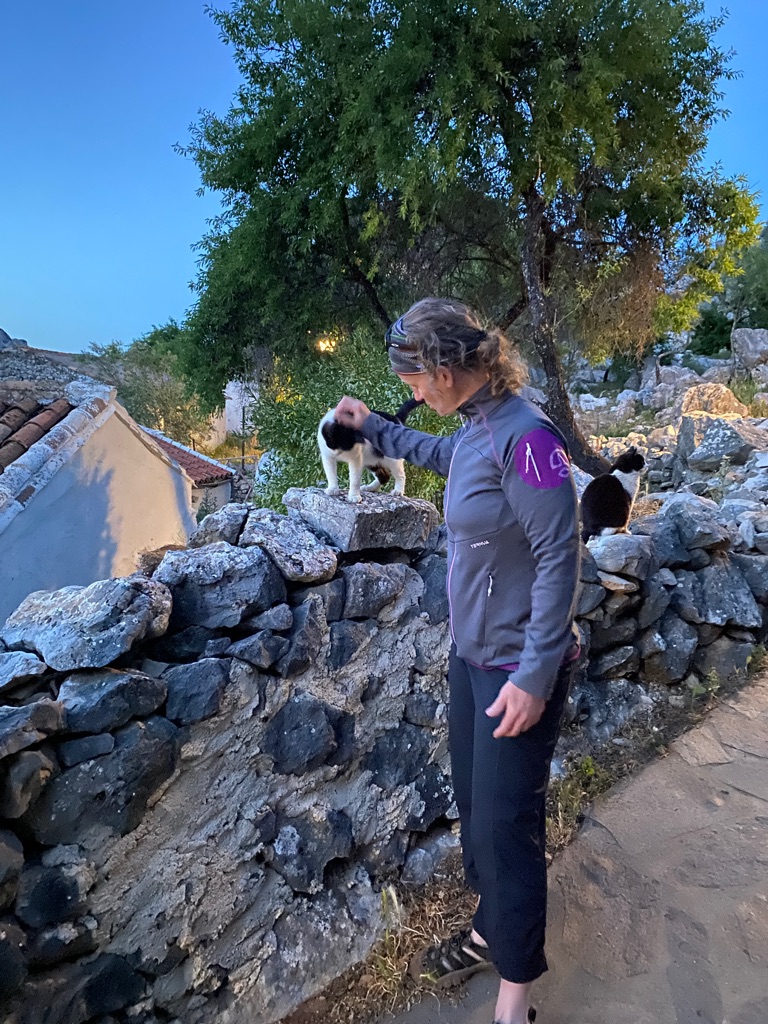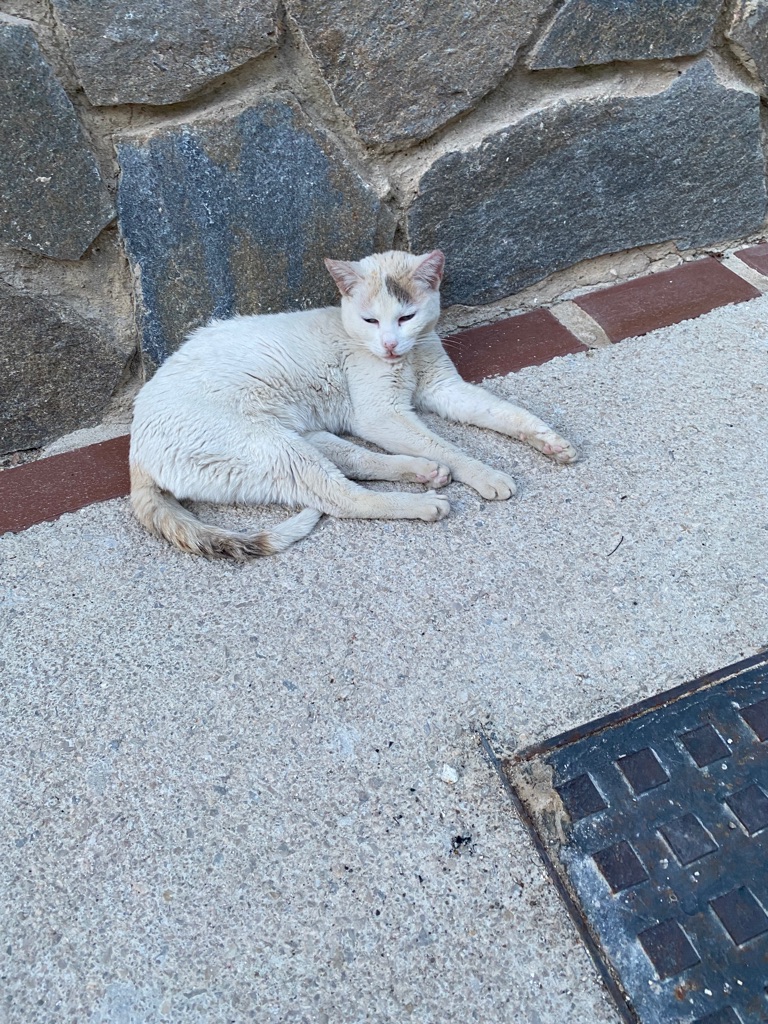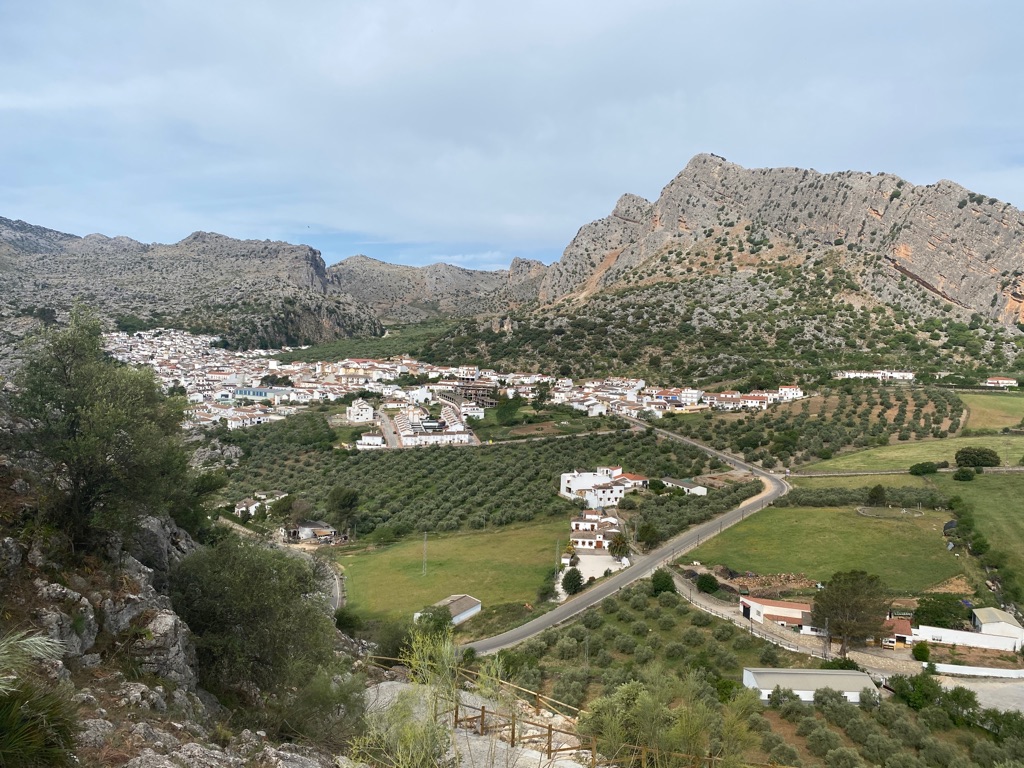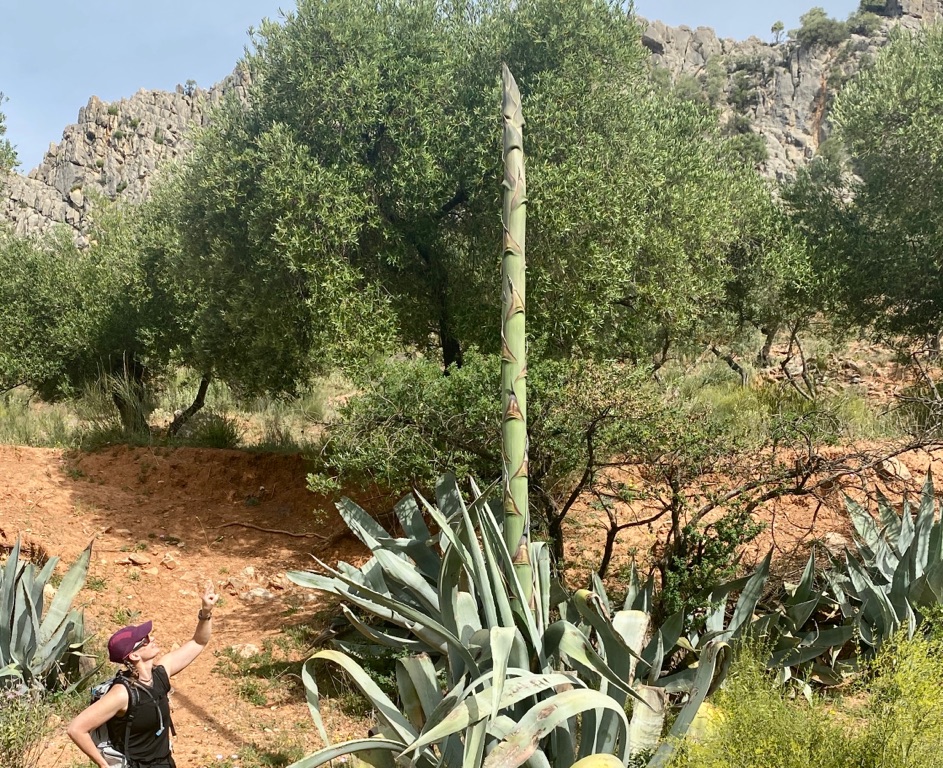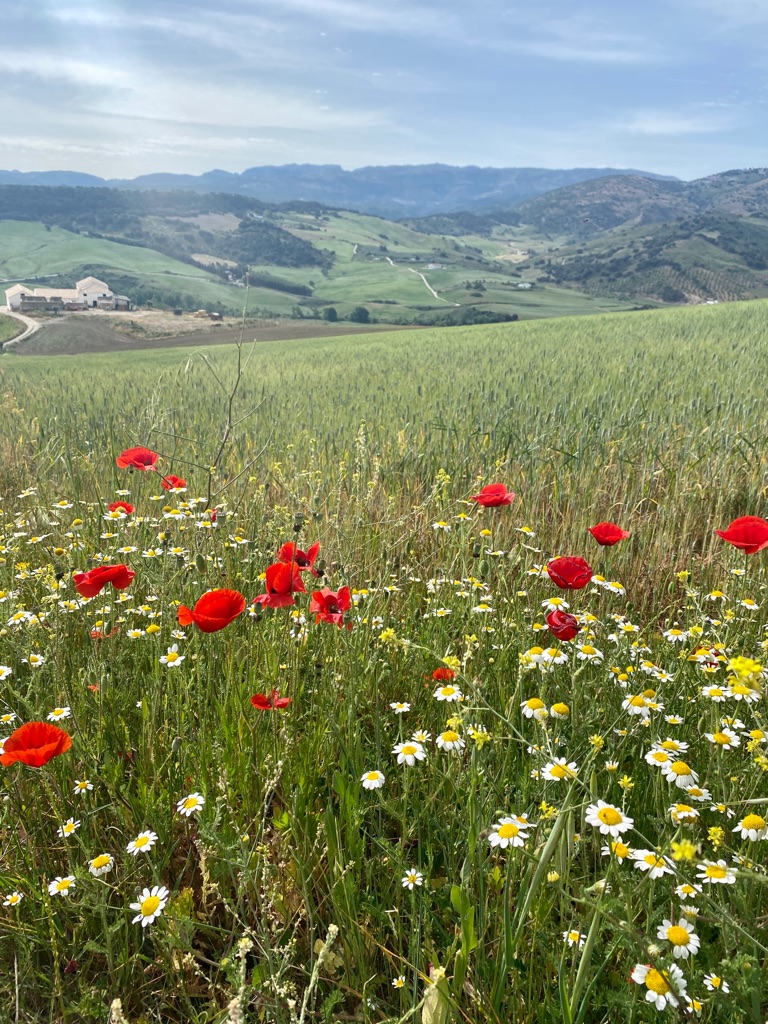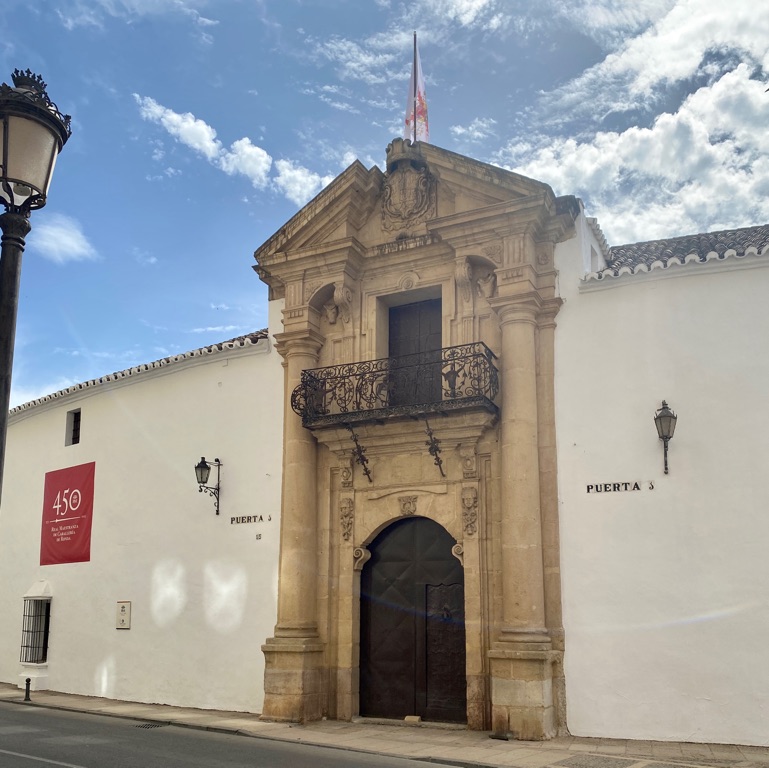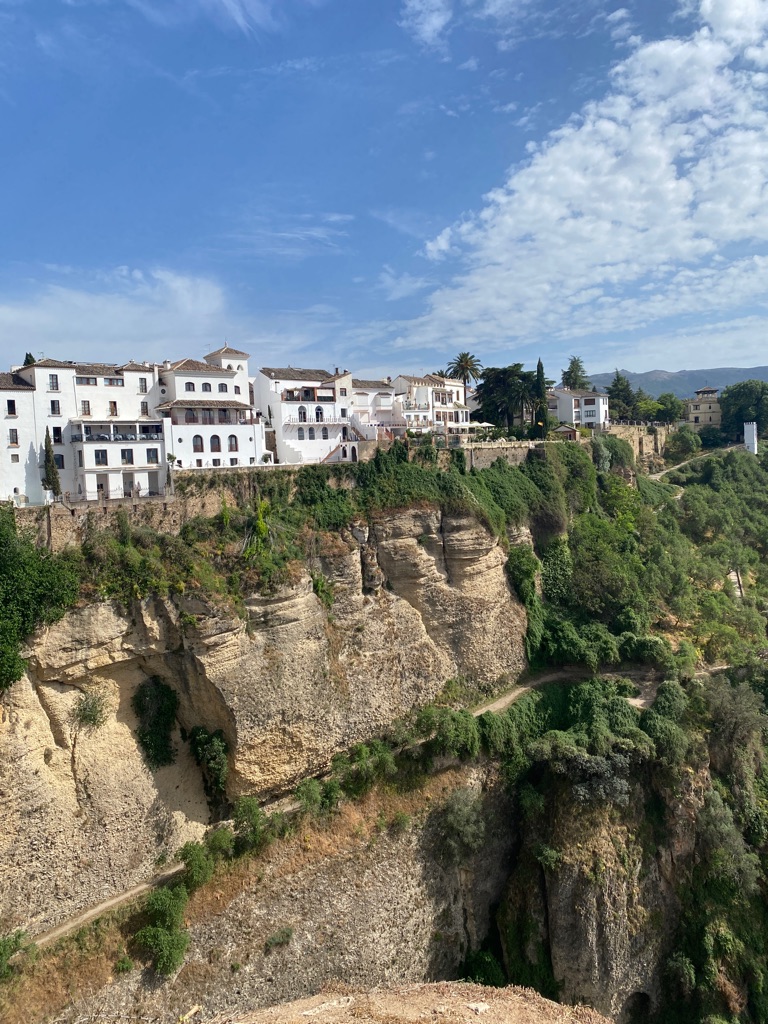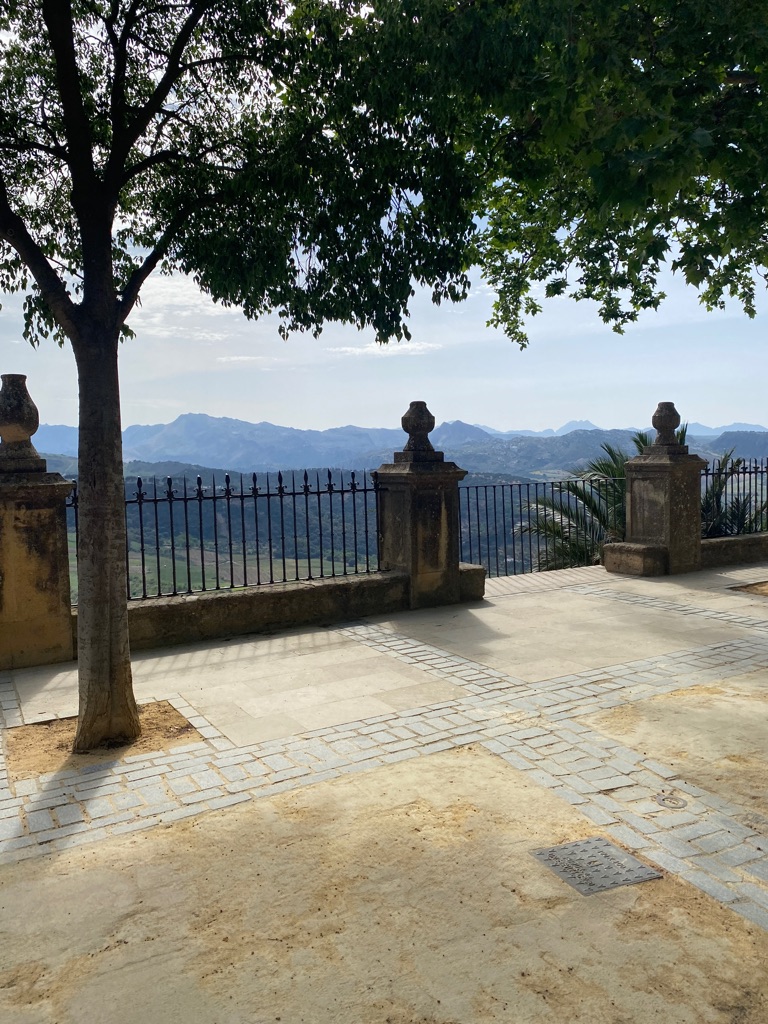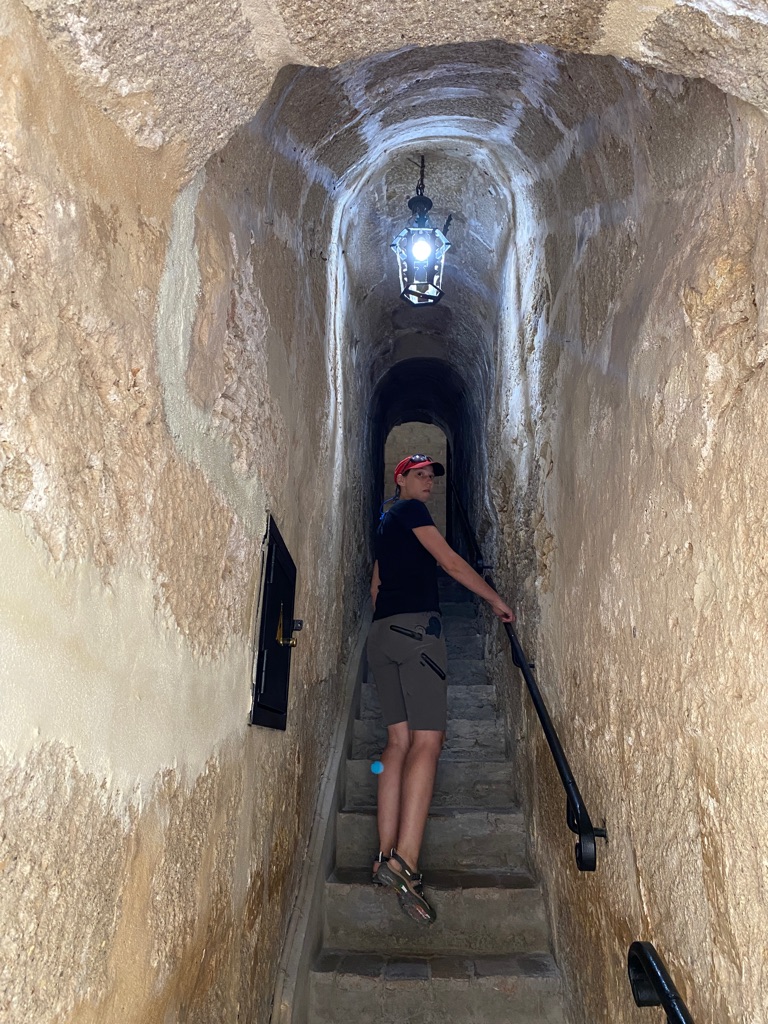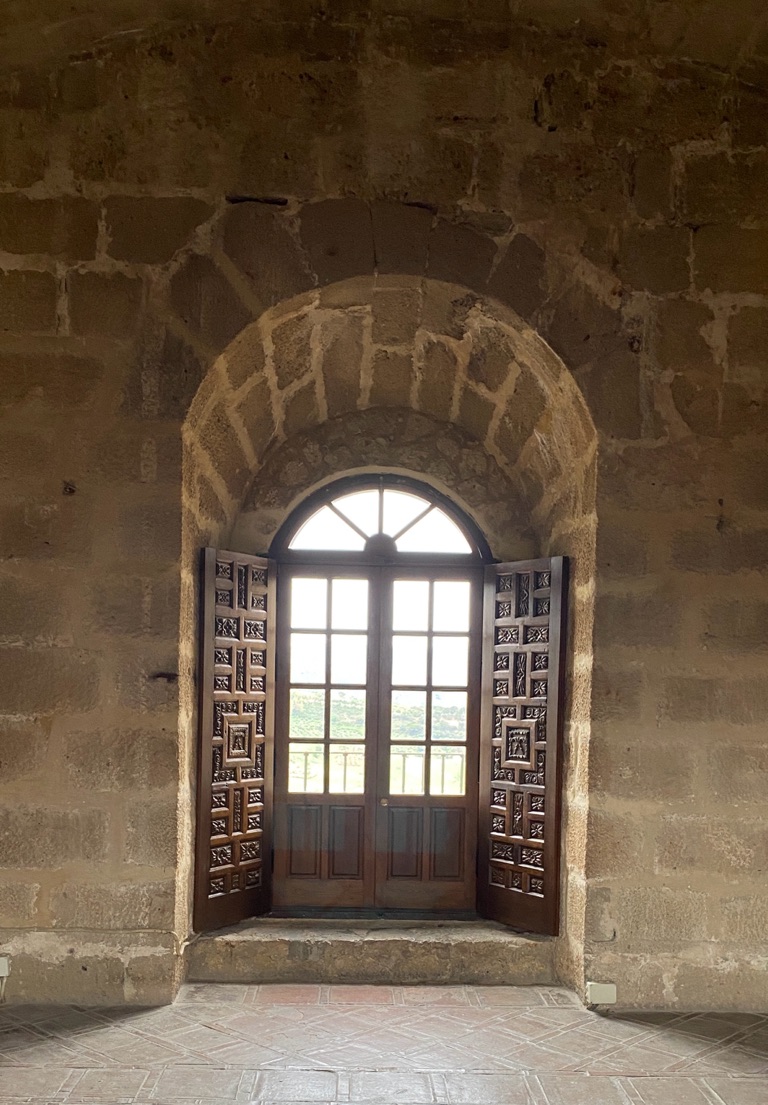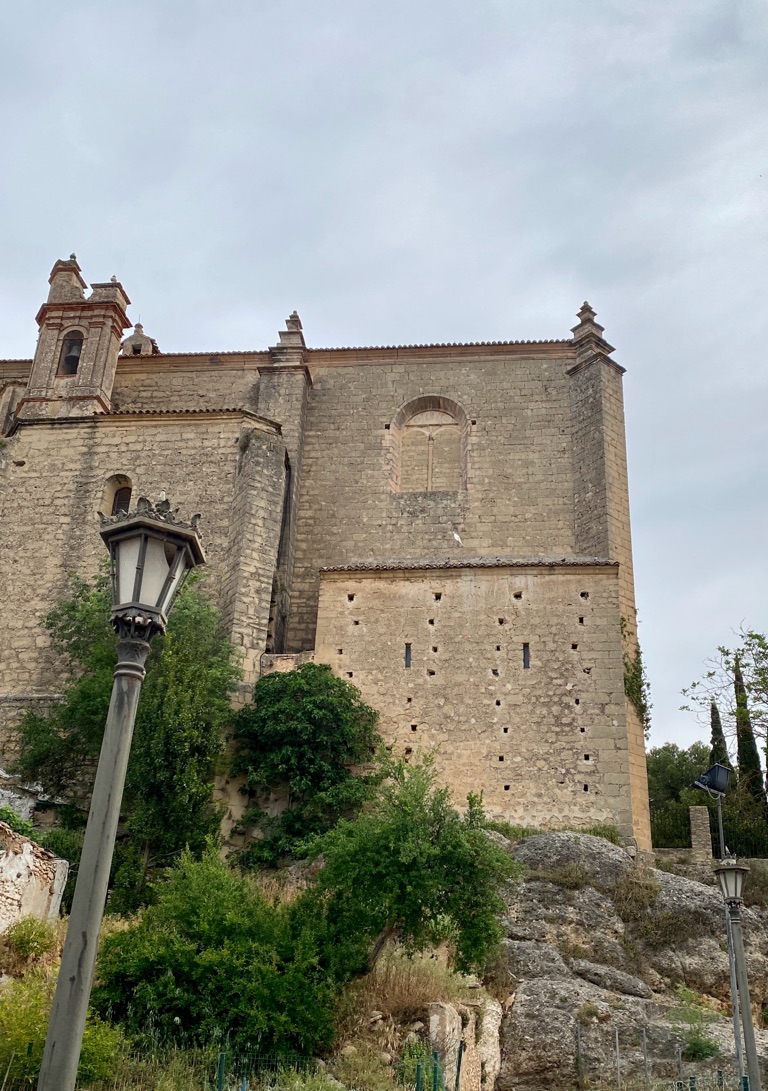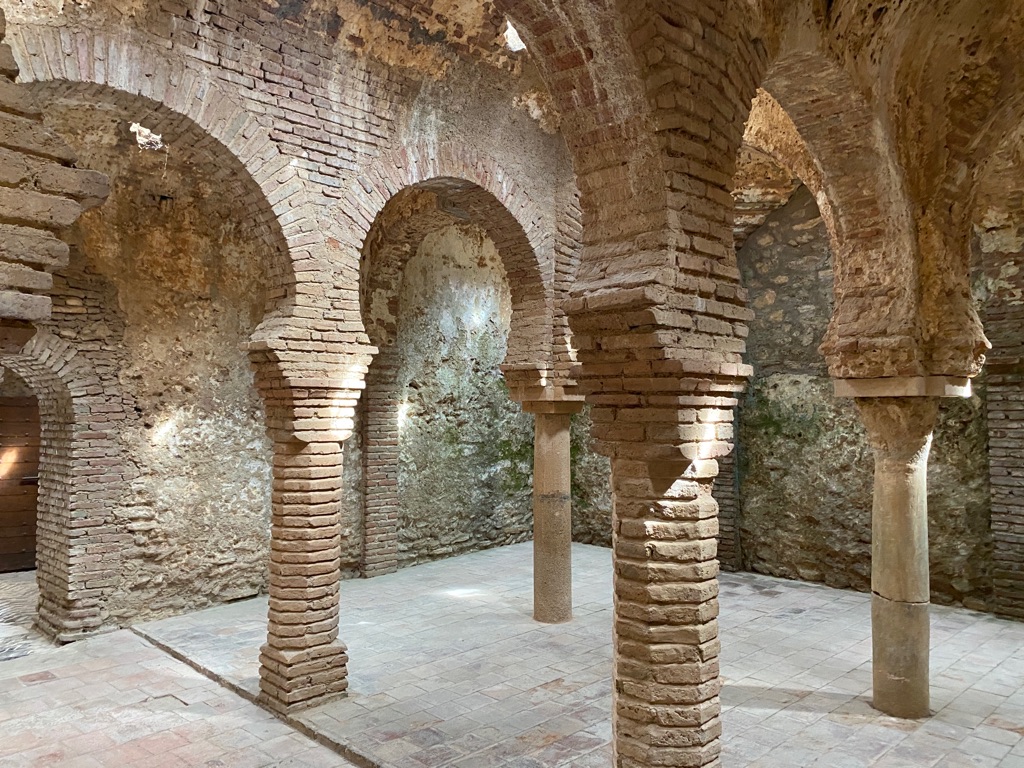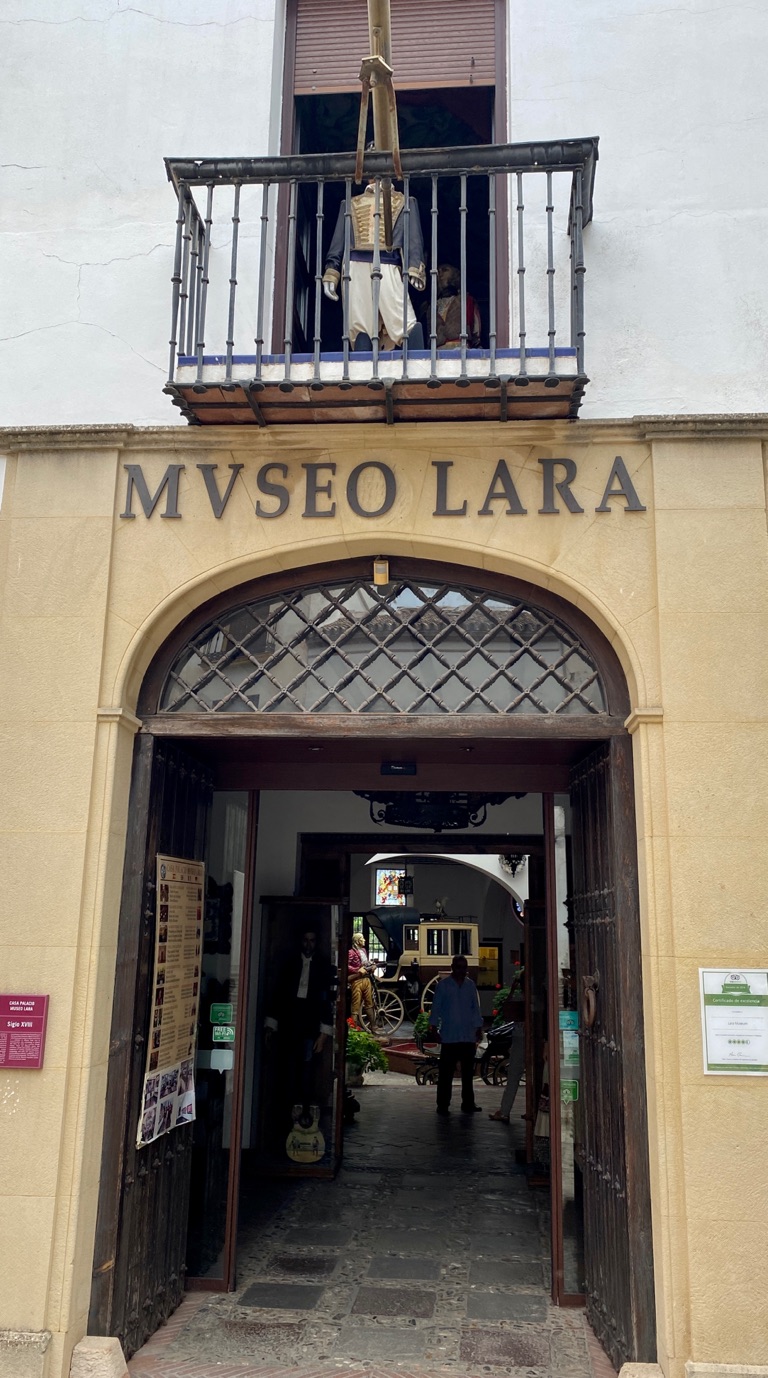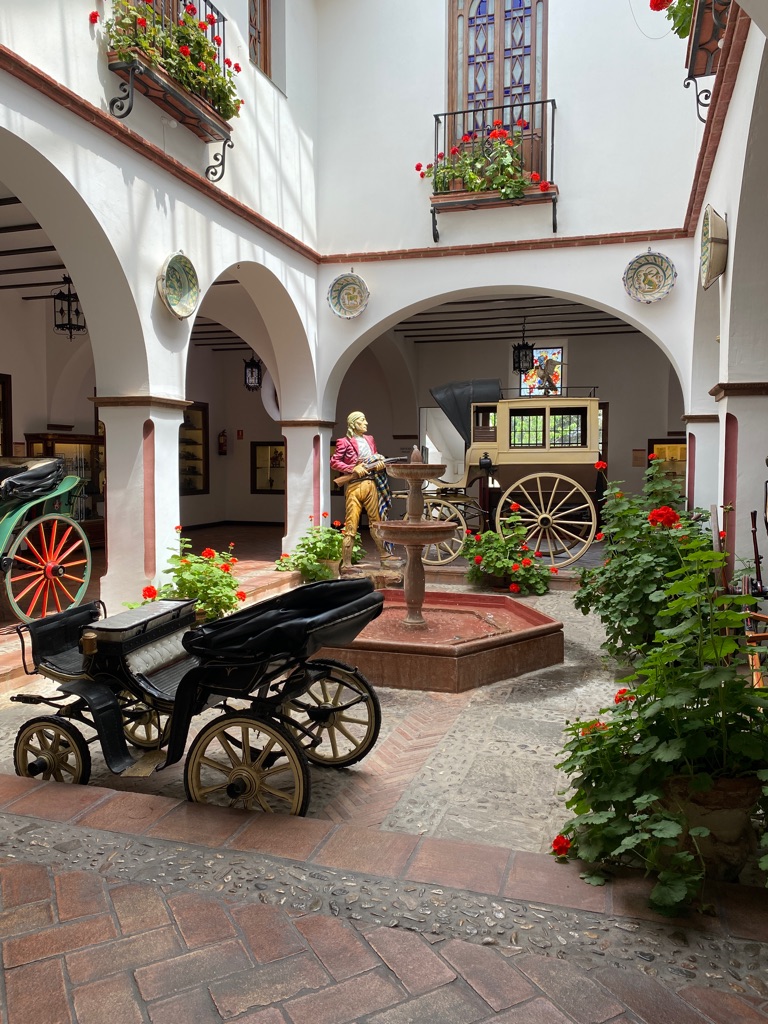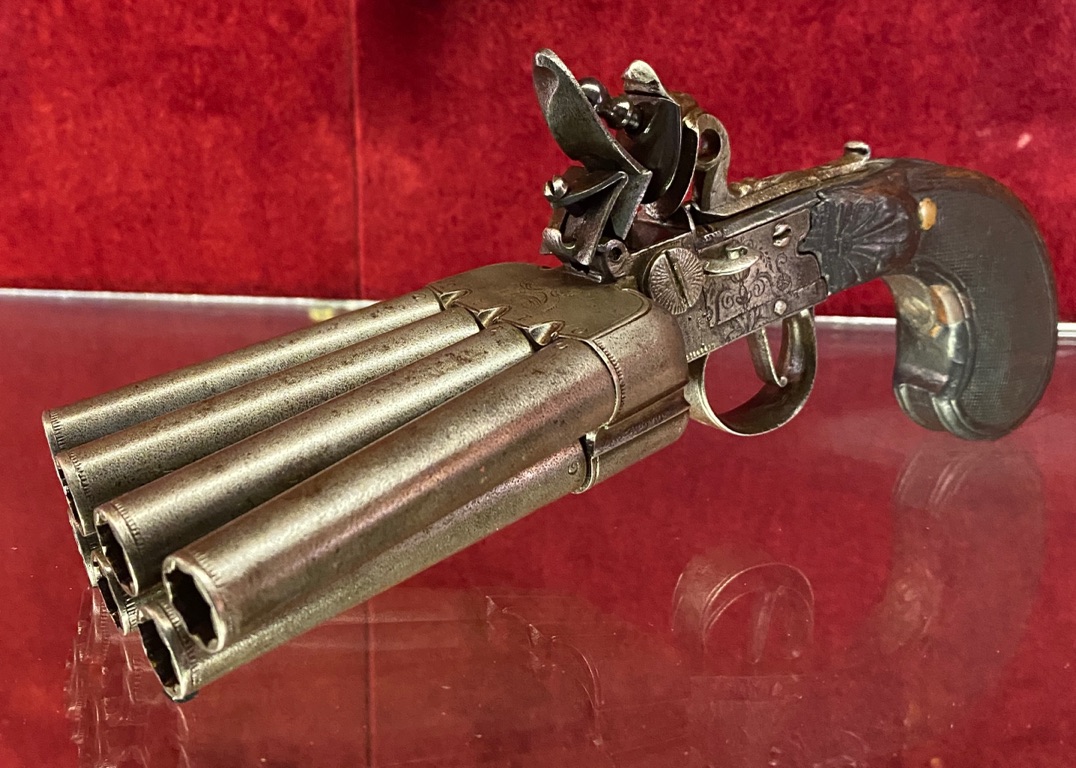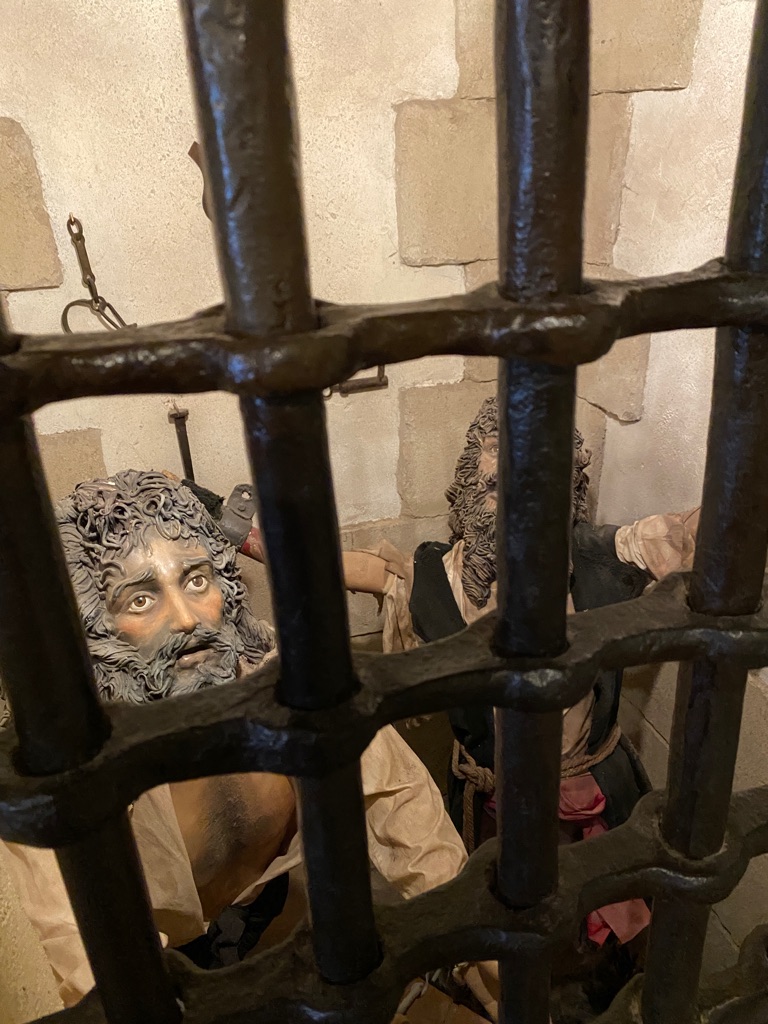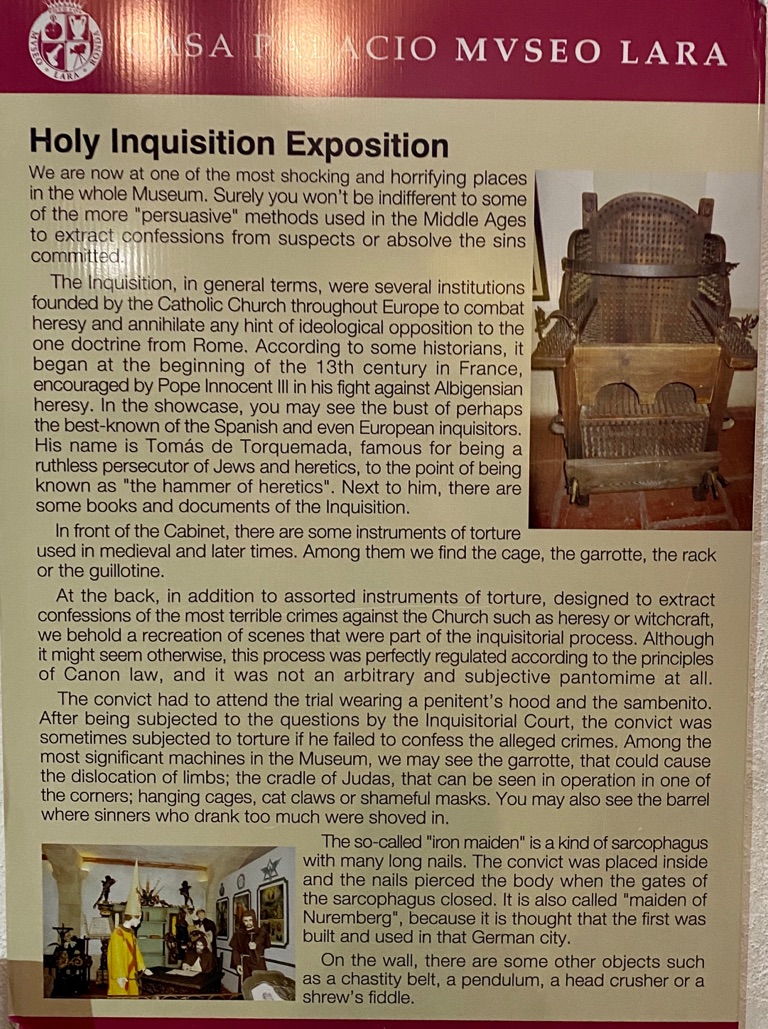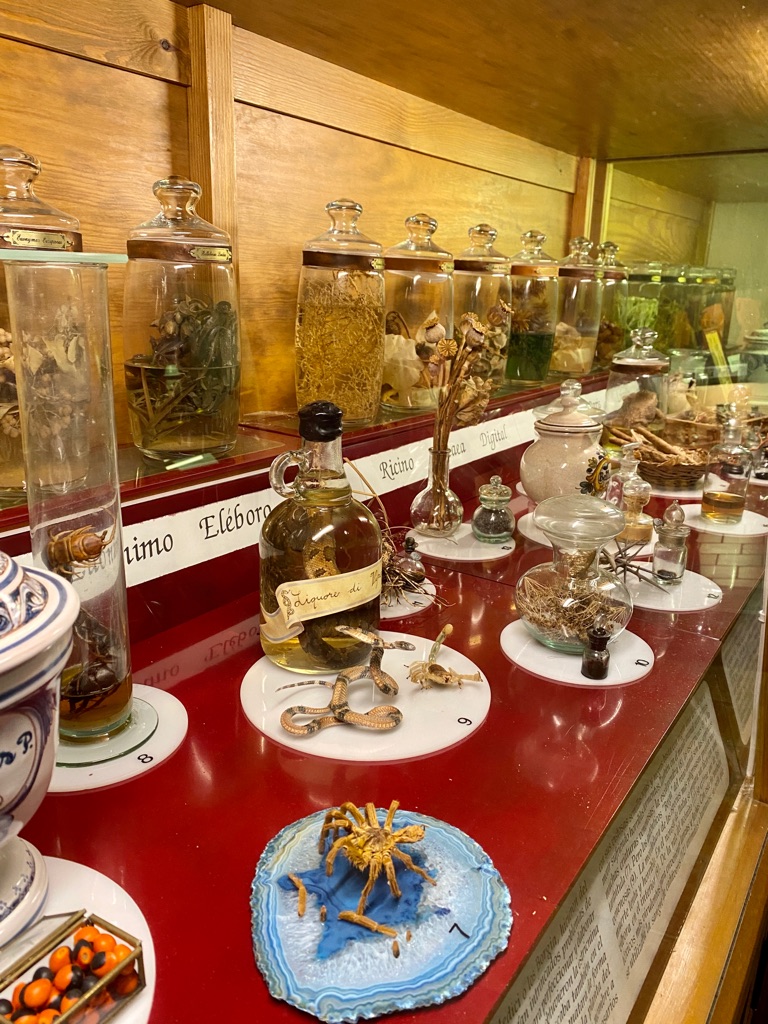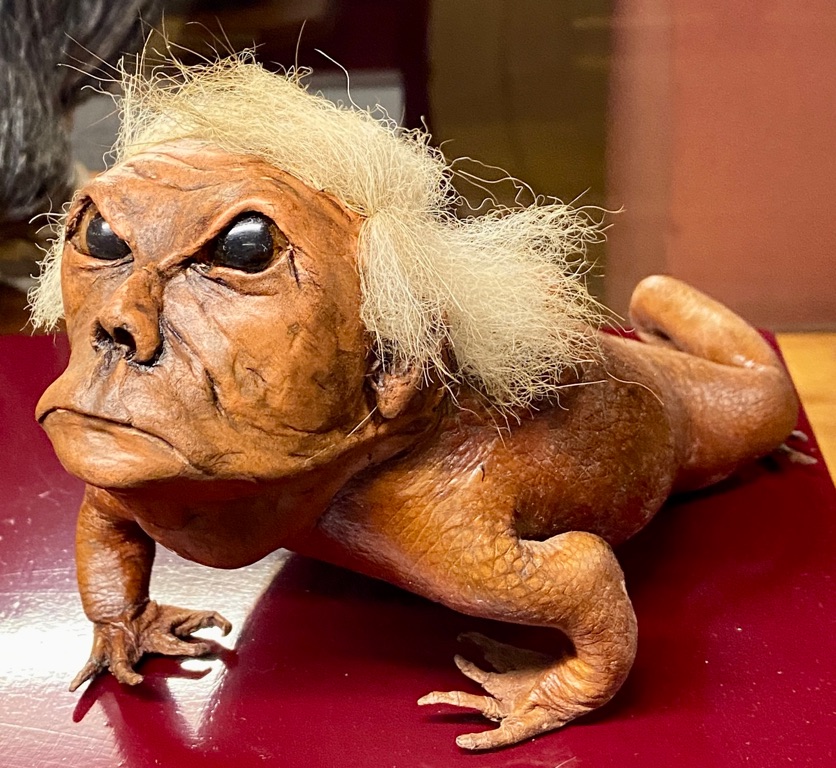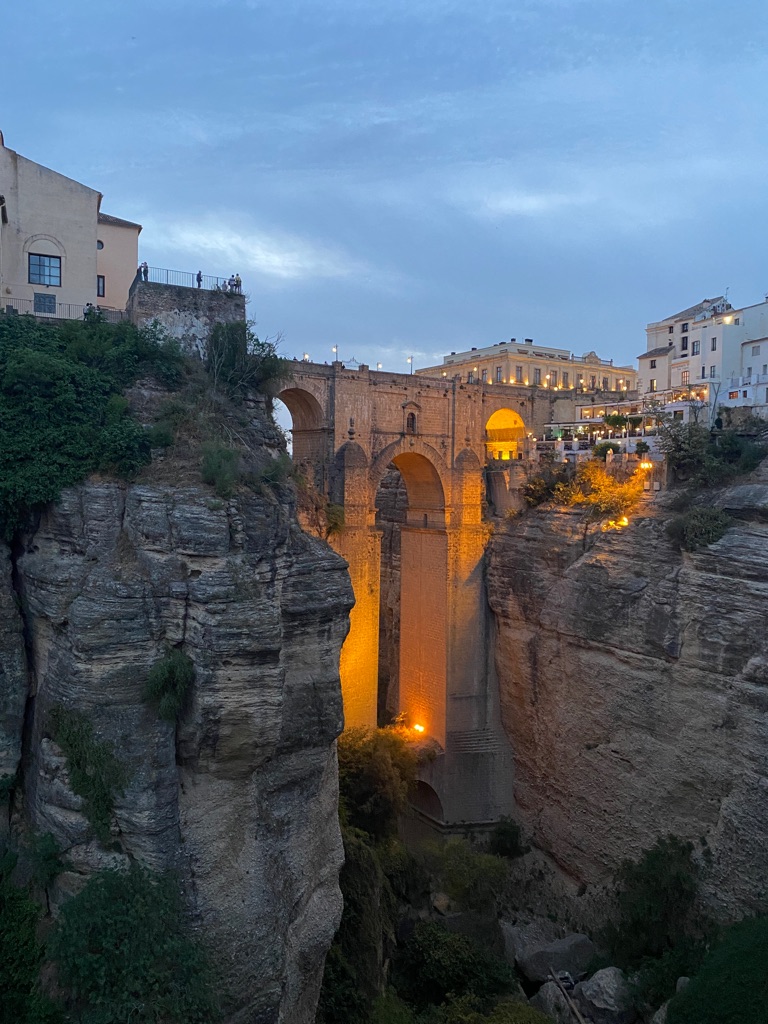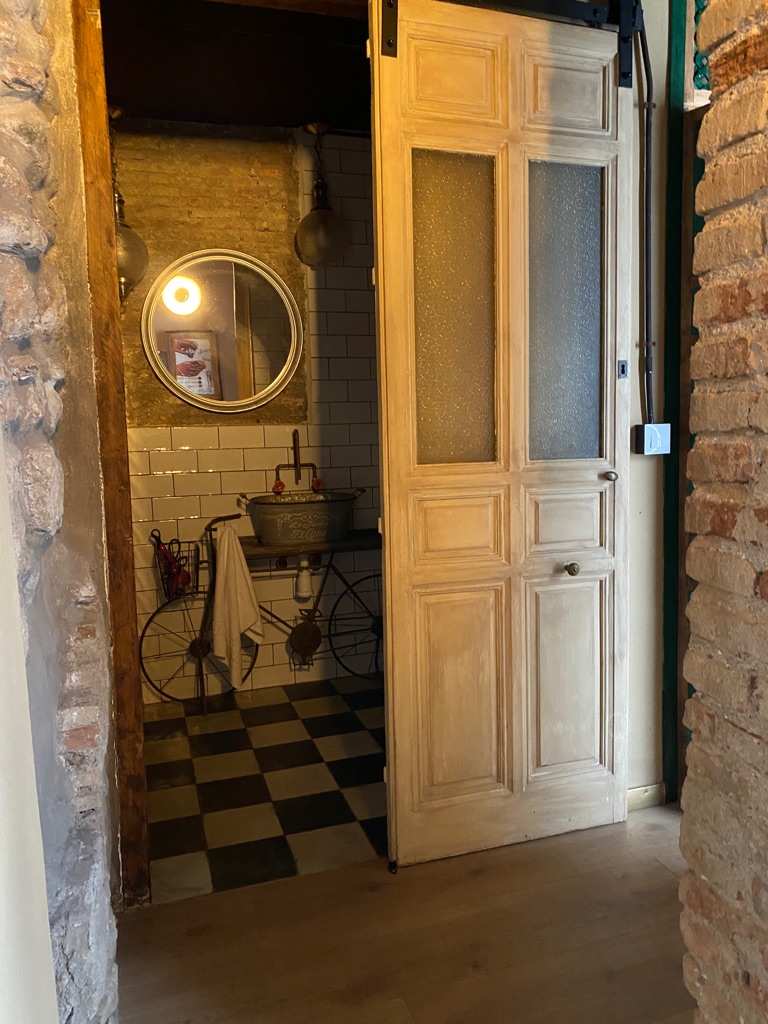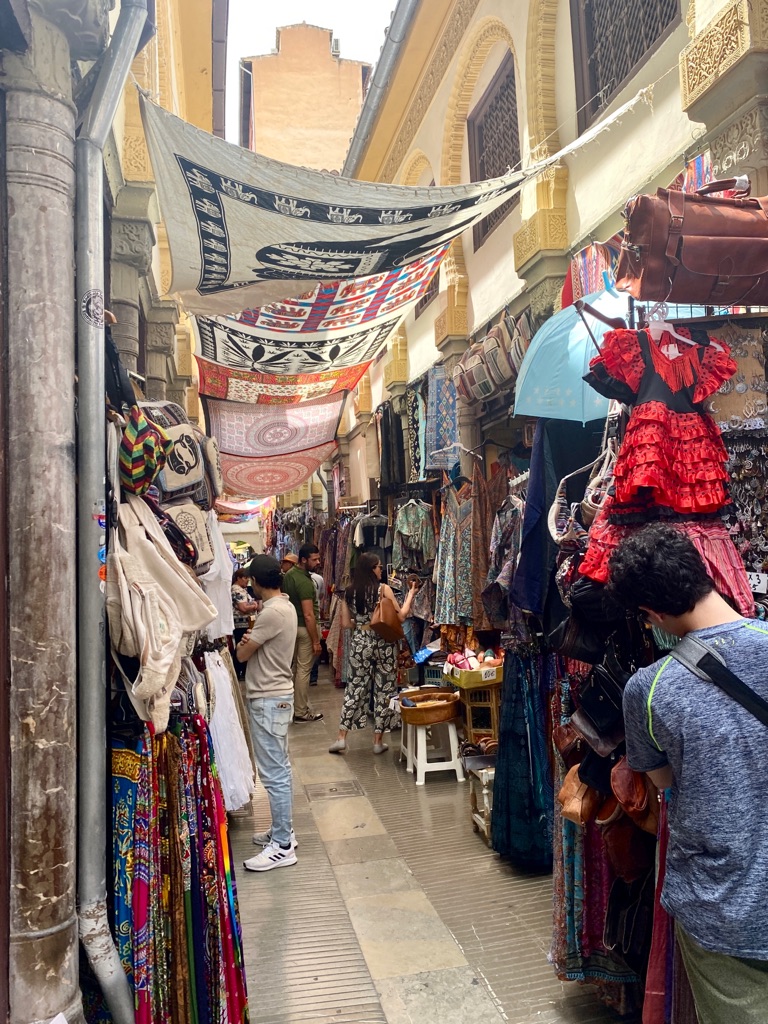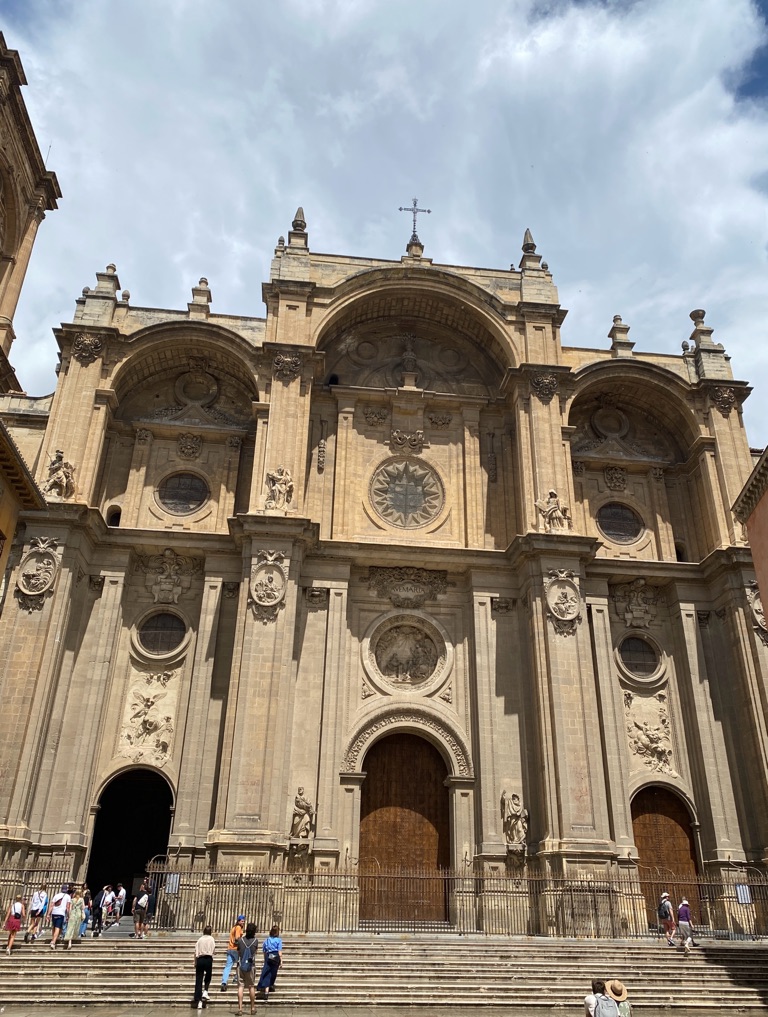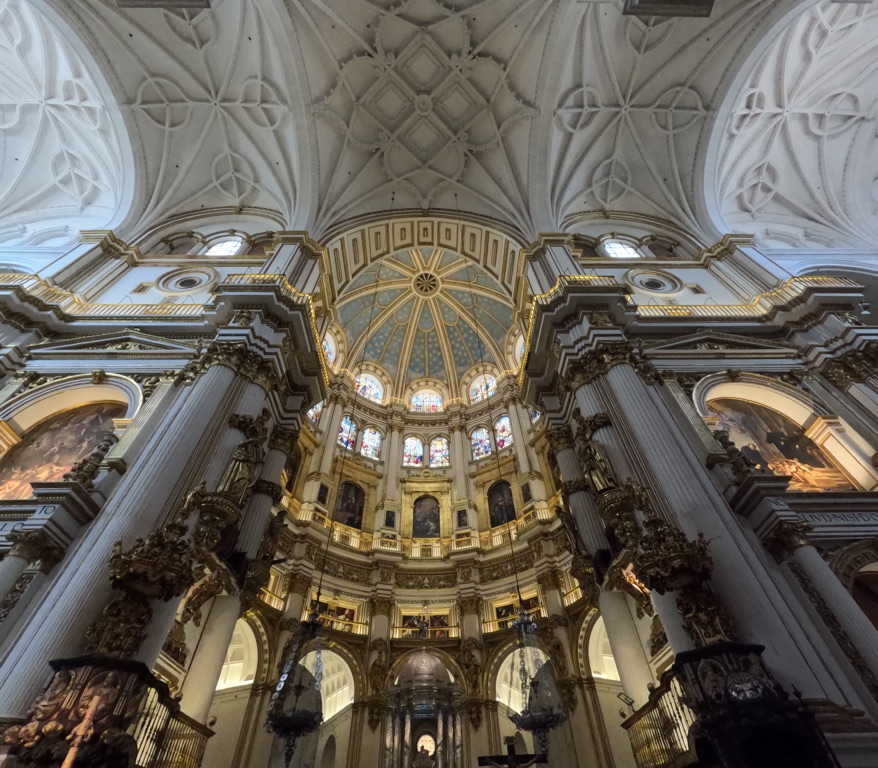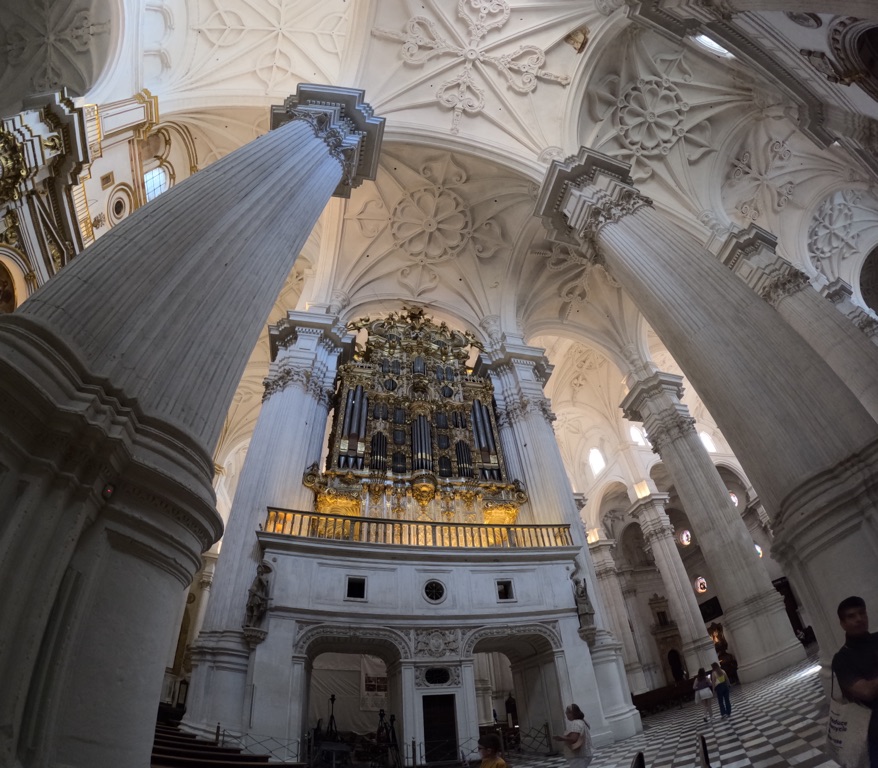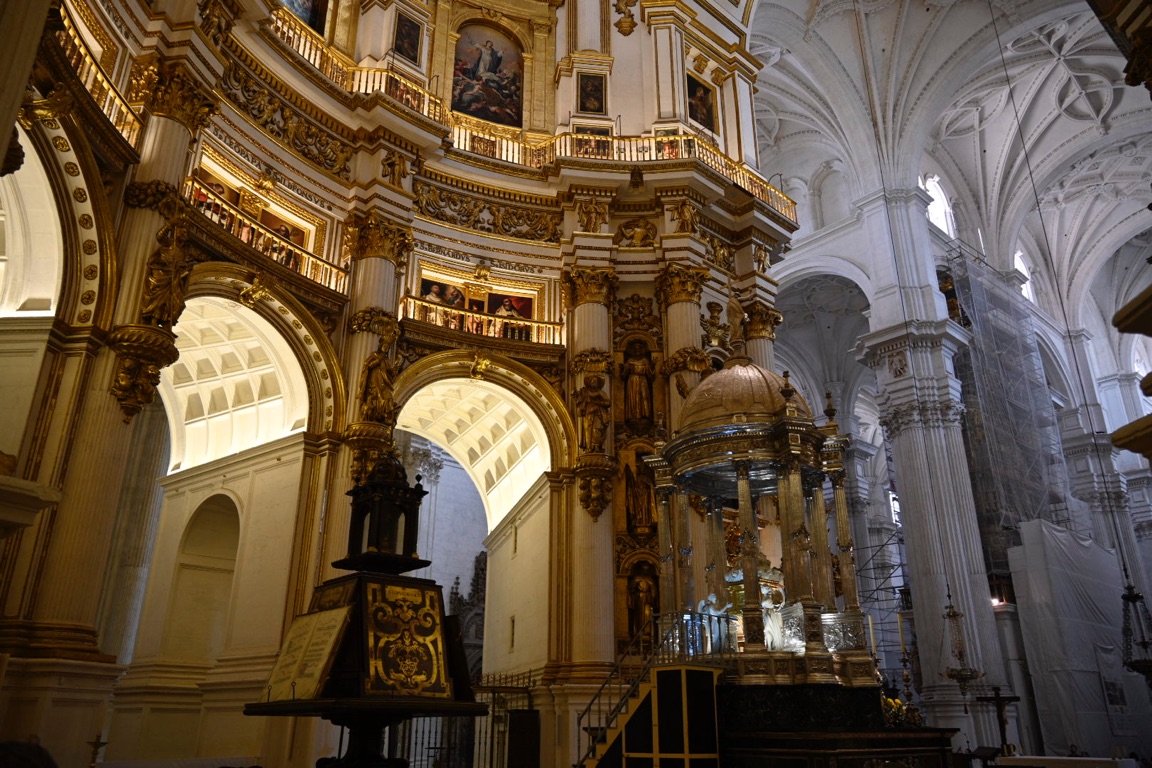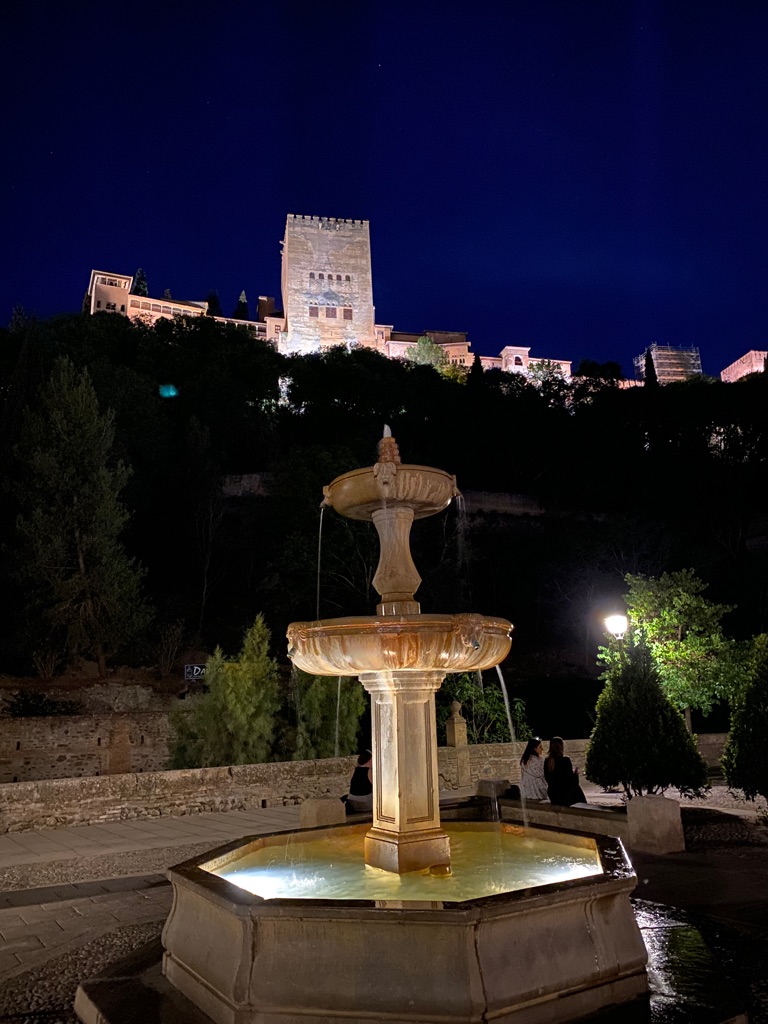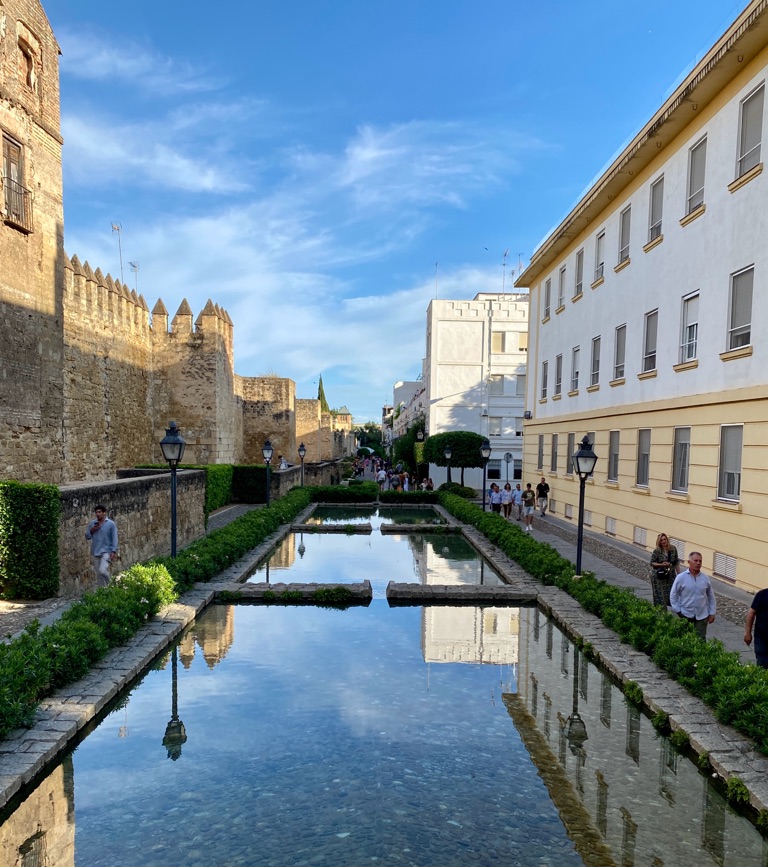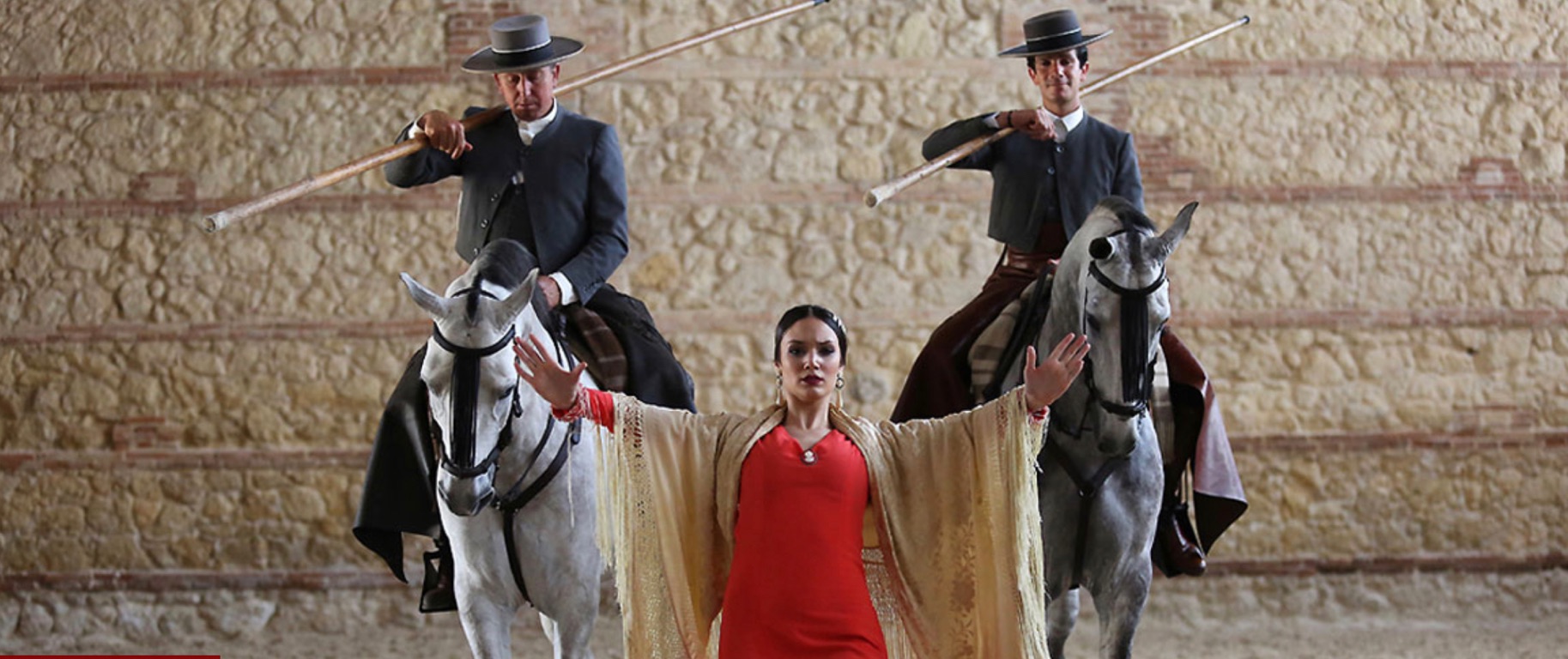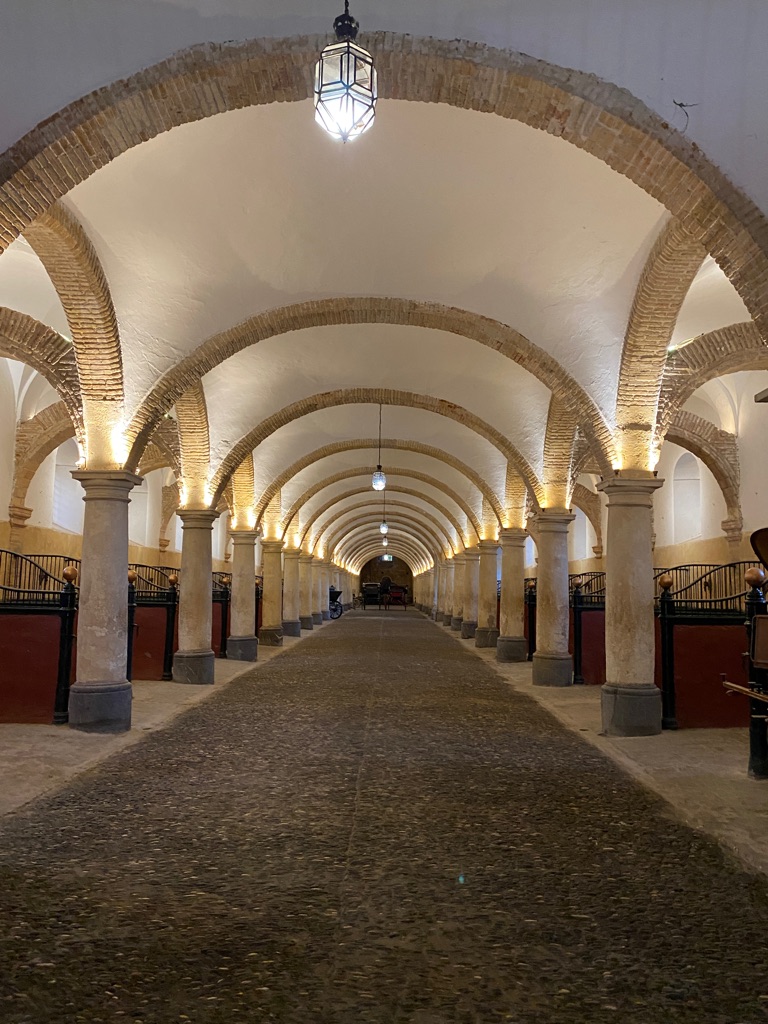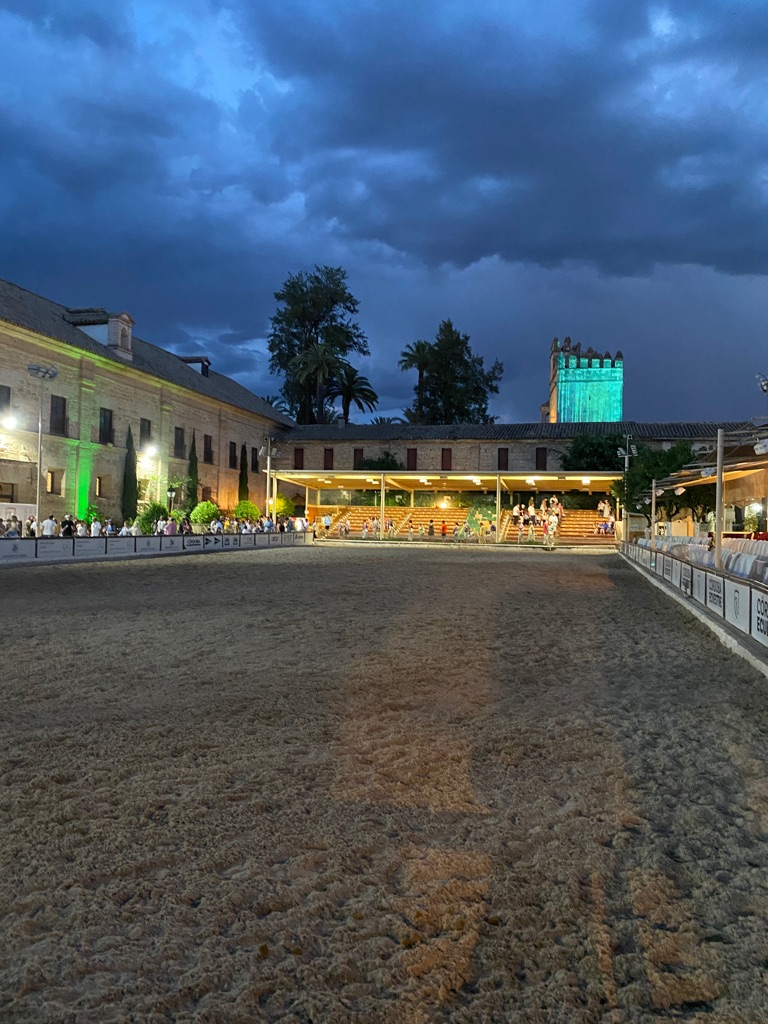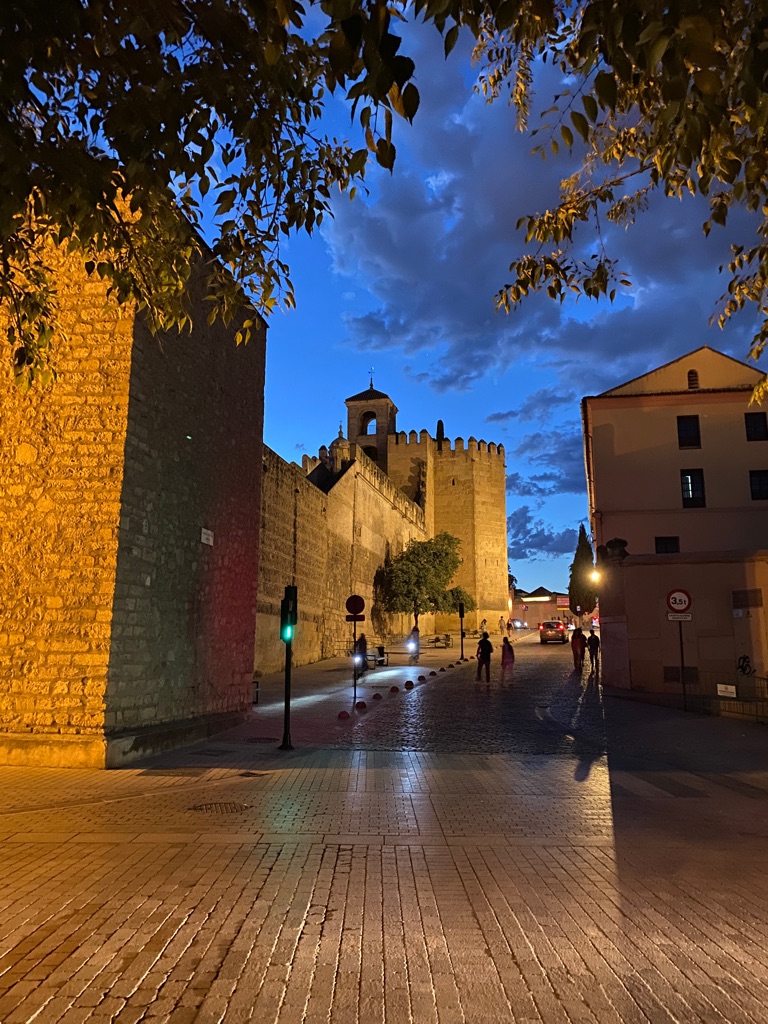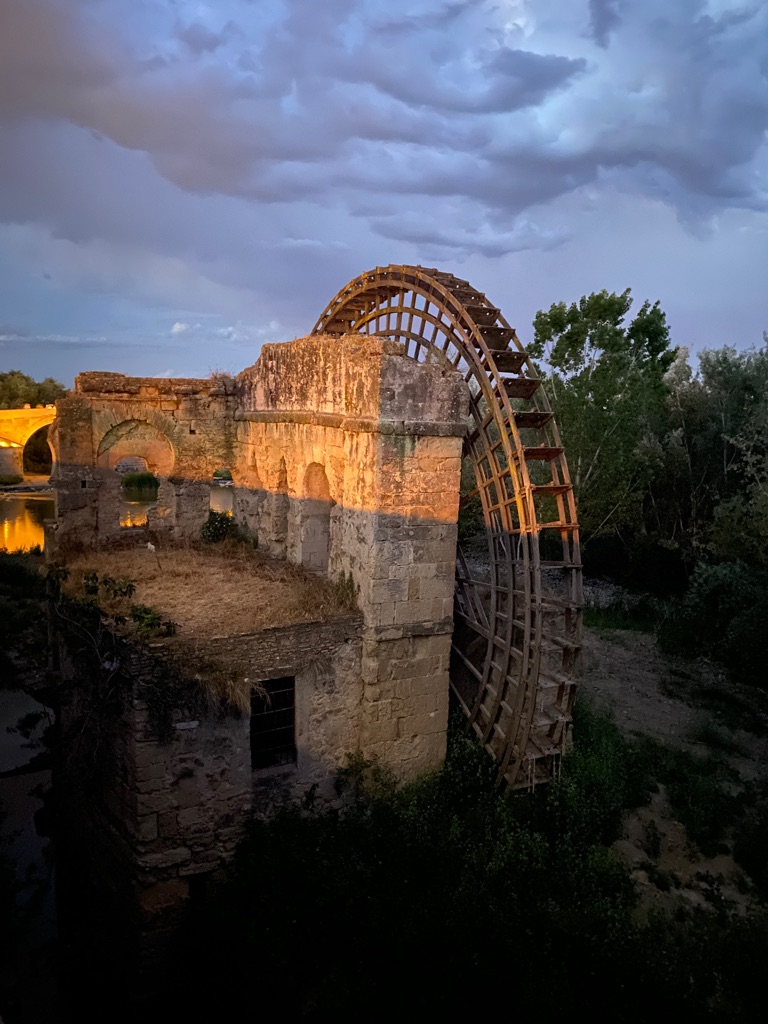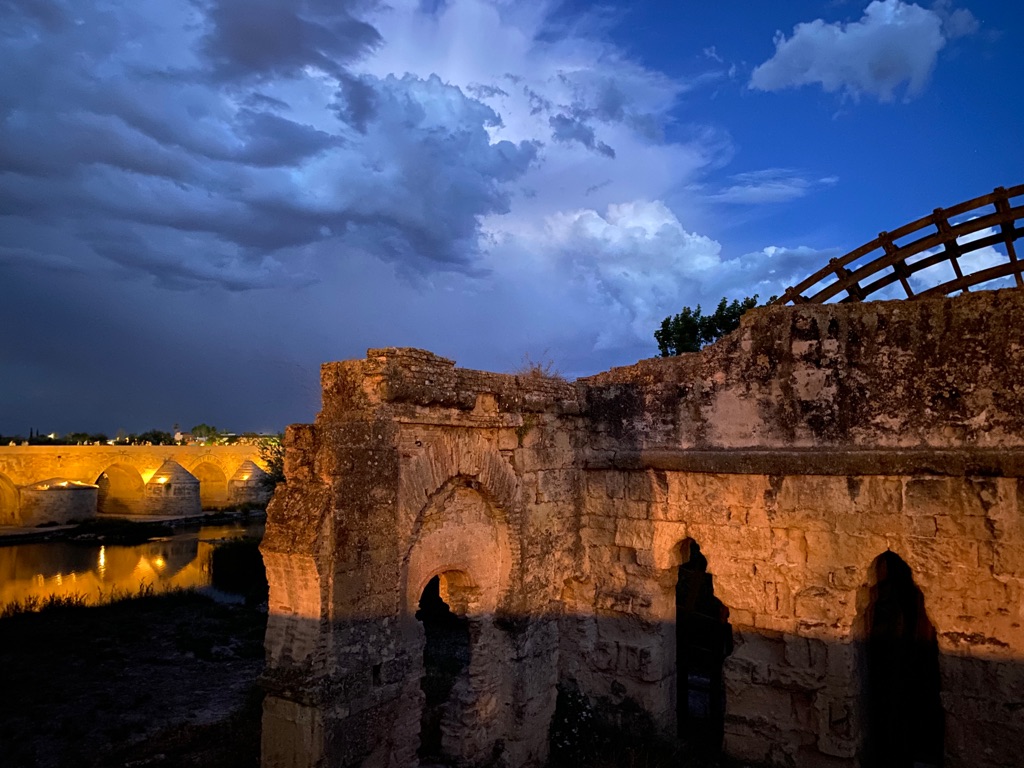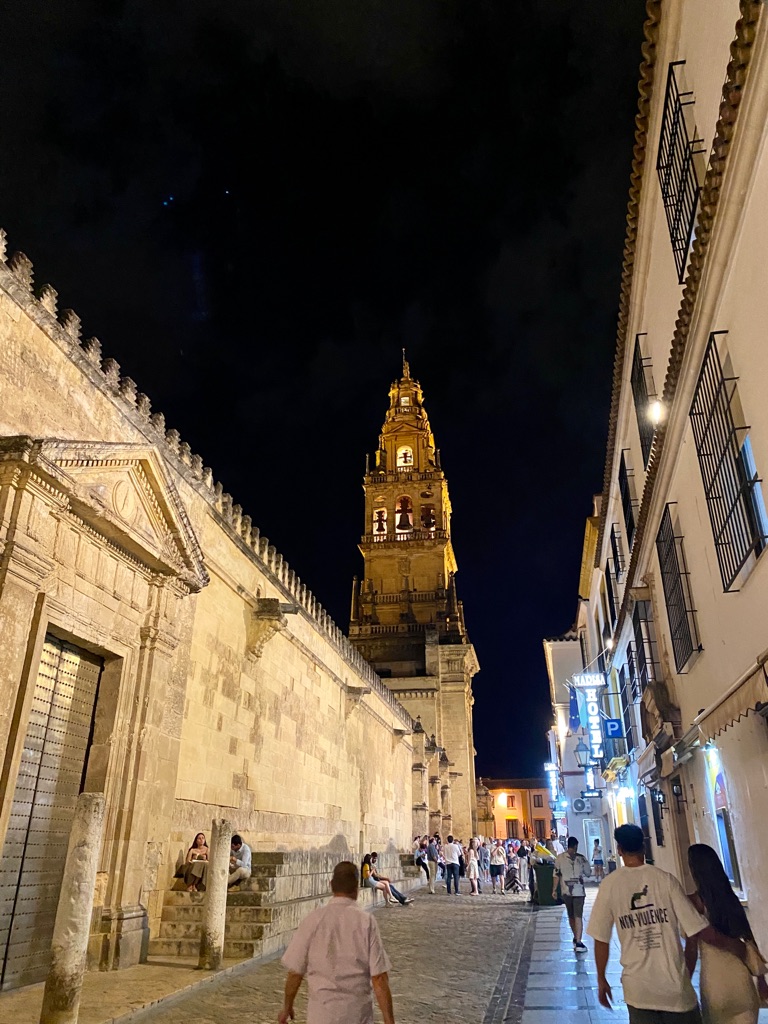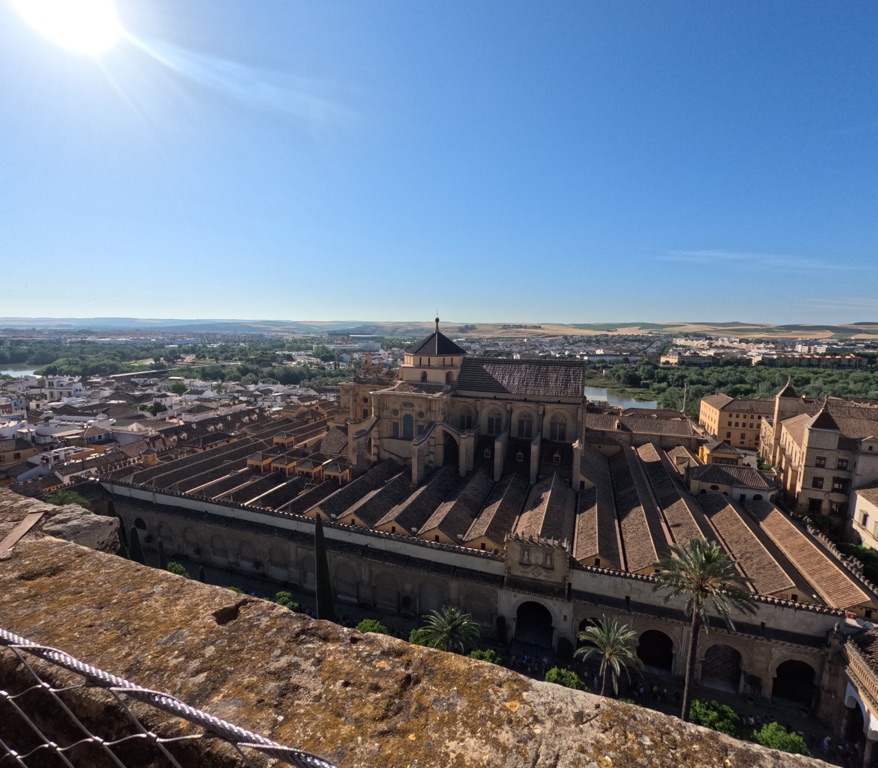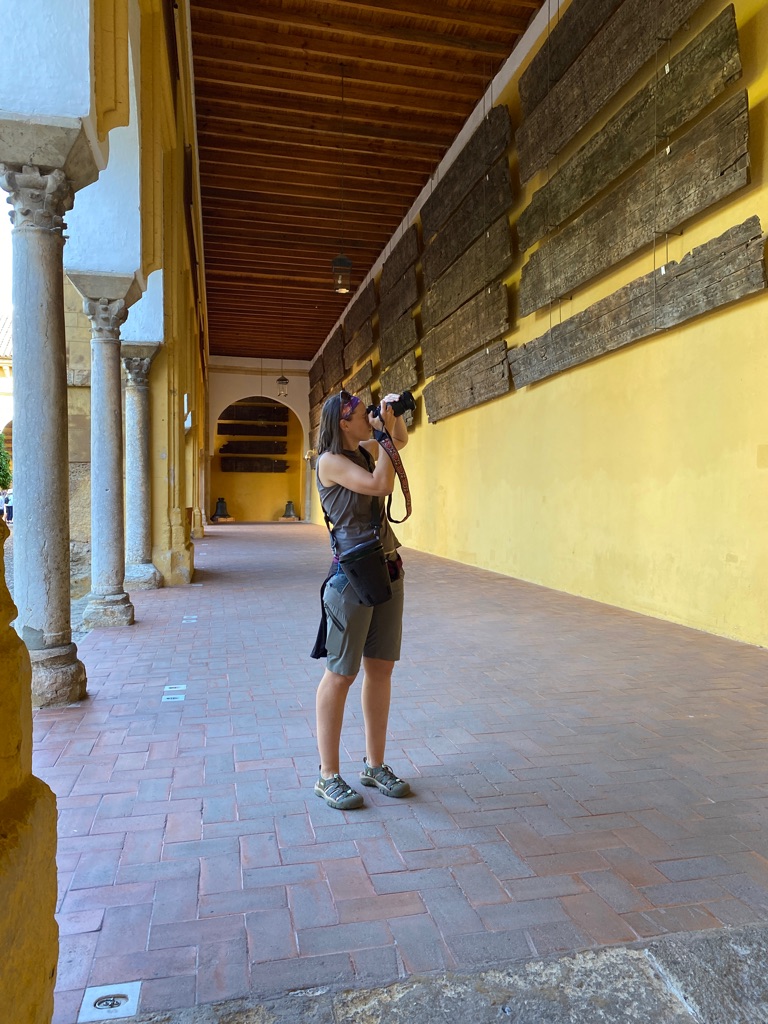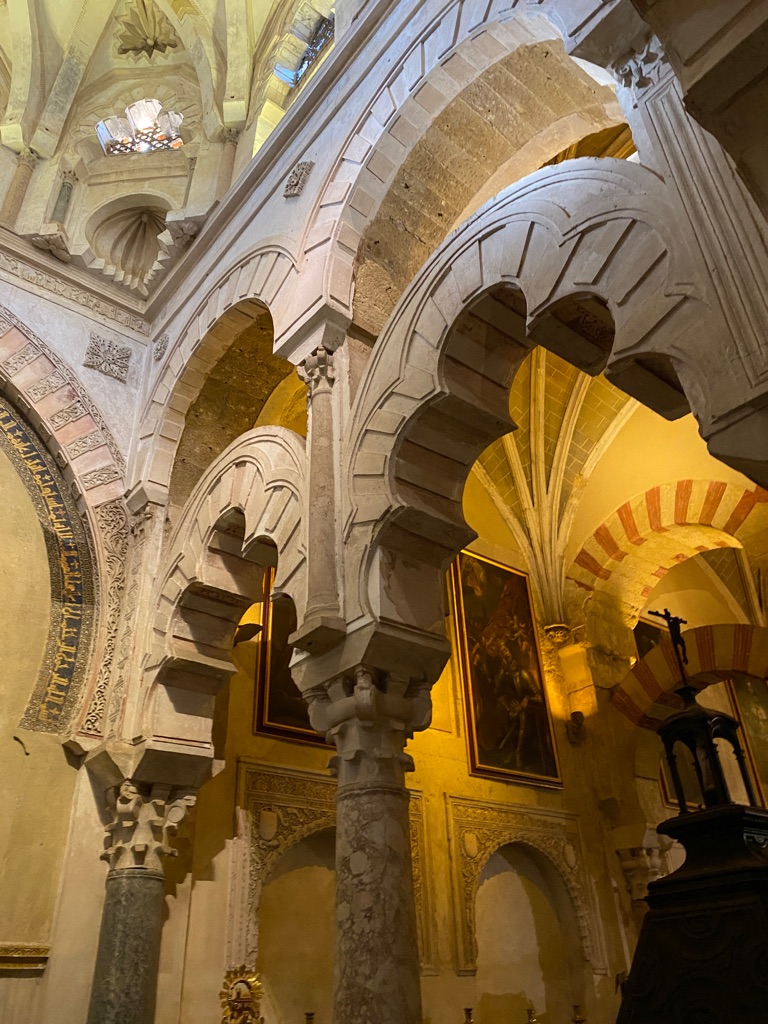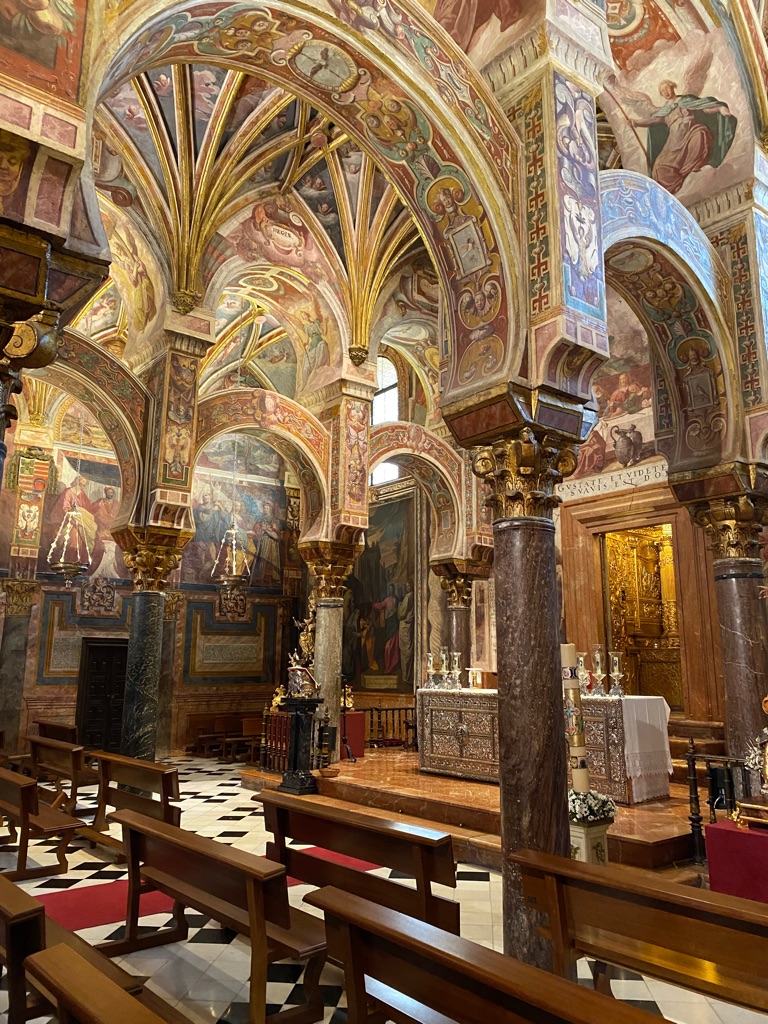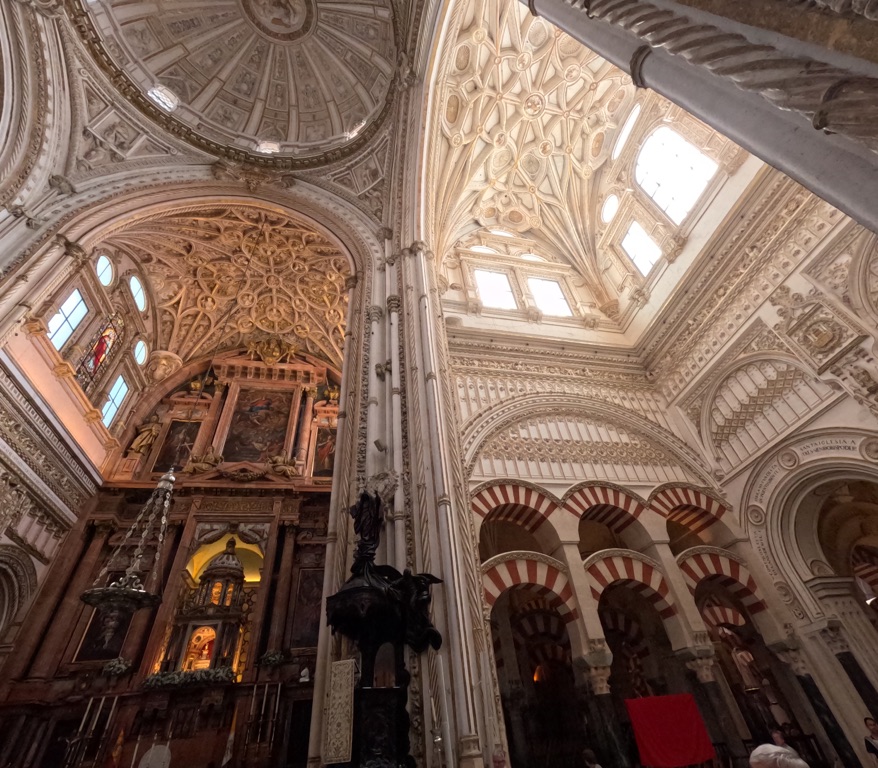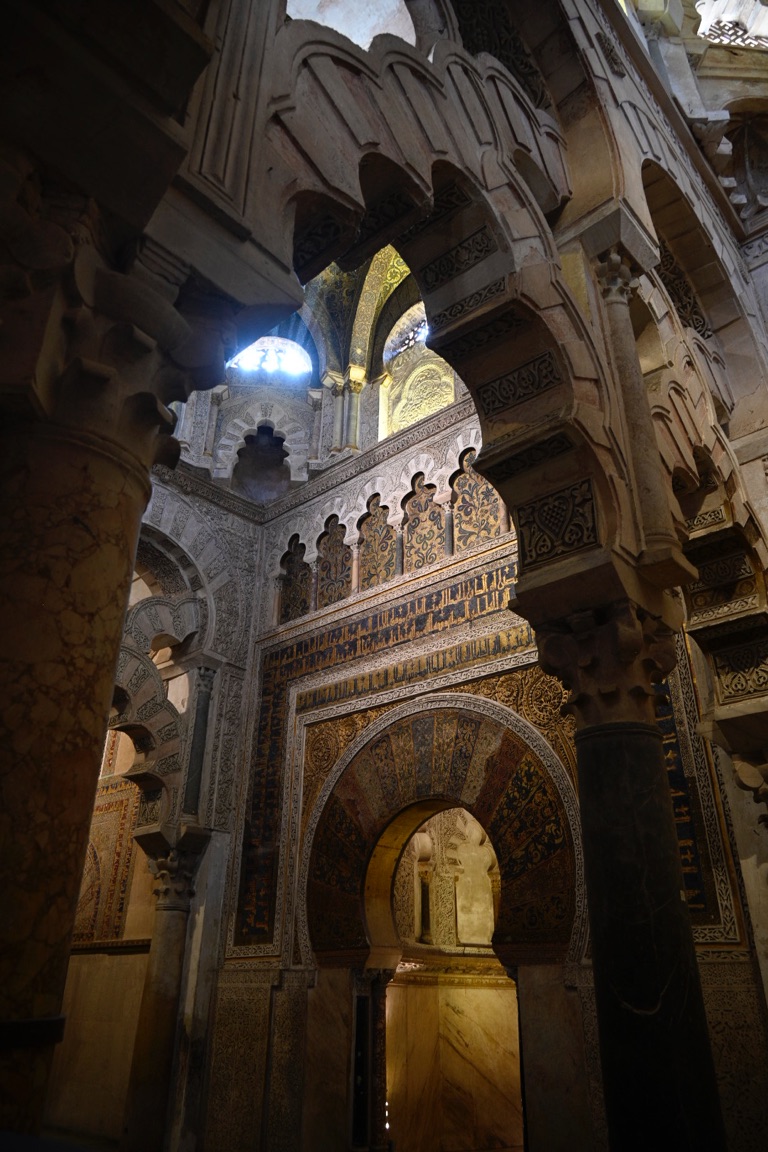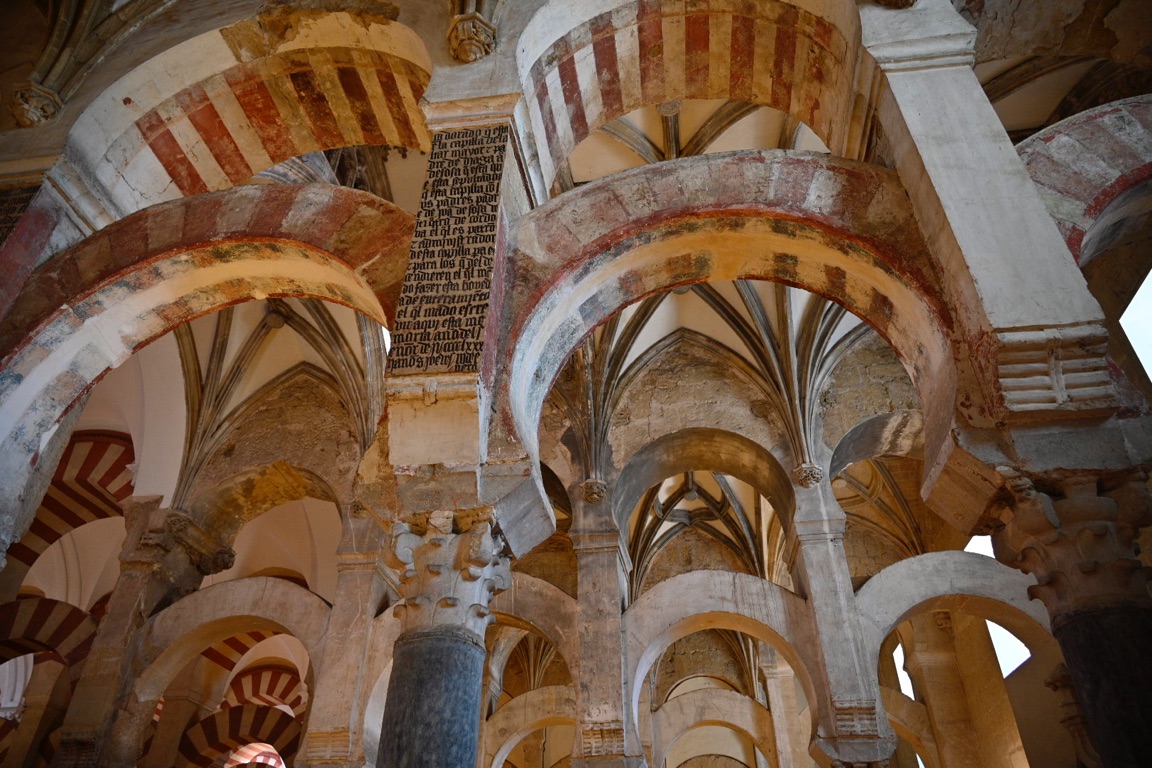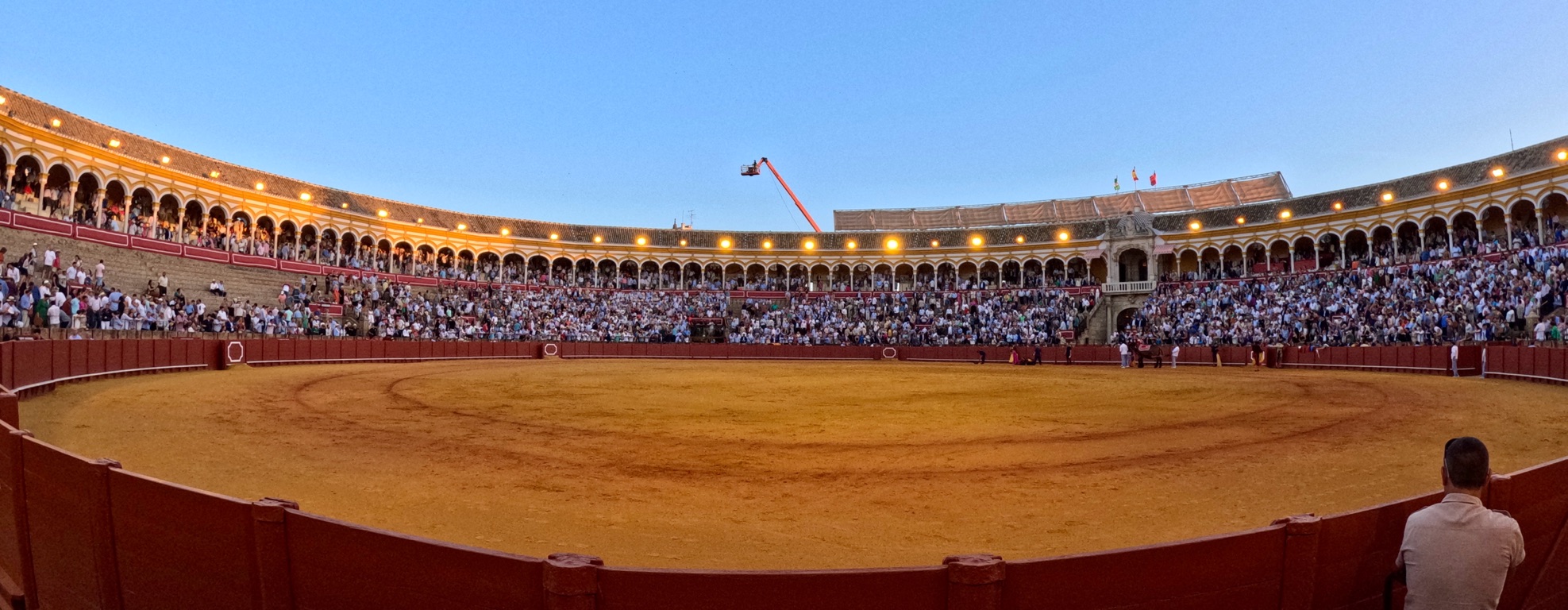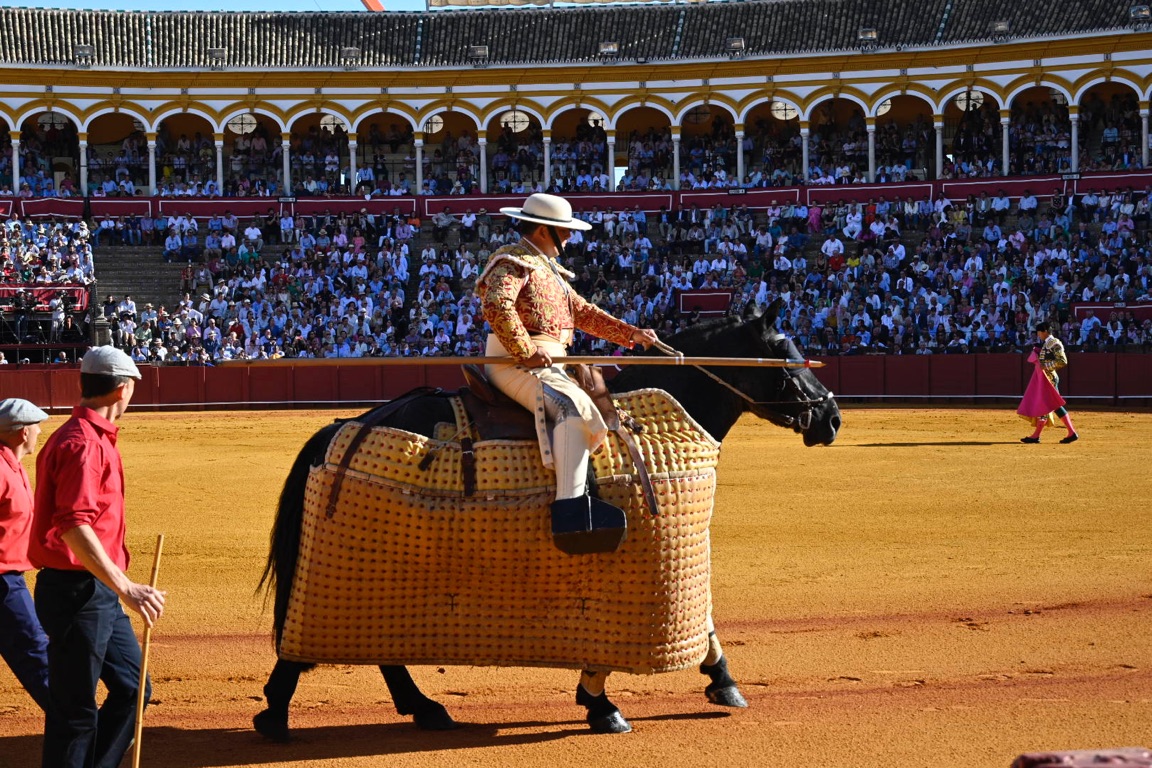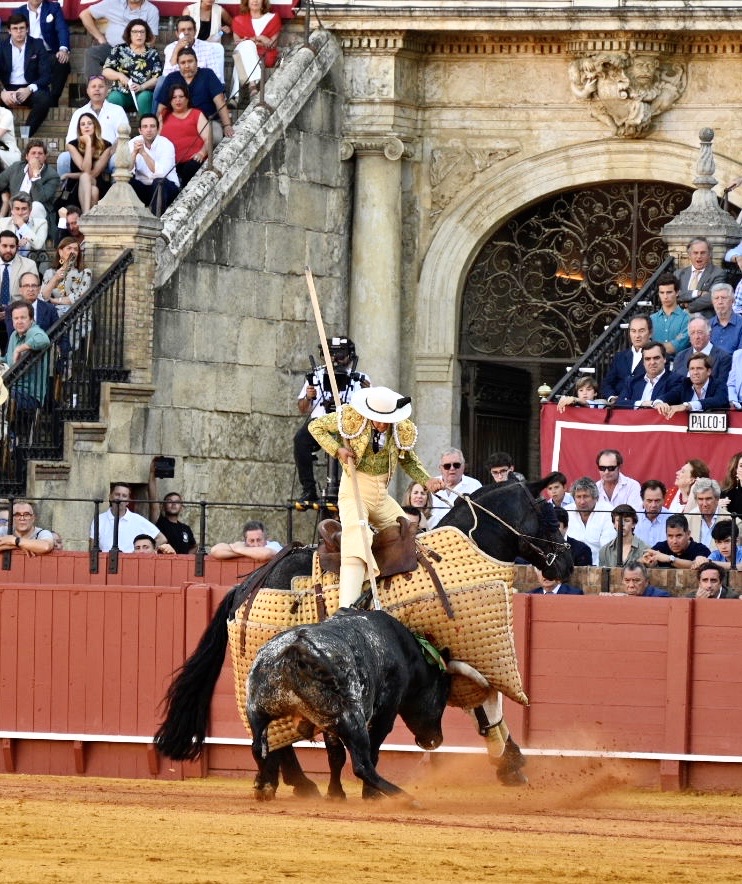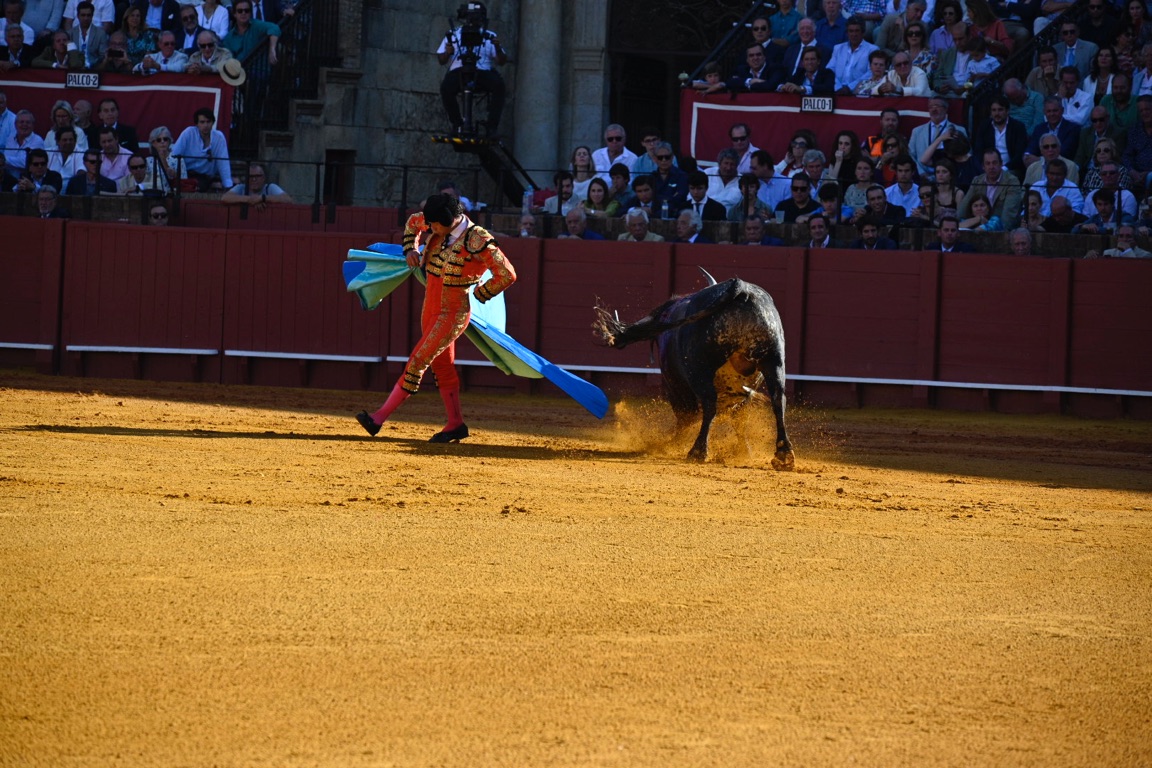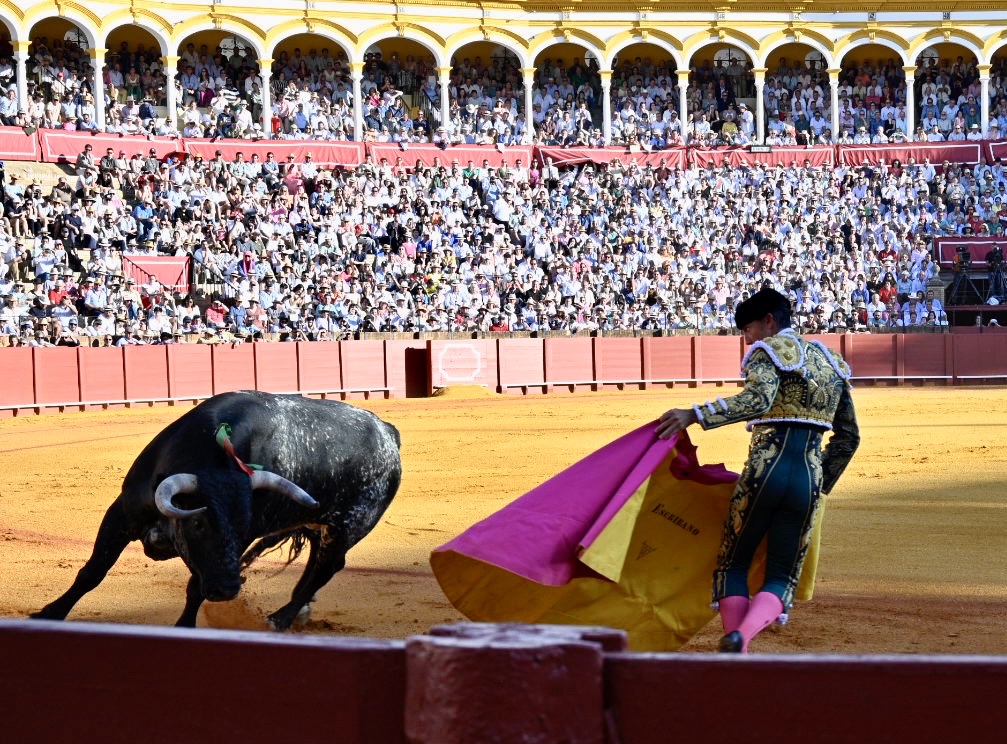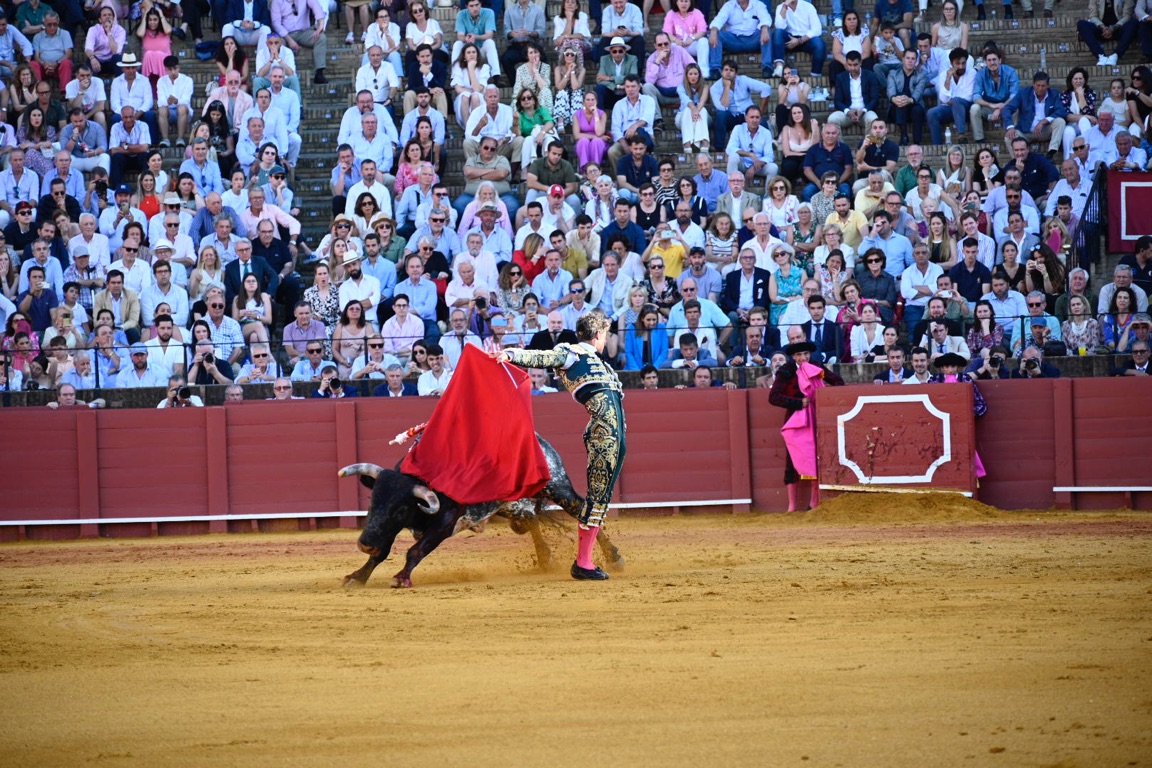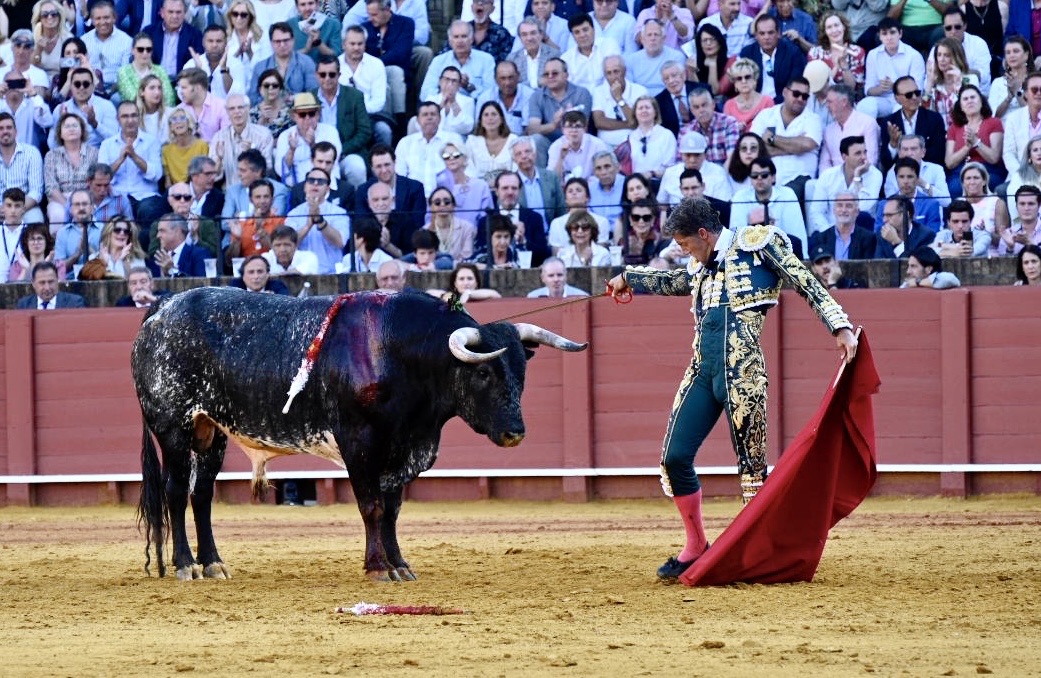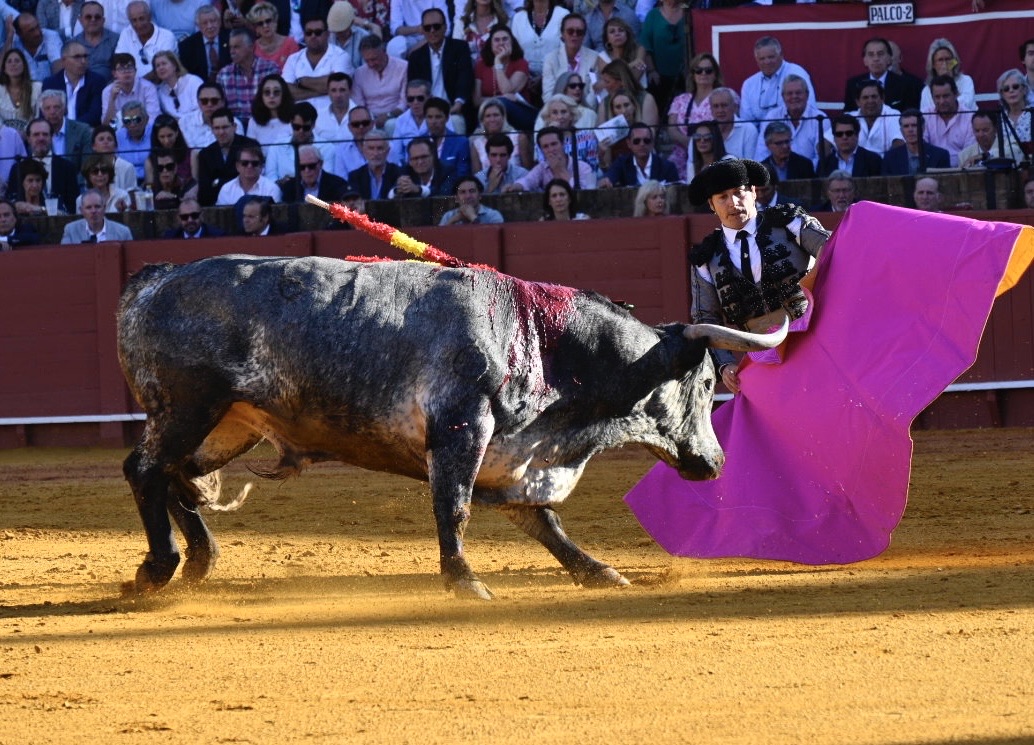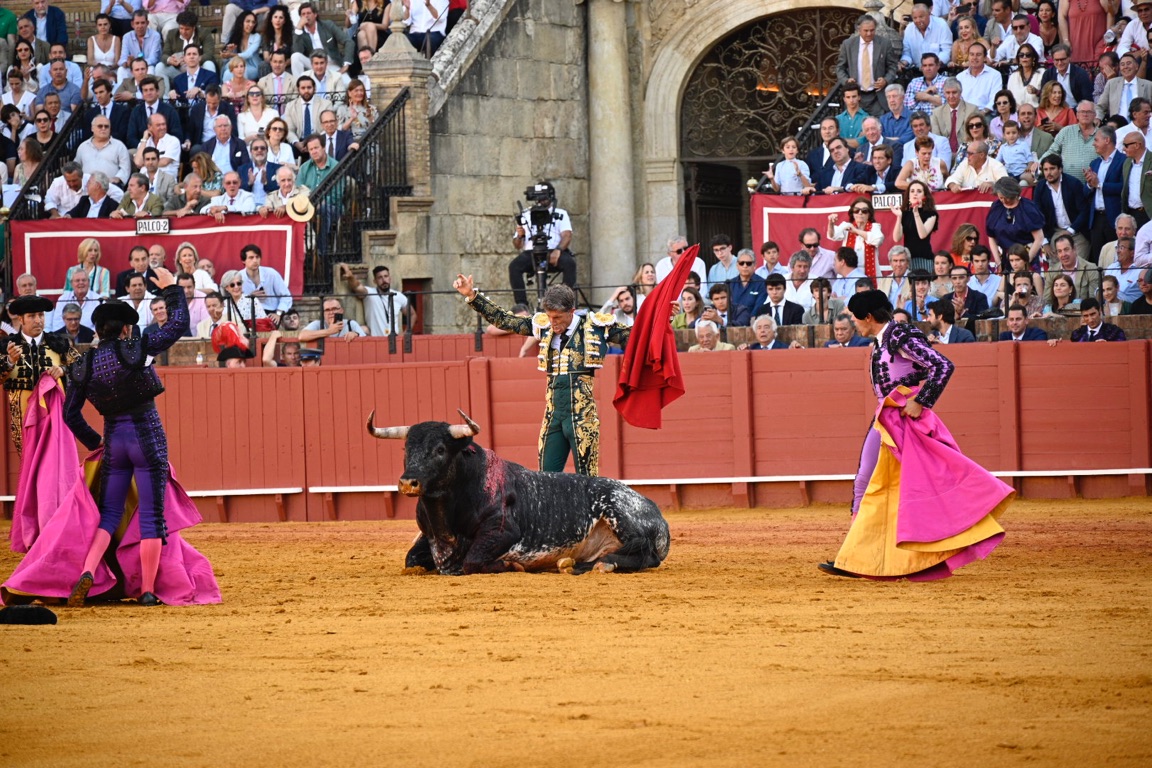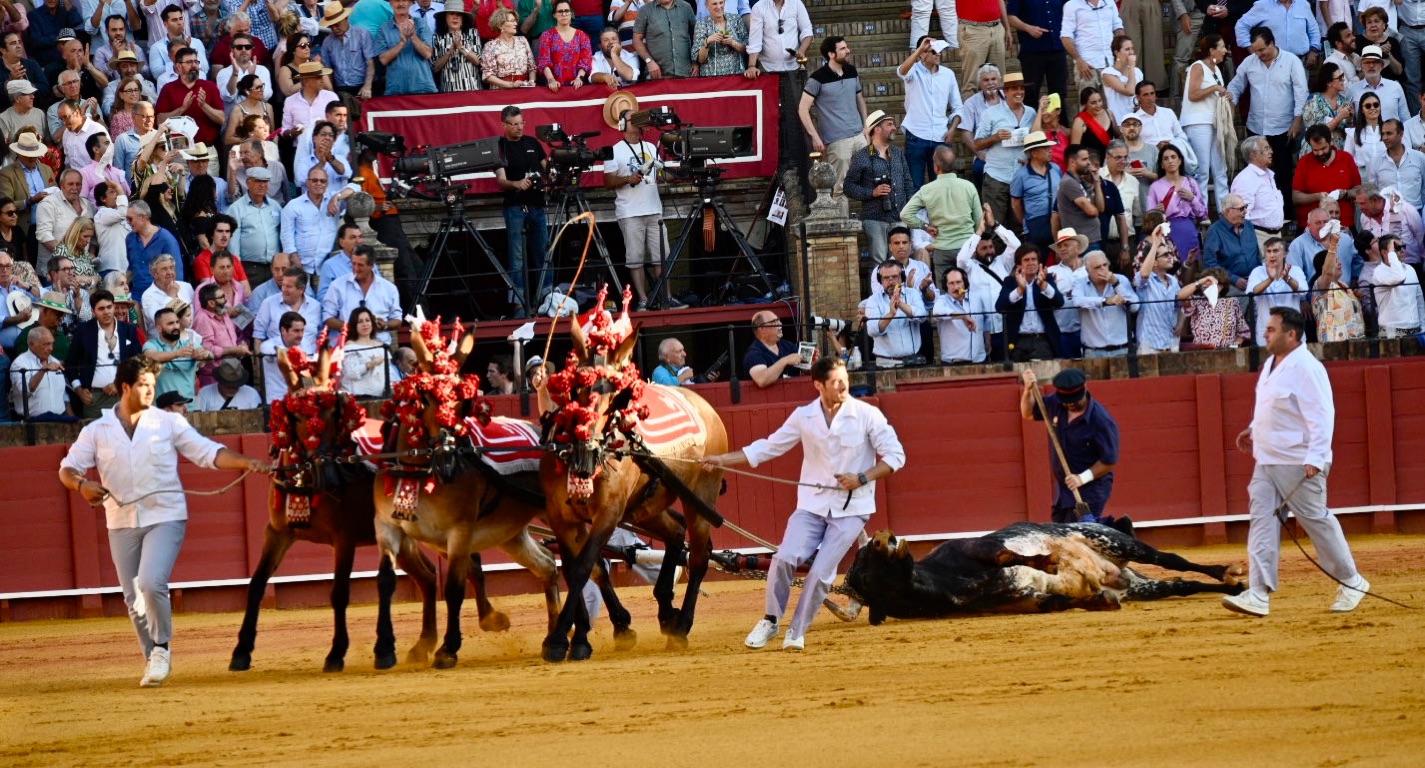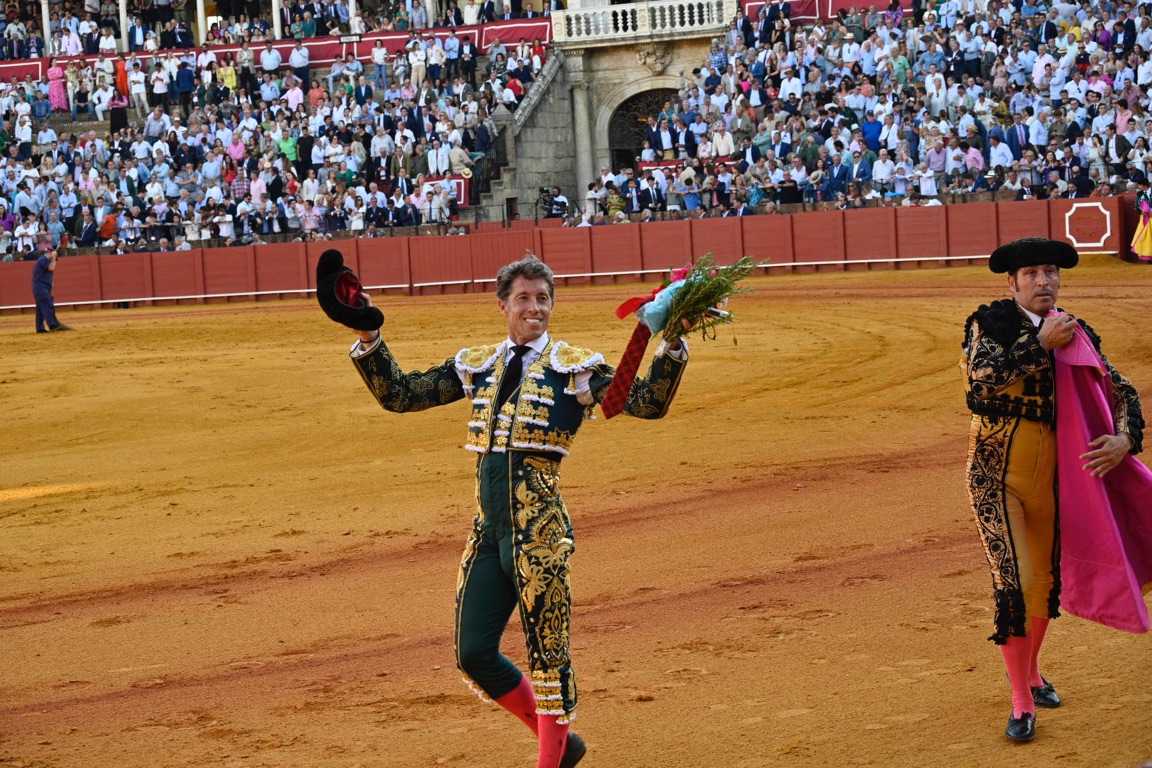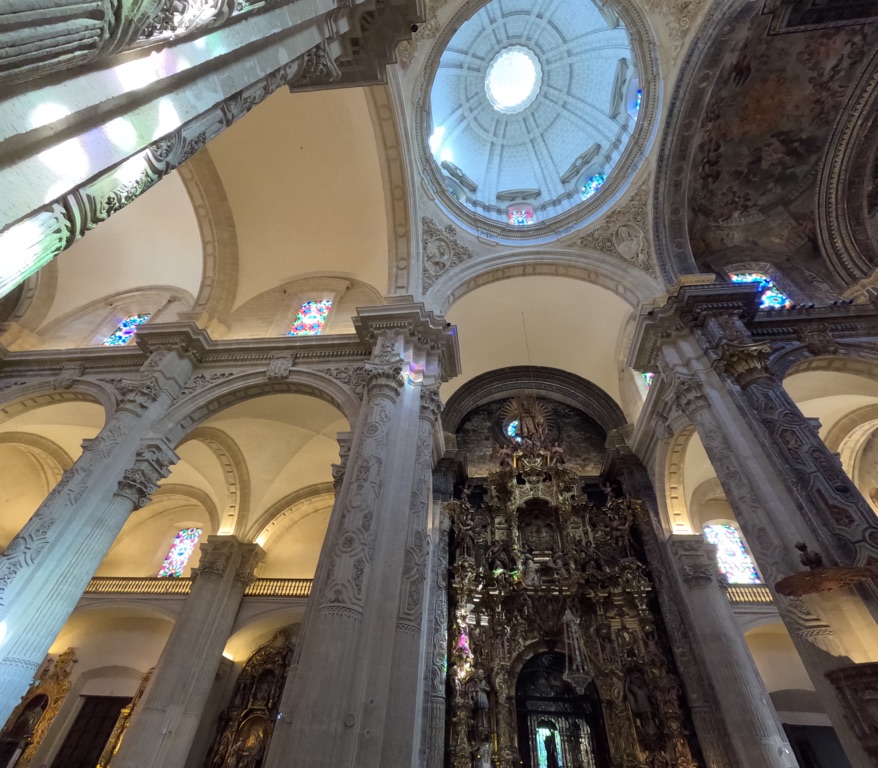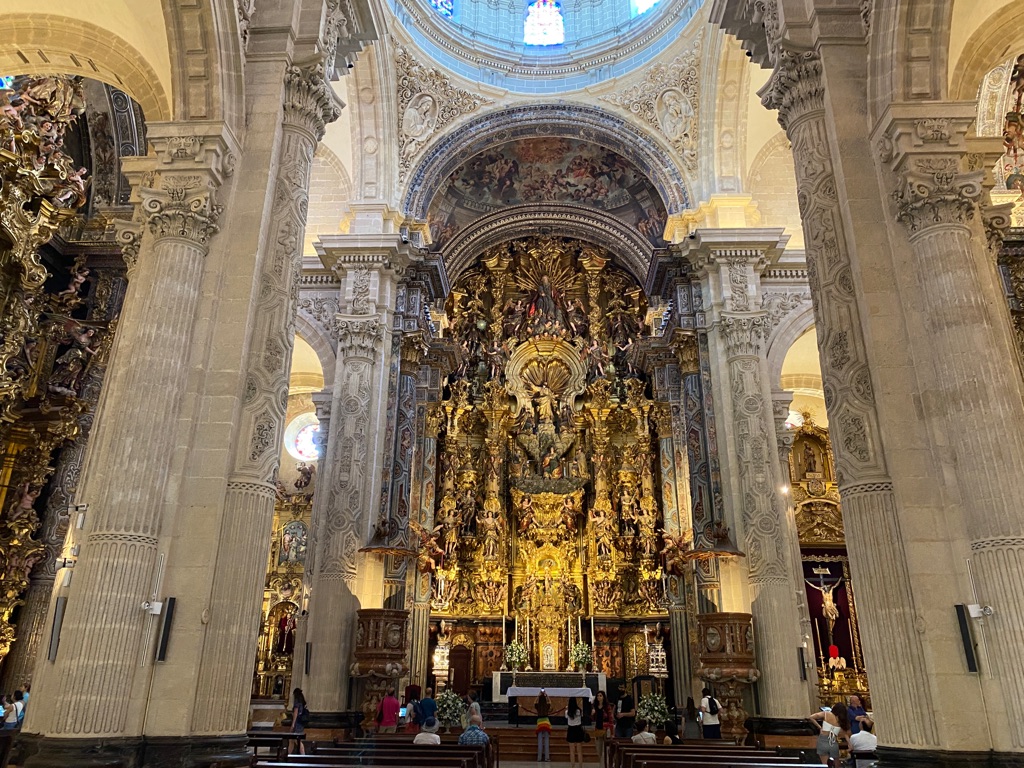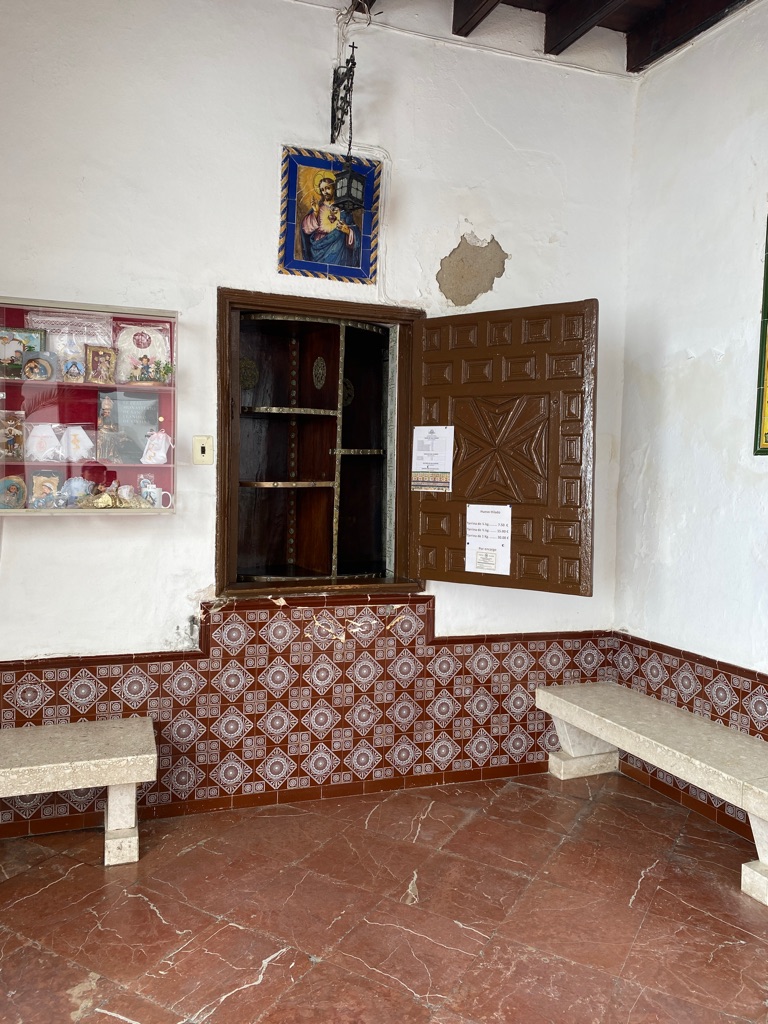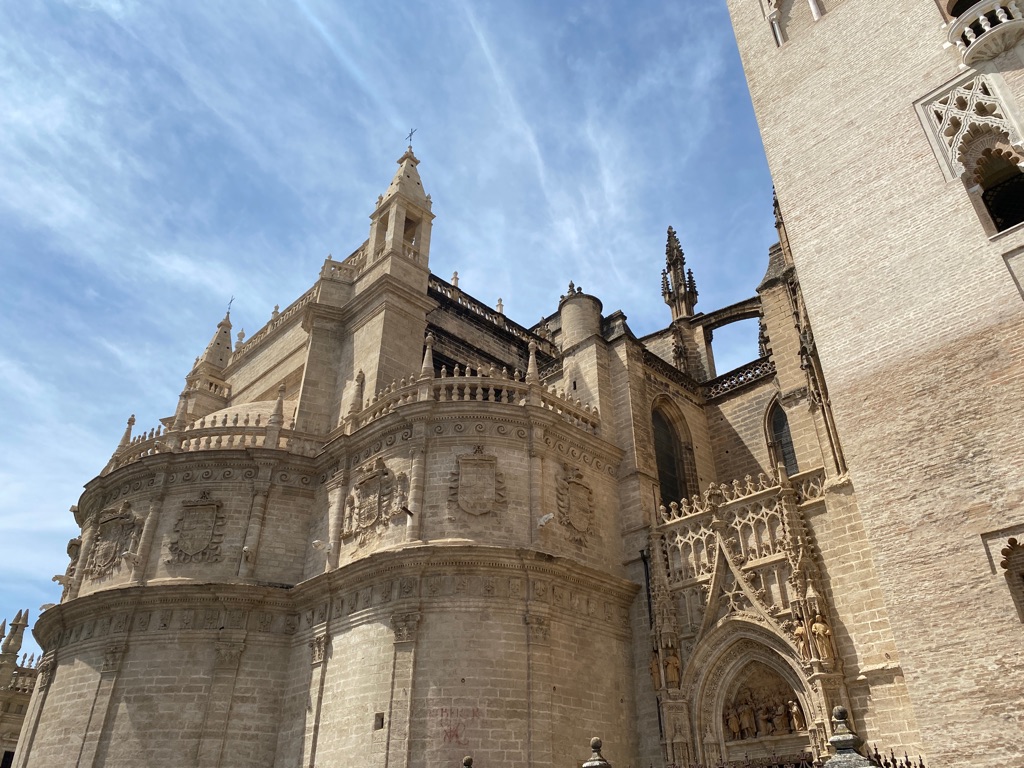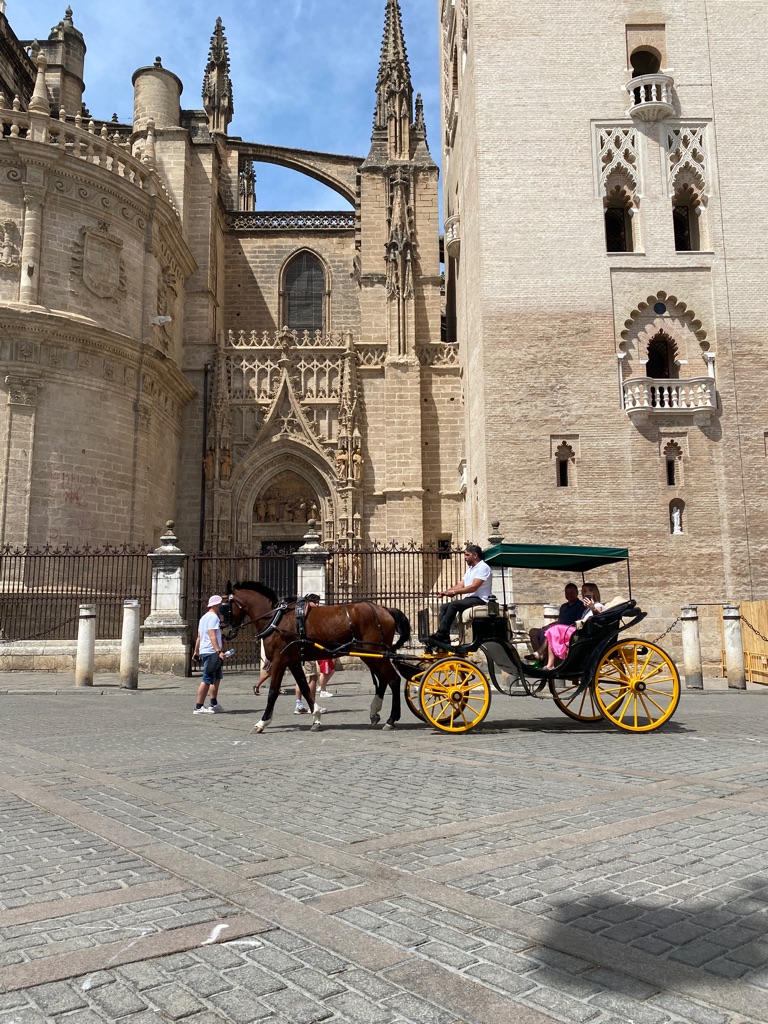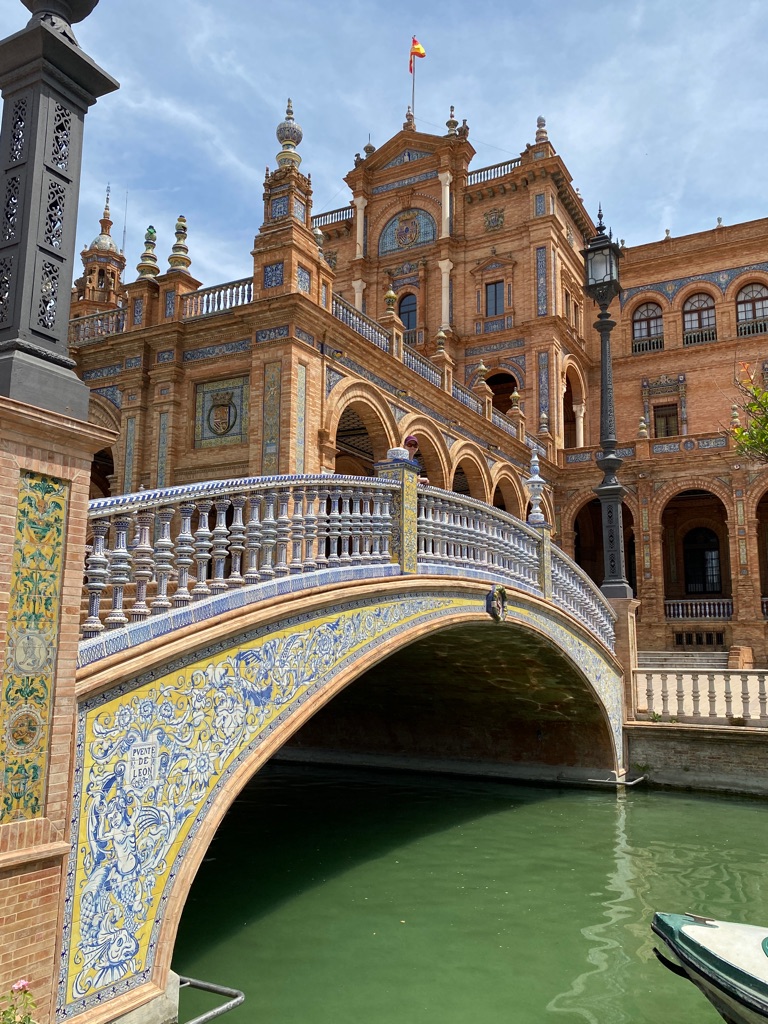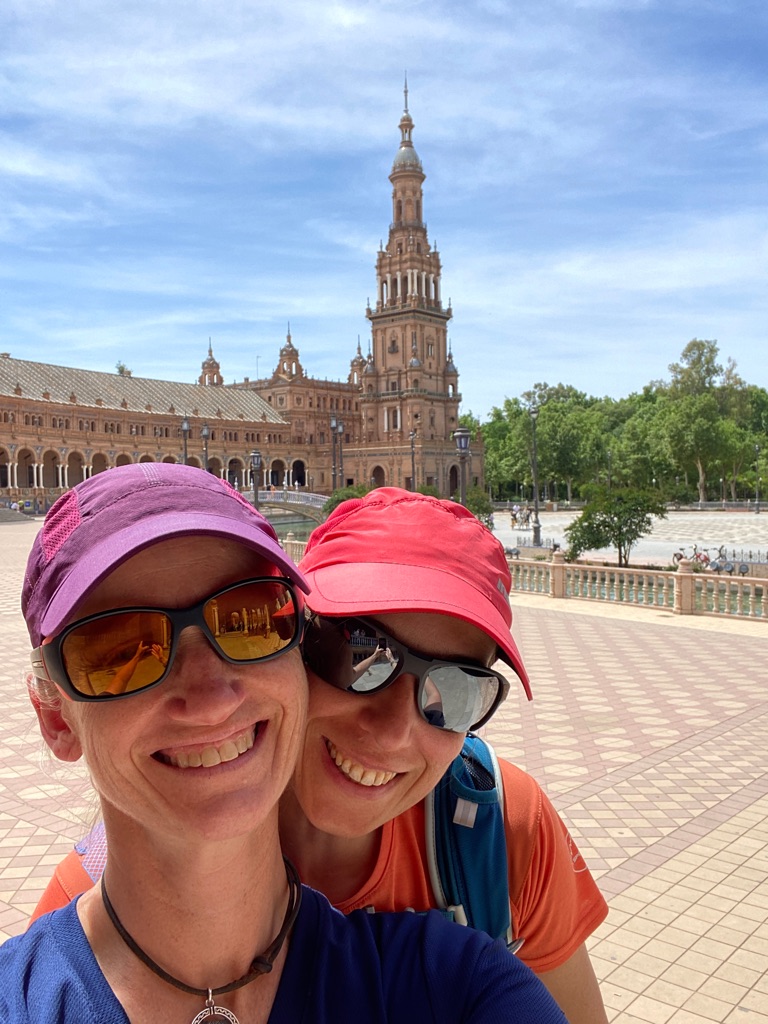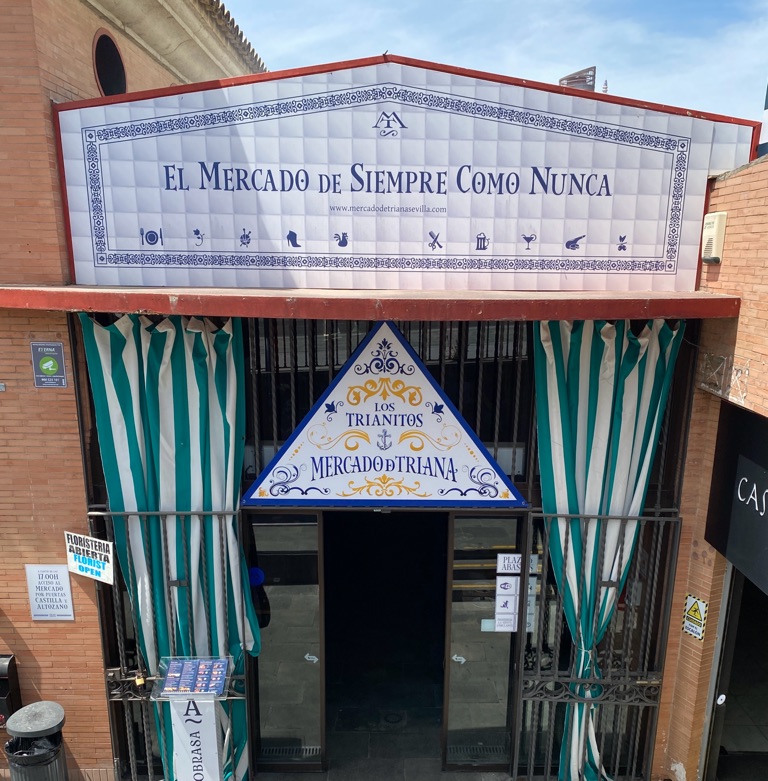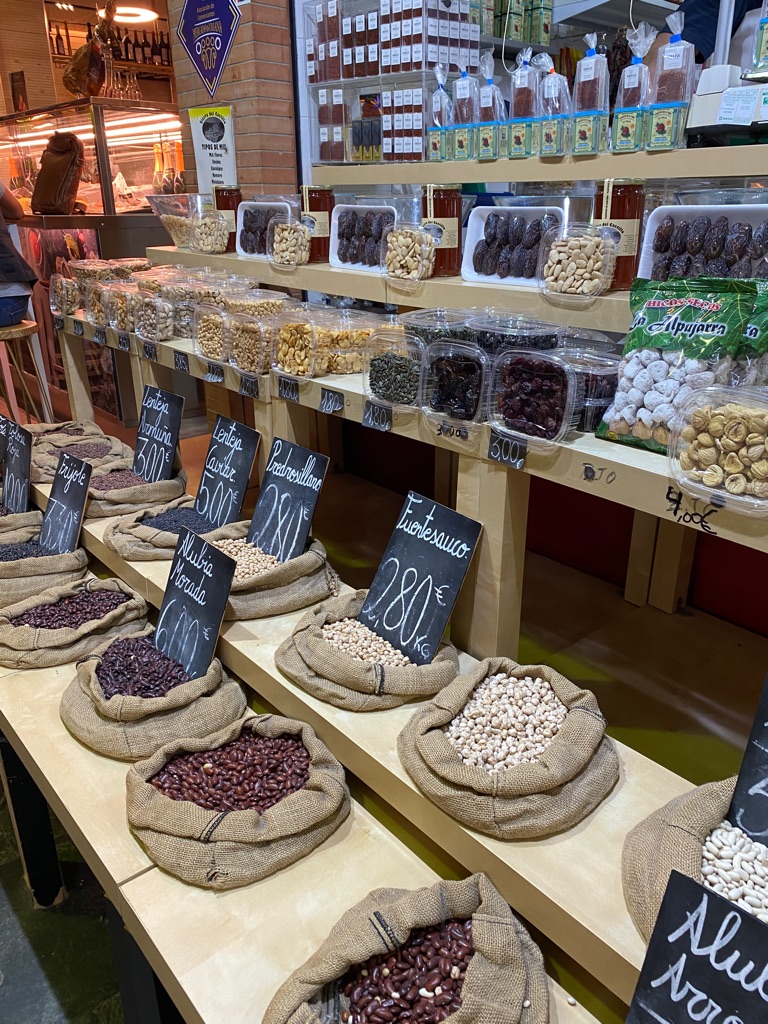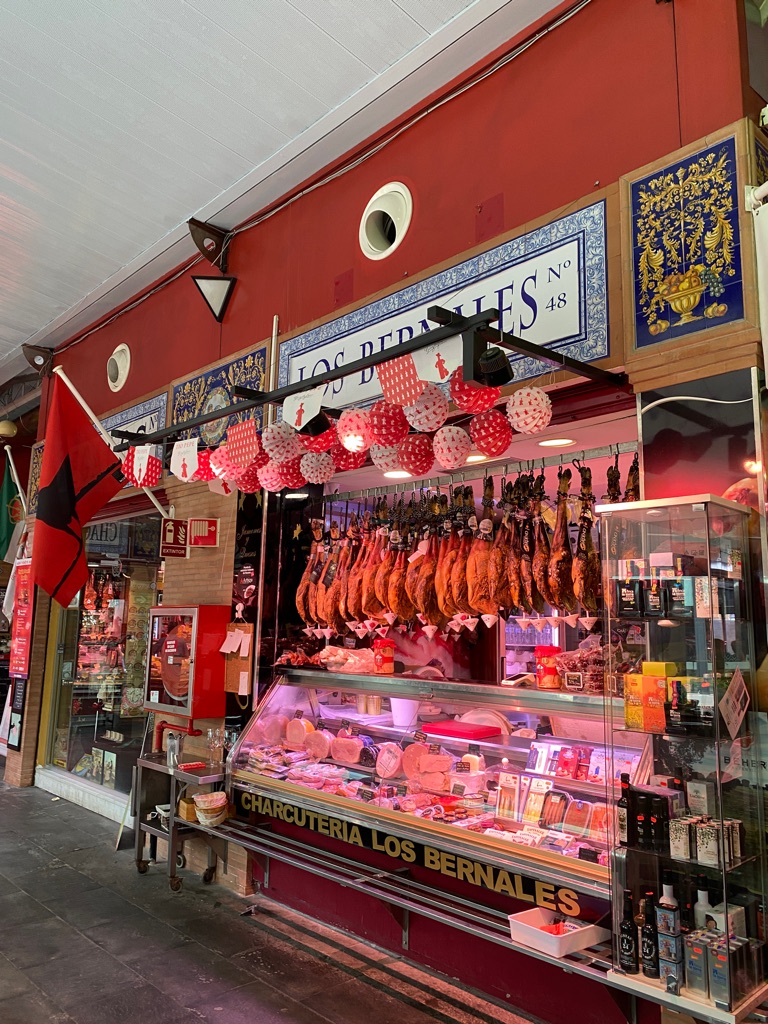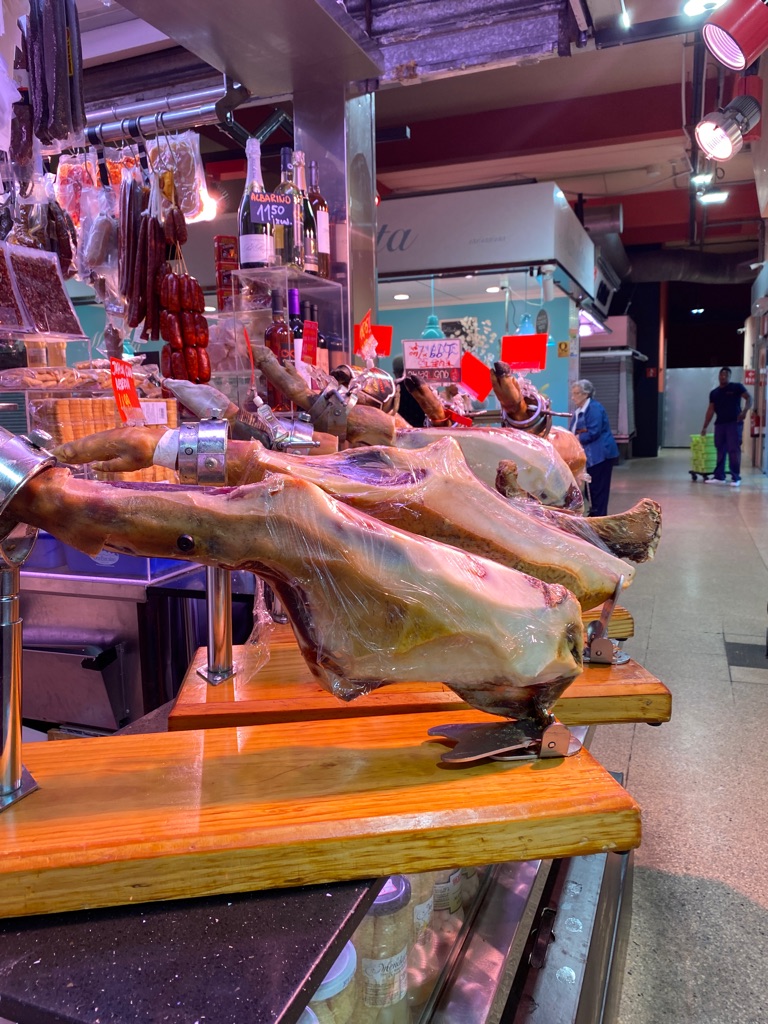Córdoba was on the agenda for the start of today. I had booked tickets for Córdoba Cathedral bell tower at 9:30 and the Central Cathedral for 10:00am. I had visited here back in 2014 and it was a must to come back for a visit.
Cathedral of Córdoba Bell tower
The Mosque–Cathedral of Córdoba, officially known by its ecclesiastical name of Cathedral of Our Lady of the Assumption is the cathedral of the Roman Catholic Diocese of Córdoba dedicated to the Assumption of Mary and located in the Spanish region of Andalusia. Due to its status as a former mosque, it is also known as the Mezquita and as the Great Mosque of Córdoba.
Mosque–Cathedral of Córdoba



According to traditional accounts a Visigothic church, the Catholic Christian Basilica of Vincent of Saragossa, originally stood on the site of the current Mosque-Cathedral, although the historicity of this narrative has been questioned by scholars.The Great Mosque was constructed on the orders of Abd al-Rahman I in 785, when Córdoba was the capital of the Muslim-controlled region of al-Andalus. It was expanded multiple times afterwards under Abd ar-Rahman's successors up to the late 10th century. Among the most notable additions, Abd al-Rahman III added a minaret (finished in 958) and his son al-Hakam II added a richly-decorated new mihrab and maqsurah section (finished in 971). The mosque was converted to a cathedral in 1236 when Córdoba was captured by the Christian forces of Castile during the Reconquista. The structure itself underwent only minor modifications until a major building project in the 16th century inserted a new Renaissance cathedral nave and transept into the center of the building. The former minaret, which had been converted to a bell tower, was also significantly remodelled around this time. Starting in the 19th century, modern restorations have in turn led to the recovery and study of some of the building's Islamic-era elements.Today, the building continues to serve as the city's cathedral and Mass is celebrated therein daily.


Such a strange mix of Christian and Islamic structural elements side by side.
The mosque structure is an important monument in the history of Islamic architecture and was highly influential on the subsequent "Moorish" architecture of the western Mediterranean regions of the Muslim world. It is also one of Spain's major historic monuments as well as a UNESCO World Heritage Site since 1984.
Then we traveled by high speed train to Sevilla. I had bought (for better or worse) tickets to the Plaza de toros de la Real Maestranza de Caballería de Sevilla.
Meaning I bought tickets to a bull fight. I thought I knew what to expect but it far exceeded my expectations.
We debated about doing this and decided that it has such a significant role in Andalucían and Sevilles’ culture, that when in Spain, do as the Spanish do. That was a mistake.
The Plaza de toros de la Real Maestranza de Caballería de Sevilla is a 12,000-capacity bullring in Seville, Spain. During the annual Seville Fair in Seville, it is the site of one of the most well-known bullfighting festivals in the world. It is a part of the Real Maestranza de Caballería de Sevilla, a noble guild established for traditional cavalry training.
The ring is a stage for bullfighting, it is considered one of the world's most challenging environments because of its history, characteristics, and viewing public, which is considered one of the most unforgiving in all of bullfighting fandom.
Spanish-style bullfighting is a type of bullfighting that is practiced in Spain, Mexico, Colombia, Ecuador, Venezuela, Peru, as well as in parts of southern France and Portugal. This style of bullfighting involves a physical contest with humans (and other animals) attempting to publicly subdue, immobilize, or kill a bull. The most common bull used is the Spanish Fighting Bull (Toro Bravo), a type of cattle native to the Iberian Peninsula. This style of bullfighting is seen to be both a sport and performance art. The red colour of the cape is a matter of tradition – bulls are color blind. They attack moving objects; the brightly-colored cape is used to mask blood stains.

The modern Spanish-style bullfight (corrida, "run") is highly standardized, with three distinct parts (tercios, "thirds"), the start of each of which is announced by a trumpet sound. The participants first enter the arena in a parade (paseíllo) to salute the presiding dignitary (presidente), usually accompanied by band music. The corrida begins to the tune of live-played pasodobles, many of which were composed to honour famous toreros. Torero costumes are influenced by 17th century Andalusian clothing. Matadors are distinguished by a "suit of lights" (traje de luces), custom-made and embroidered with silver or golden thread.

Stage 1: Tercio de Varas
The first stage is called the tercio de varas ("third of lances"). The matador observes how the bull reacts to the waving of the banderilleros' cloak. They also note vision problems, unusual head movements, or if the bull favors a part of the ring called a querencia (territory). A bull trying to reach its querencia is often more dangerous than a bull that is attacking the cape directly. The initial attack by the matador is called the suerte de capote ("act of the cape"), and there are a number of fundamental "lances" (or passes) that matadors make; the most common being the verónica (named after Saint Veronica), which is the act of a matador letting their cloak trail over the bull's head as it runs past.
Then two picadores enter the arena each armed with a lance (vara), mounted on large heavily-padded and blindfolded horses. The entrance of the horse attracts the bull to the picadores.The picadores repeatedly drive their lances into the muscles (morrillo) of the bull's neck to weaken the animal. As the picadores stab the bull's neck, the bull charges and attempts to lift the picador's horse. If the picador is successful, the bull will hold its head and horns lower as a result of injury and weakness during the following stages of the fight.

This makes the bull less dangerous to enable the matador to perform the passes of modern bullfighting. In a mandatory step in the corrida, regulations require that a plaza judge ensures a certain number of hits are made before it is considered completed.
Stage 2: Tercio de Banderillas
In the next stage – the tercio de banderillas ("third of small flag") – the matador attempts to plant two barbed or dart-like sticks known as banderillas ("little flags") onto the bull's shoulders. These weaken the ridges of neck and shoulder muscle (which set fighting bulls apart from cattle) through loss of blood, while also spurring the bull into making more aggressive charges.
By this point the bull has lost a significant amount of blood, exhausting the animal. The matador then enters with his cape and sword, attempting to tire the bull further with several runs at the cape.
Stage 3: Tercio de Muerte
In the third and final stage – the tercio de muerte ("third of death") – the matador re-enters the ring alone with a small red cape or muleta in one hand and a sword (estoc) in the other. This cape is stretched with a wooden dowel and, in right-handed passes, the sword as well. Having dedicated the bull to an individual or the whole audience, the matador uses his cape to attract the bull in a series of passes, demonstrating their control over it. The red colour of the cape is a matter of tradition – bulls are color blind. The movement of the cape is what irritates bulls; the colour by itself has the purpose of masking blood stains.

The faena is the entire performance combined with the muleta, which is usually broken down into a series of tandas (episodes). A typical tanda consists of three to five basic passes and then the finishing touch (remate), such as a pase de pecho, or pase de desprecio. Well-received passes are celebrated by the audience with shouts of "¡ole!".
The faena ends with a final series of passes in which the matador with a muleta attempts to manoeuvre the bull into a position to stab it between the shoulder blades and through the aorta or heart. The entire part of the bullfight with the muleta is called the tercio de muerte ("third of death") or suerte de muleta ("act of muleta").
In a traditional corrida, three toreros (or matadores) each "fight" against two out of a total of six "fighting" bulls to death, each bull being at least four years old and weighs up to about 600 kg (1,300 lb) (with a minimum weight limit of 460 kg (1,010 lb)). Bullfighting season in Spain runs from March to October. The practice is also known as a corrida de toros ("bull-running") or tauromaquia. Since the late-1980s, bullfighting in Spain has declined in popularity due to animal welfare concerns, its association with blood sport, and its links to nationalism.

Bulls are tormented and abused to give the crowd a good show. Captive bulls are injured and weakened from blood loss to reduce the risk to the bullfighter but also to make them angry enough to please the crowd. From start to finish, a bullfight should be considered animal abuse.
Today bull fighting, in our society, is more barbaric and should not be done. I would not be against humans fighting humans to the death.
But animals? They don’t have a choice. It’s just barbaric.
Unable to join in with the claps, jeers and immense atmosphere from the crowd. We left the bull ring feeling dirty, sombre, guilty and conflicted. Disgusted with what we watched and with ourselves. Trying to understand and reason with the cultural importance this event holds within the Andalucían history and current times with generations of fathers and sons, young and old, attending.
Our panic of not having a cushion that everyone seems to carry; turning up late, unaware of where our seats are and having to squeeze in between two burley men where there seems to be no space at all, all forgotten!












